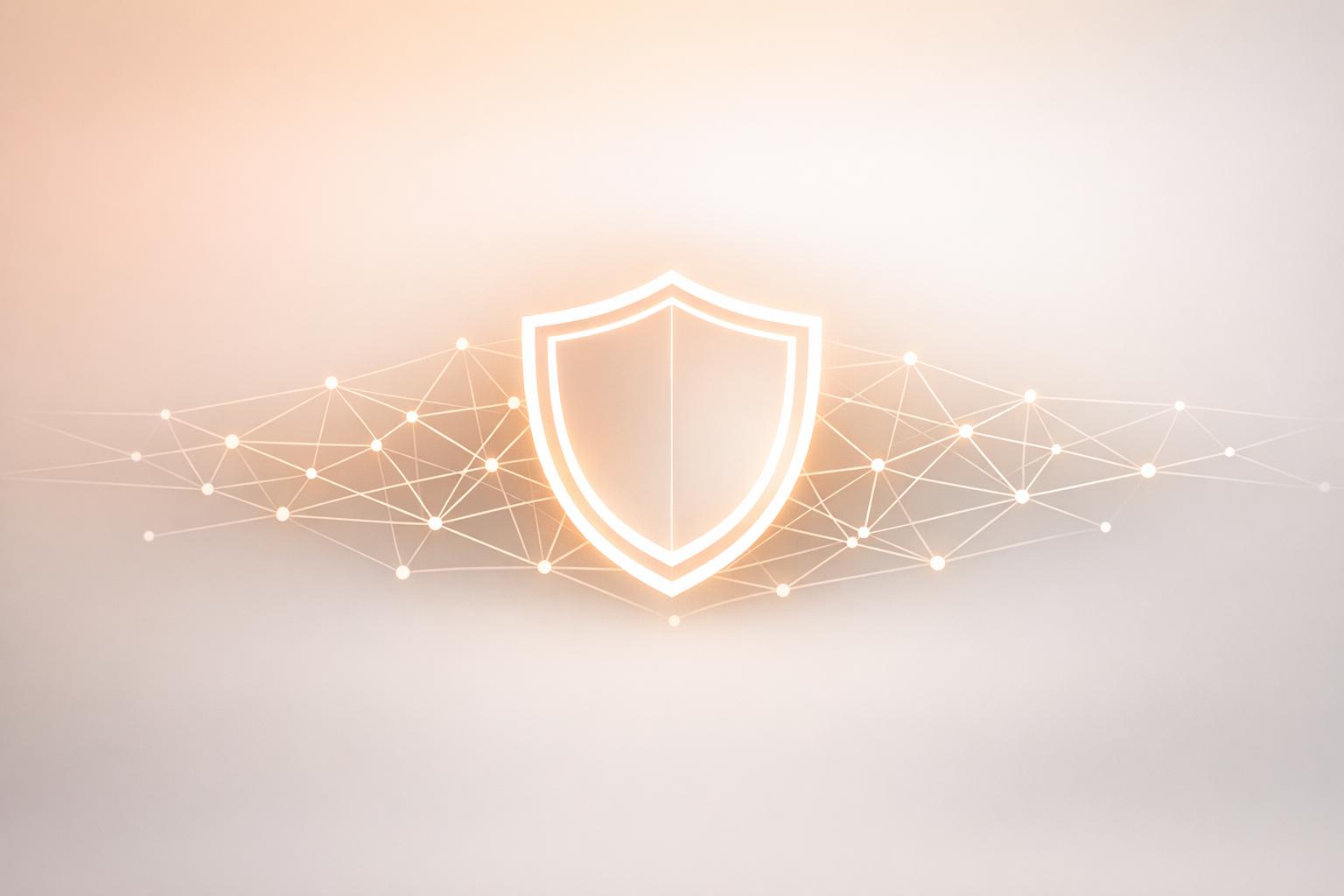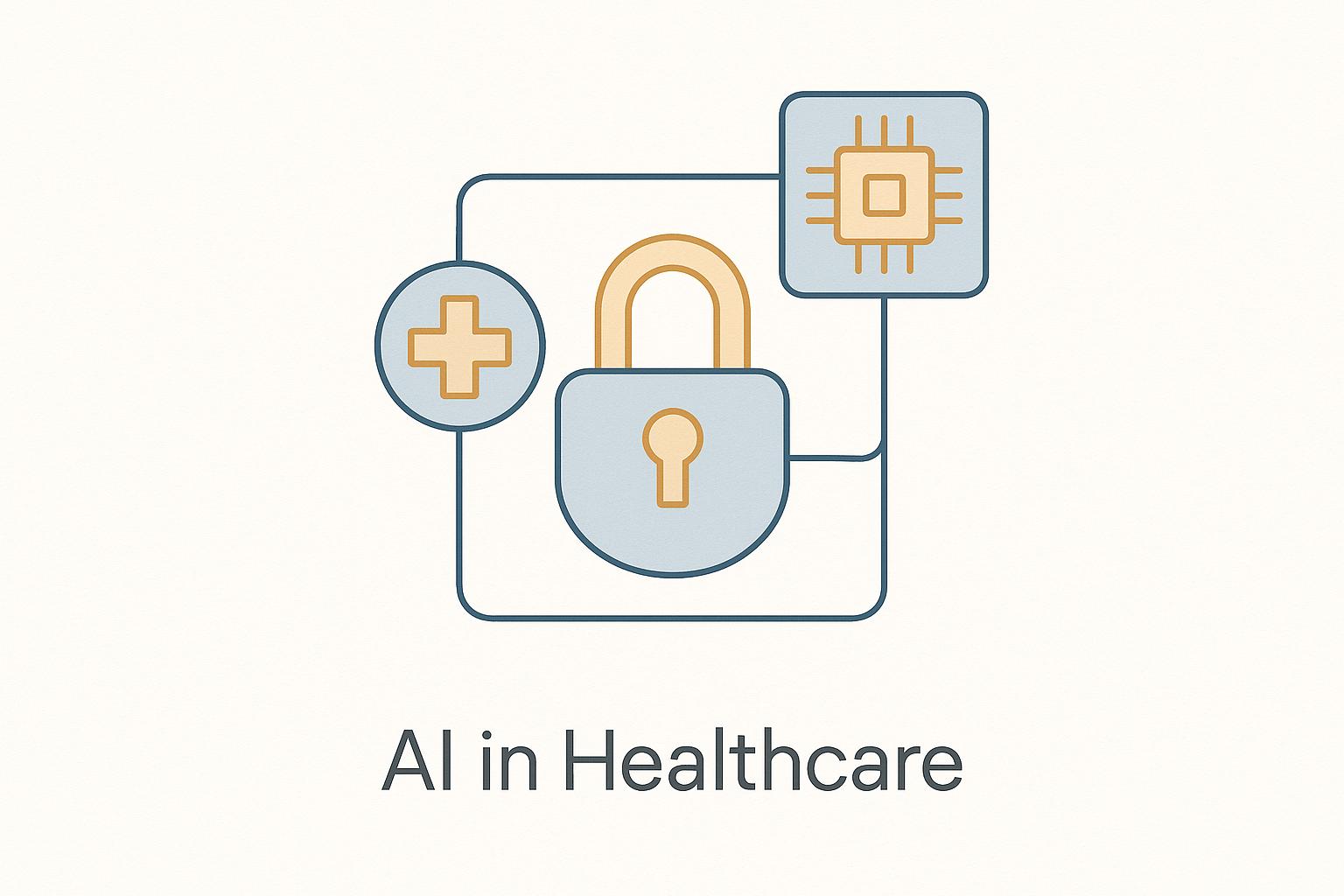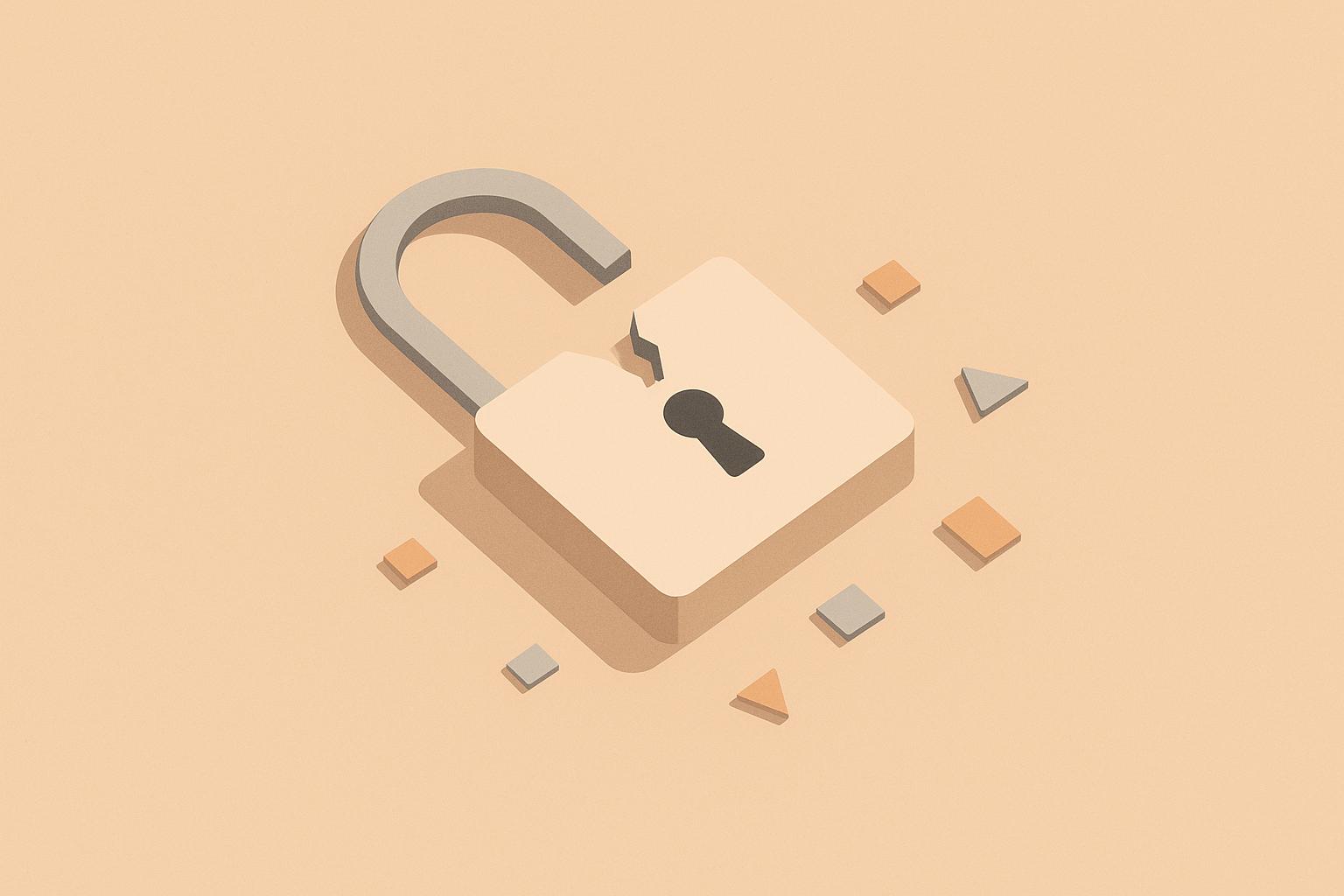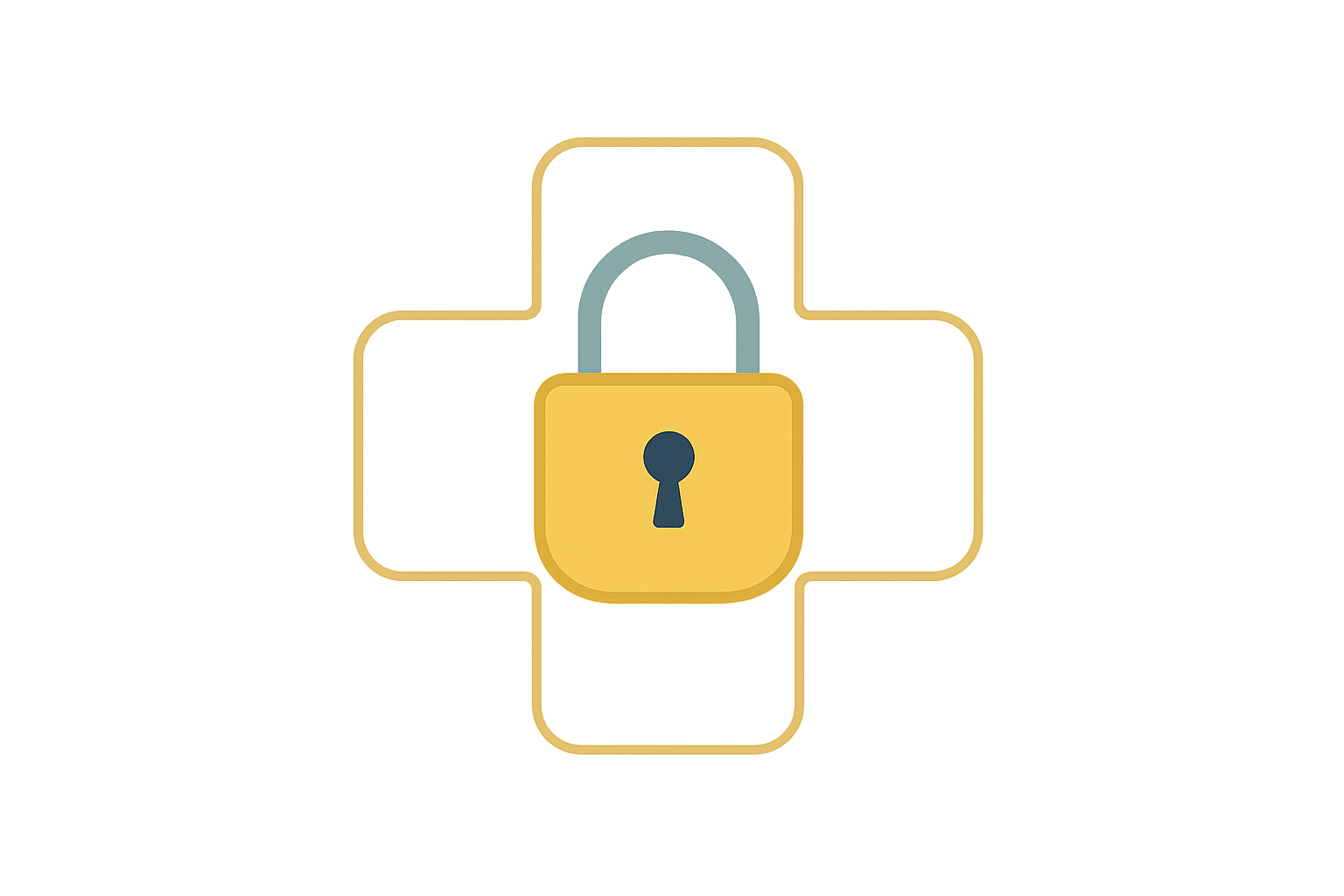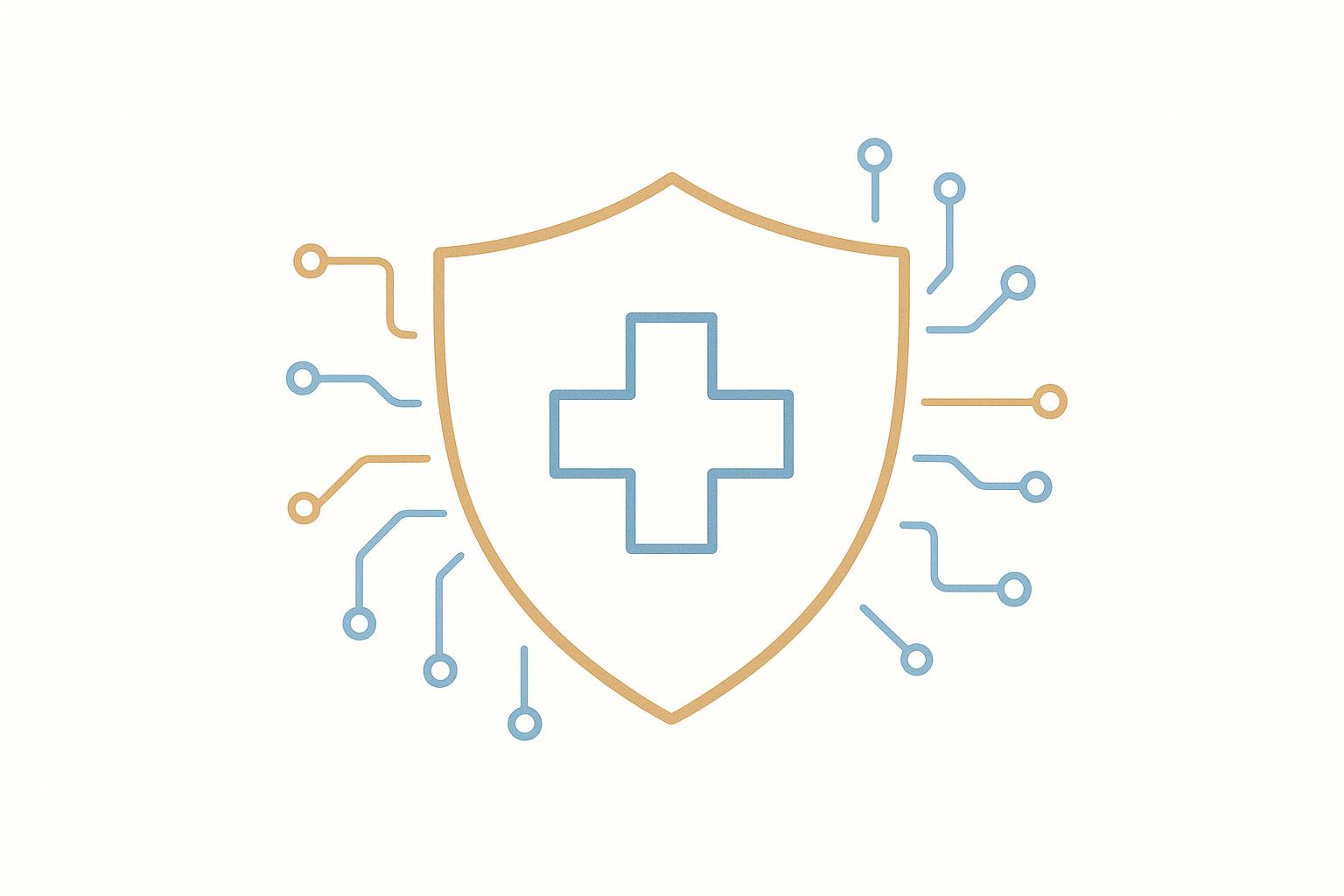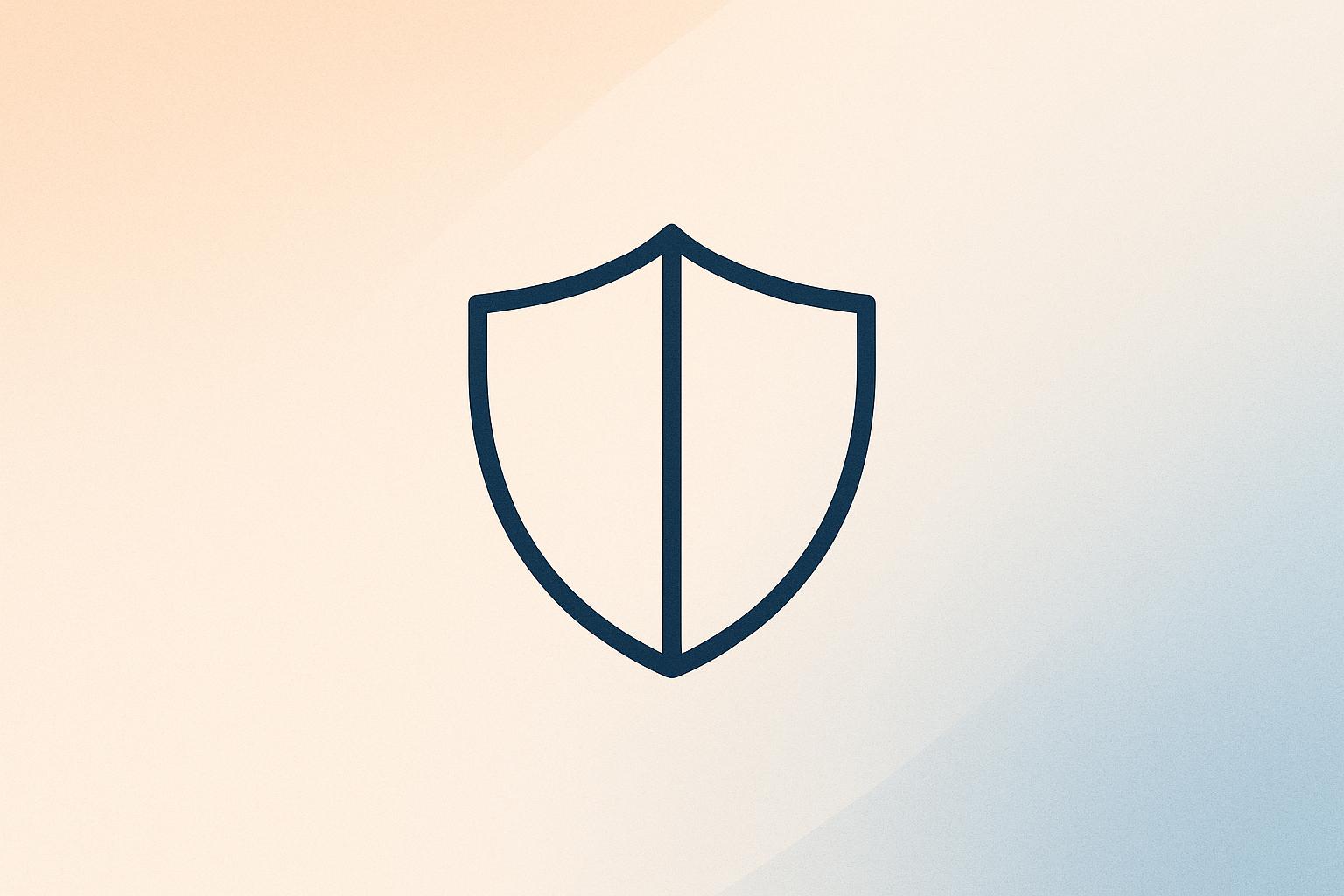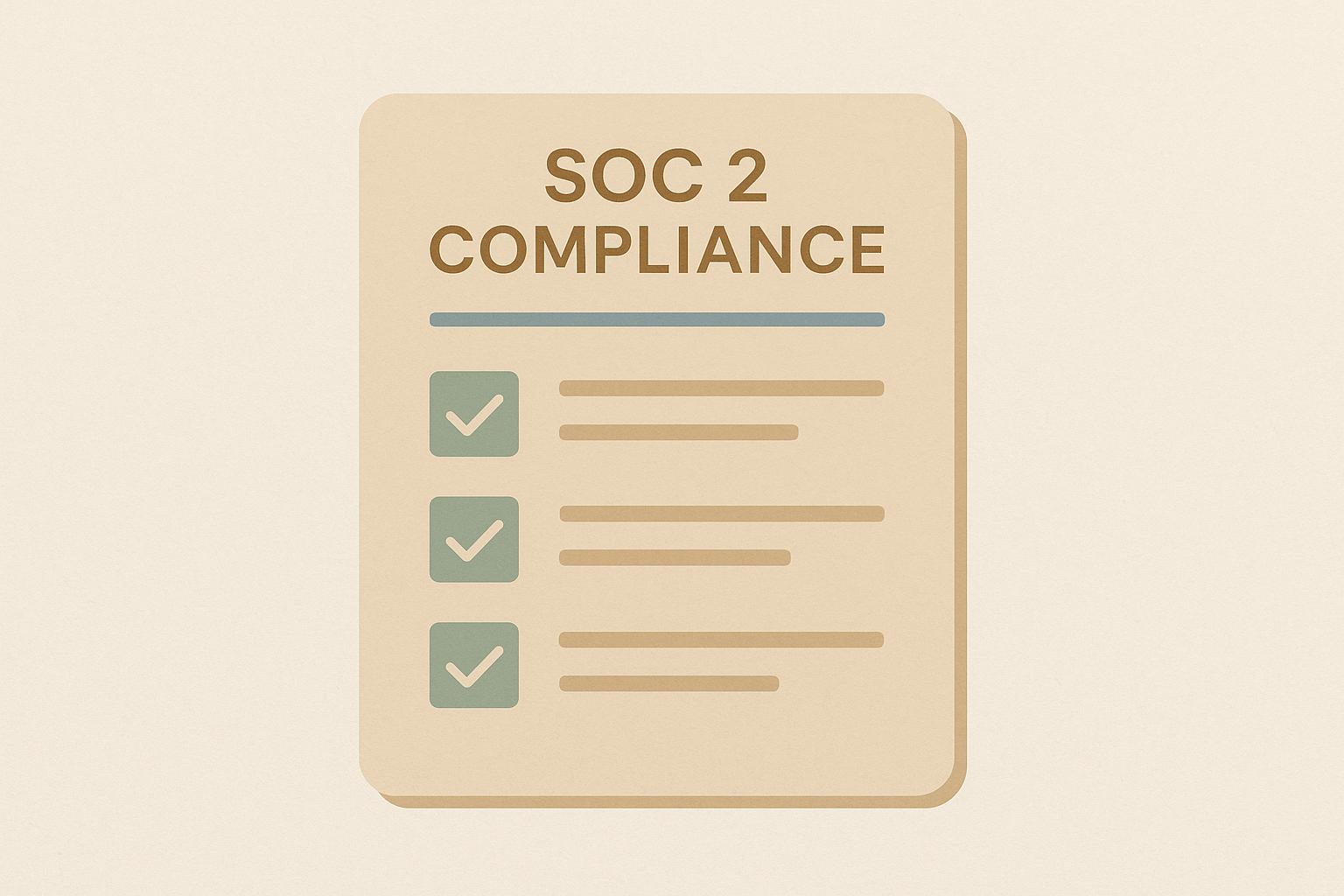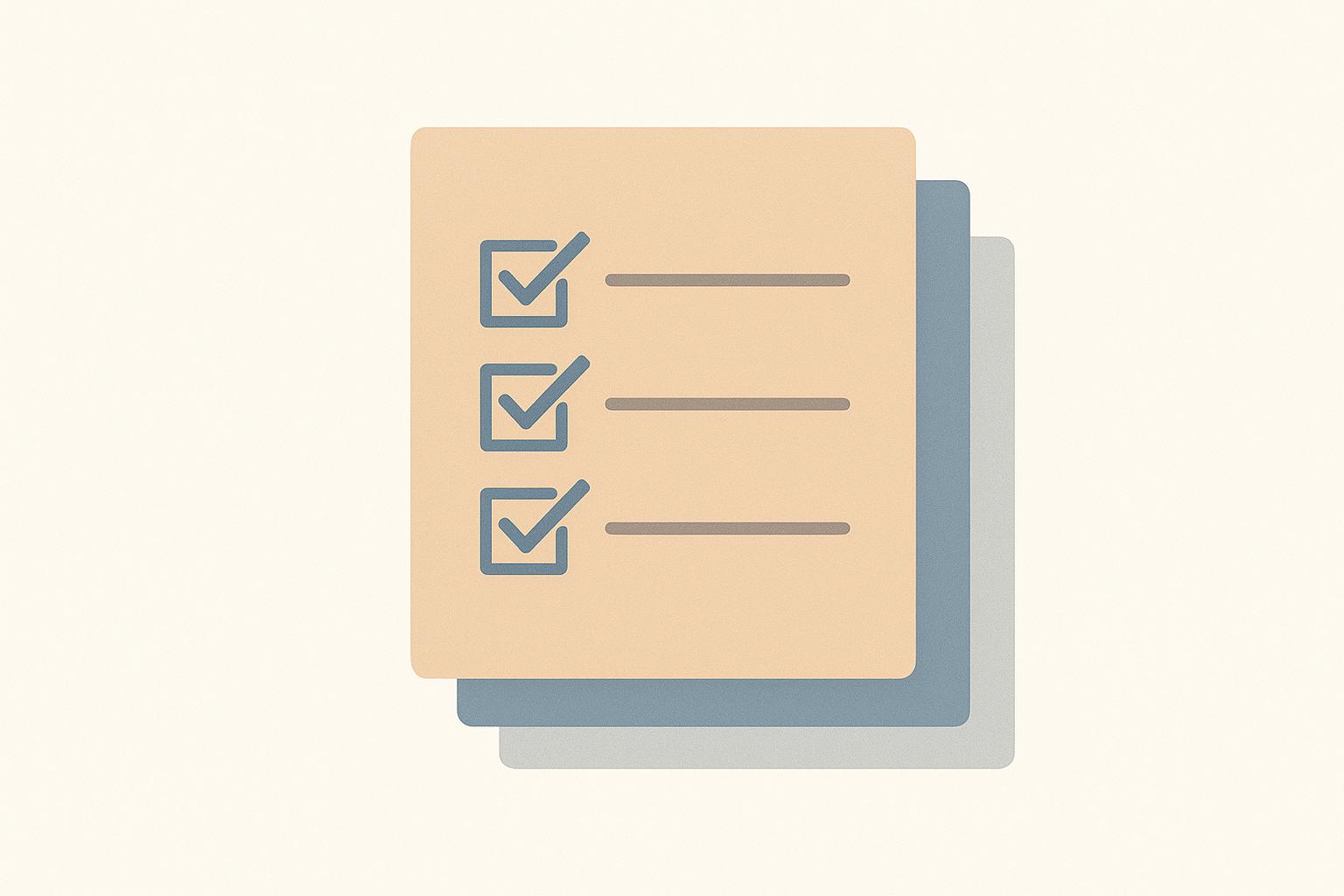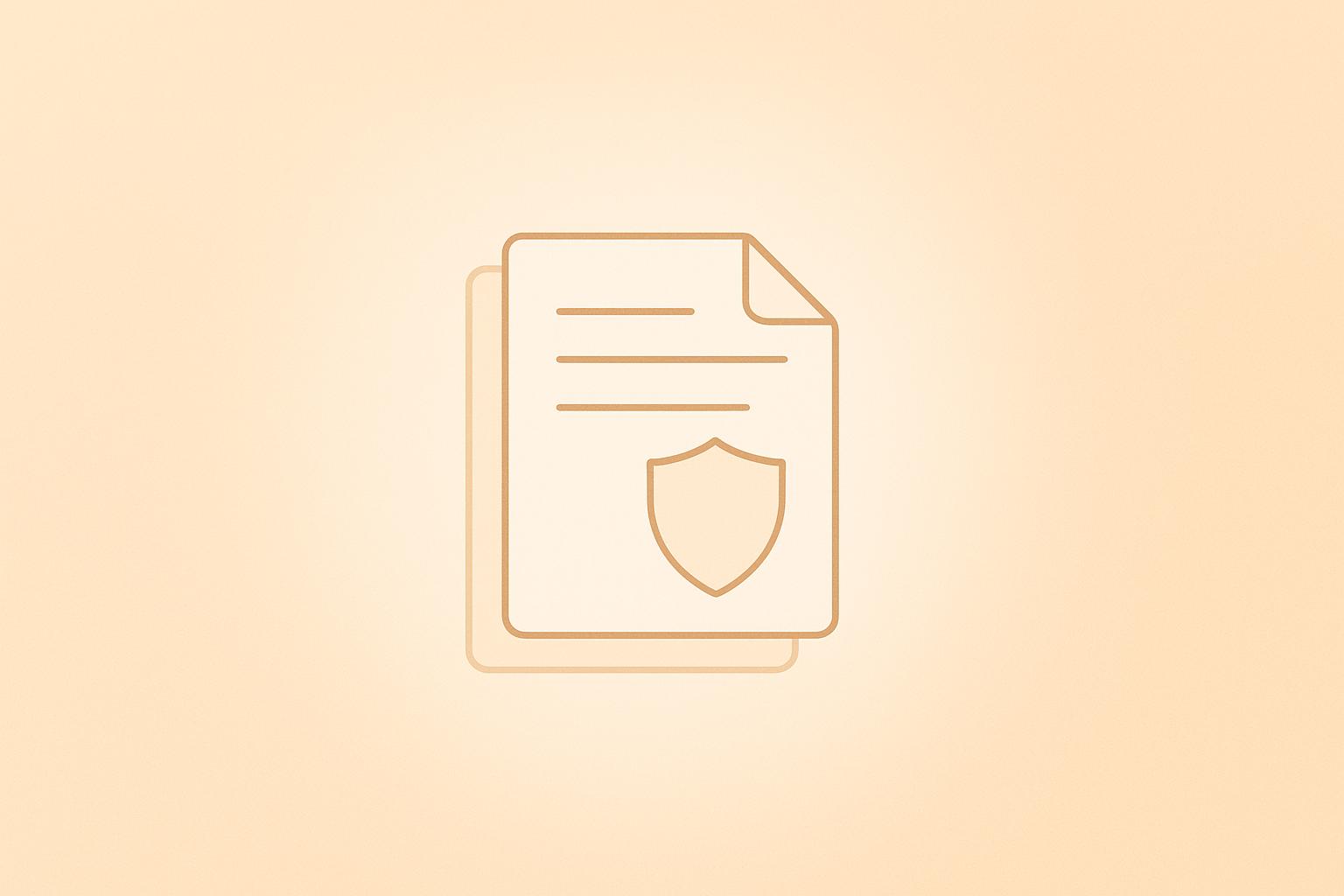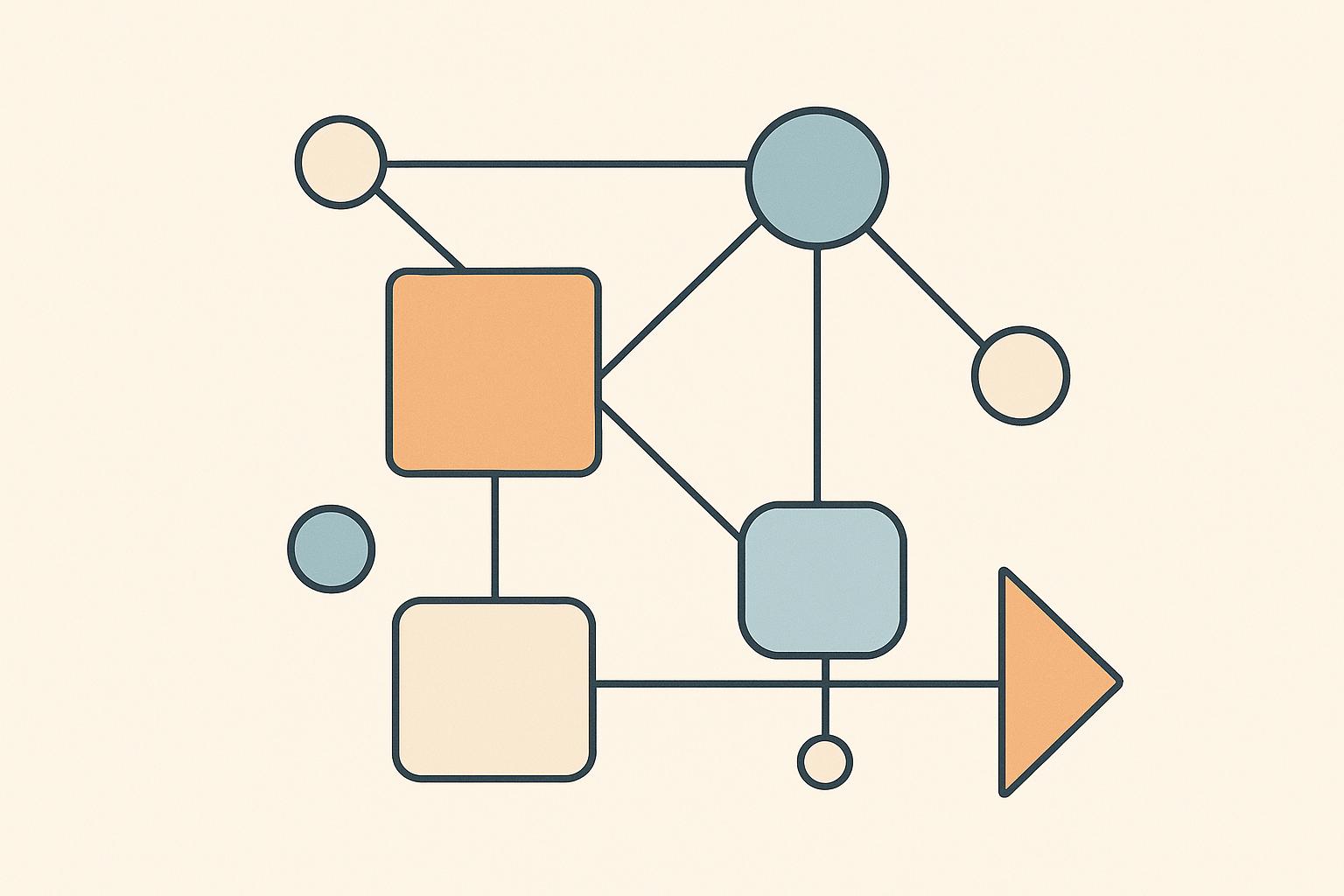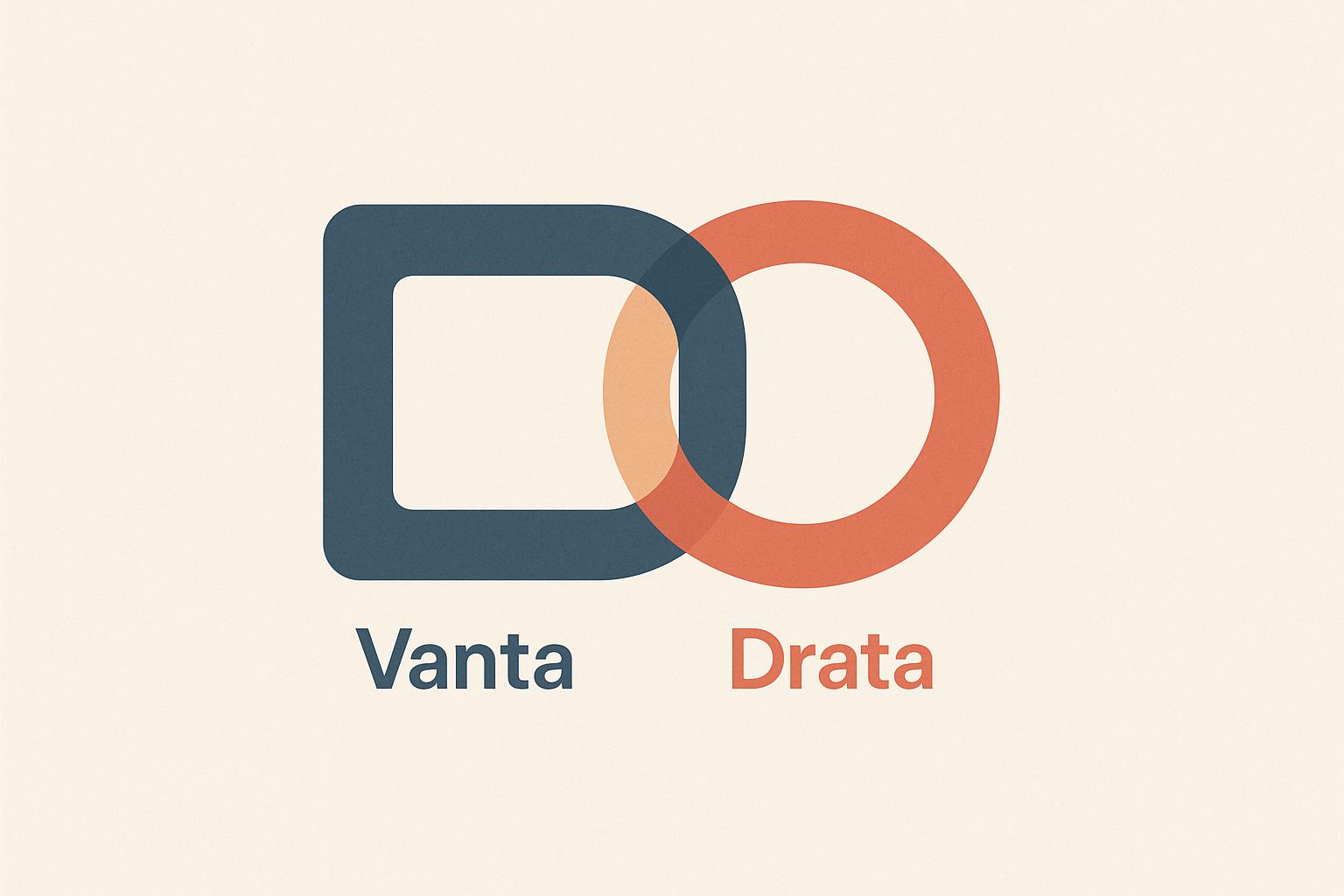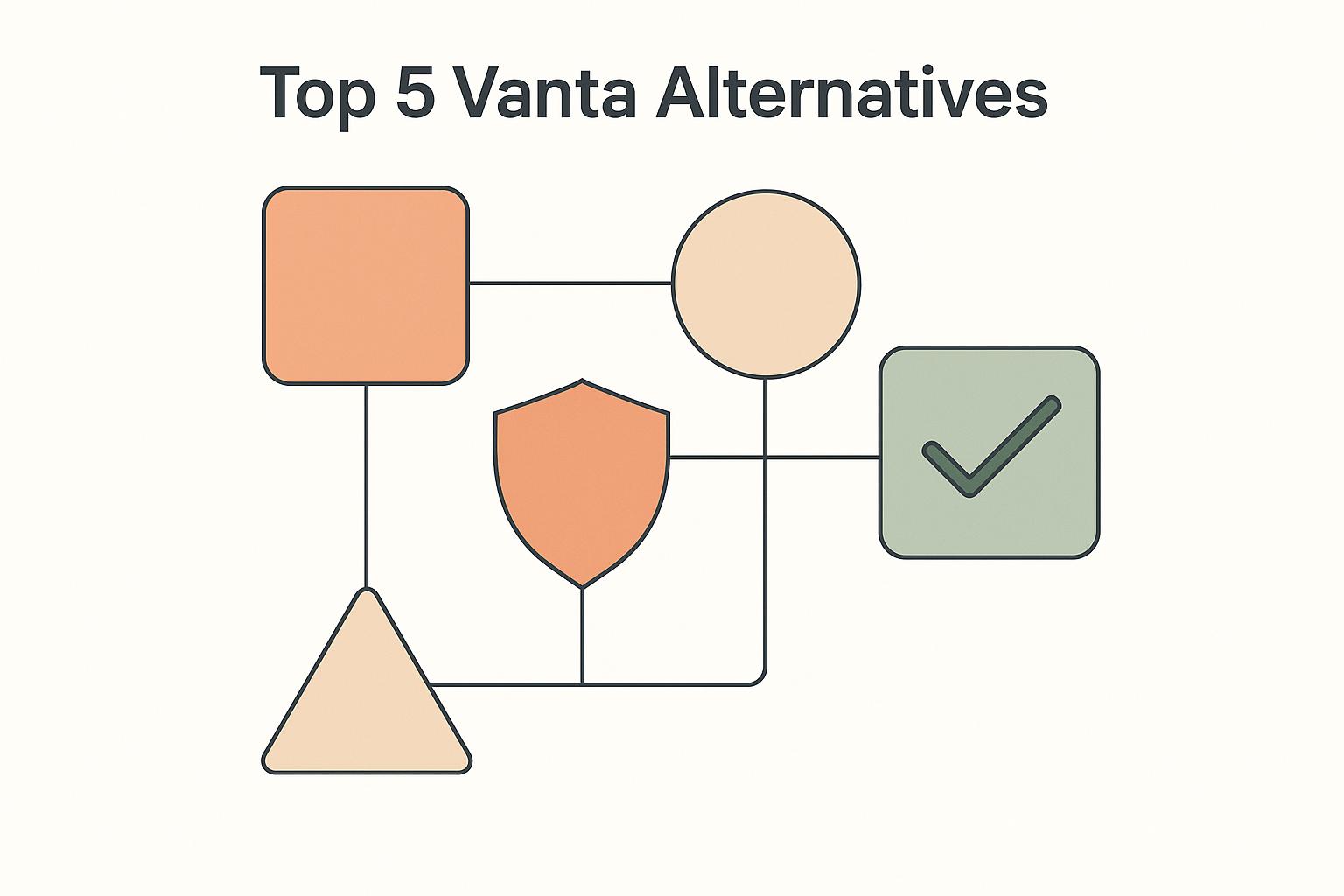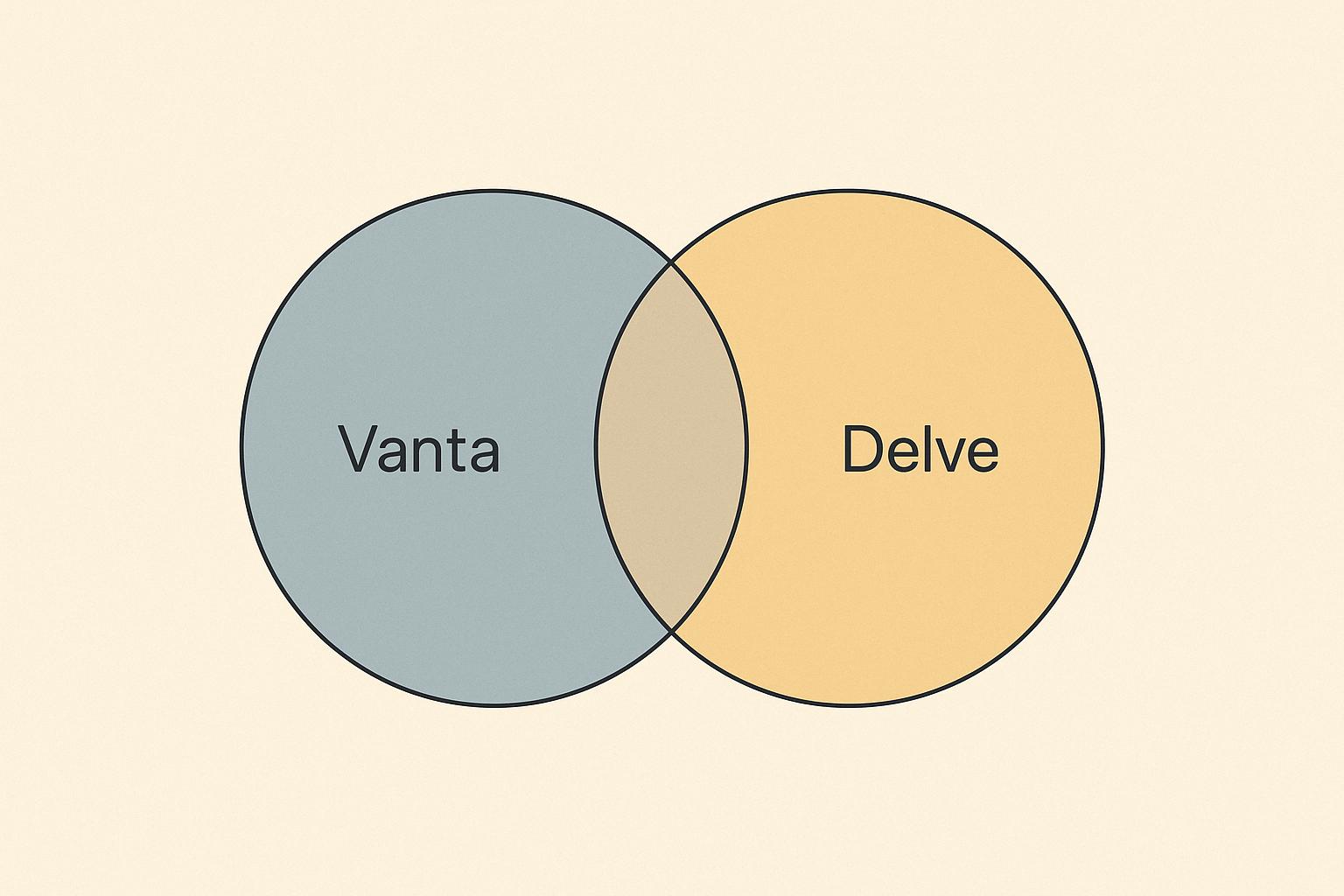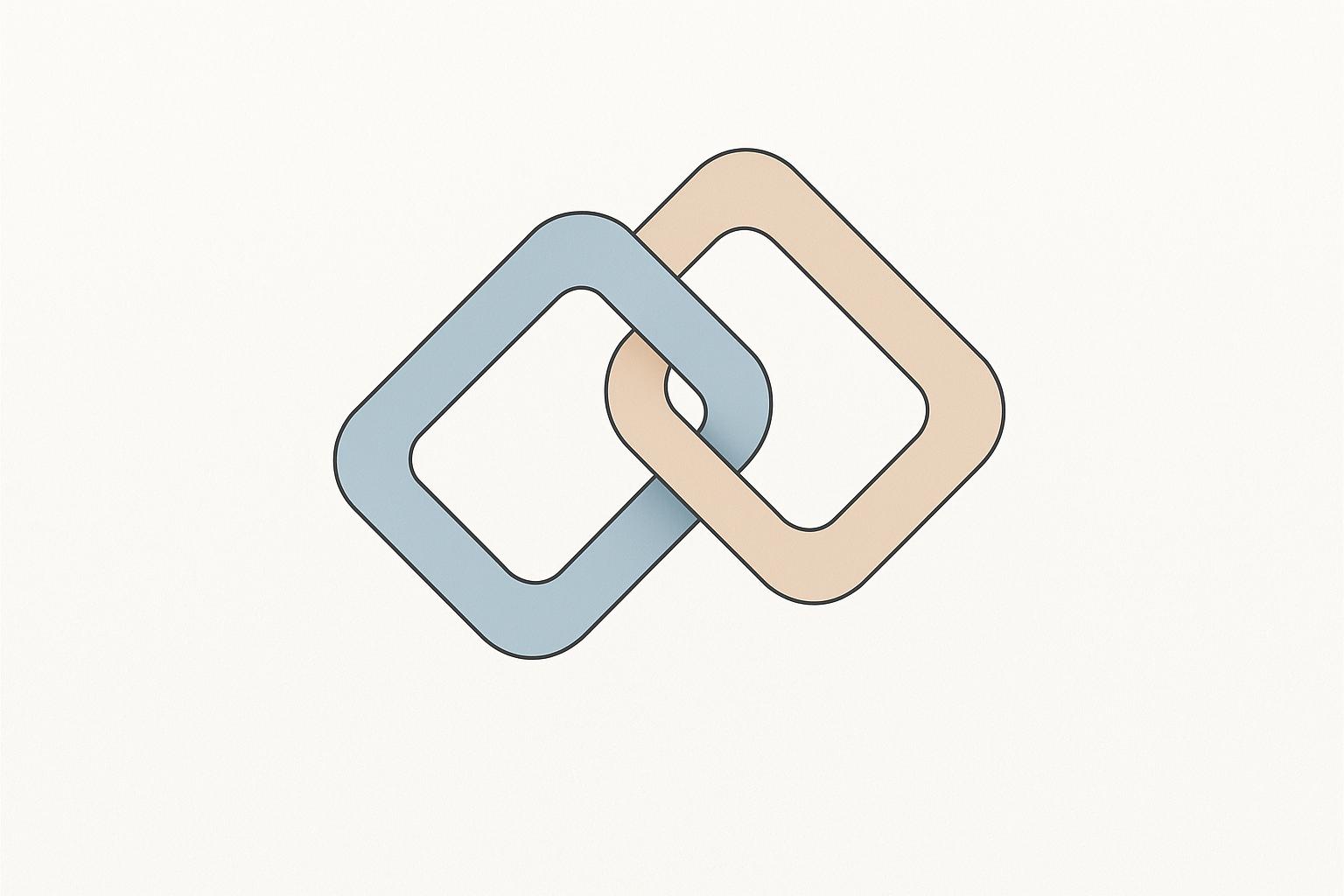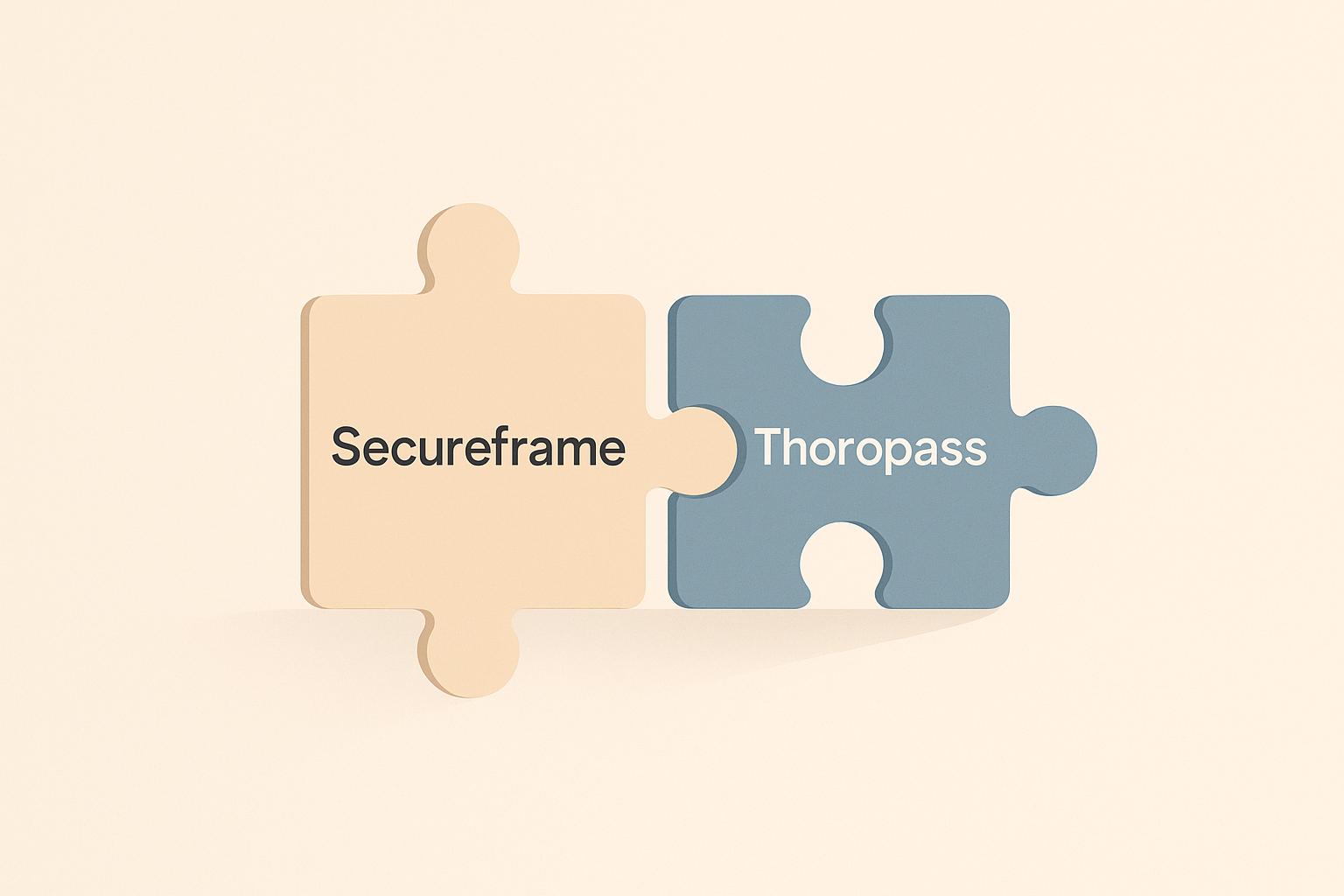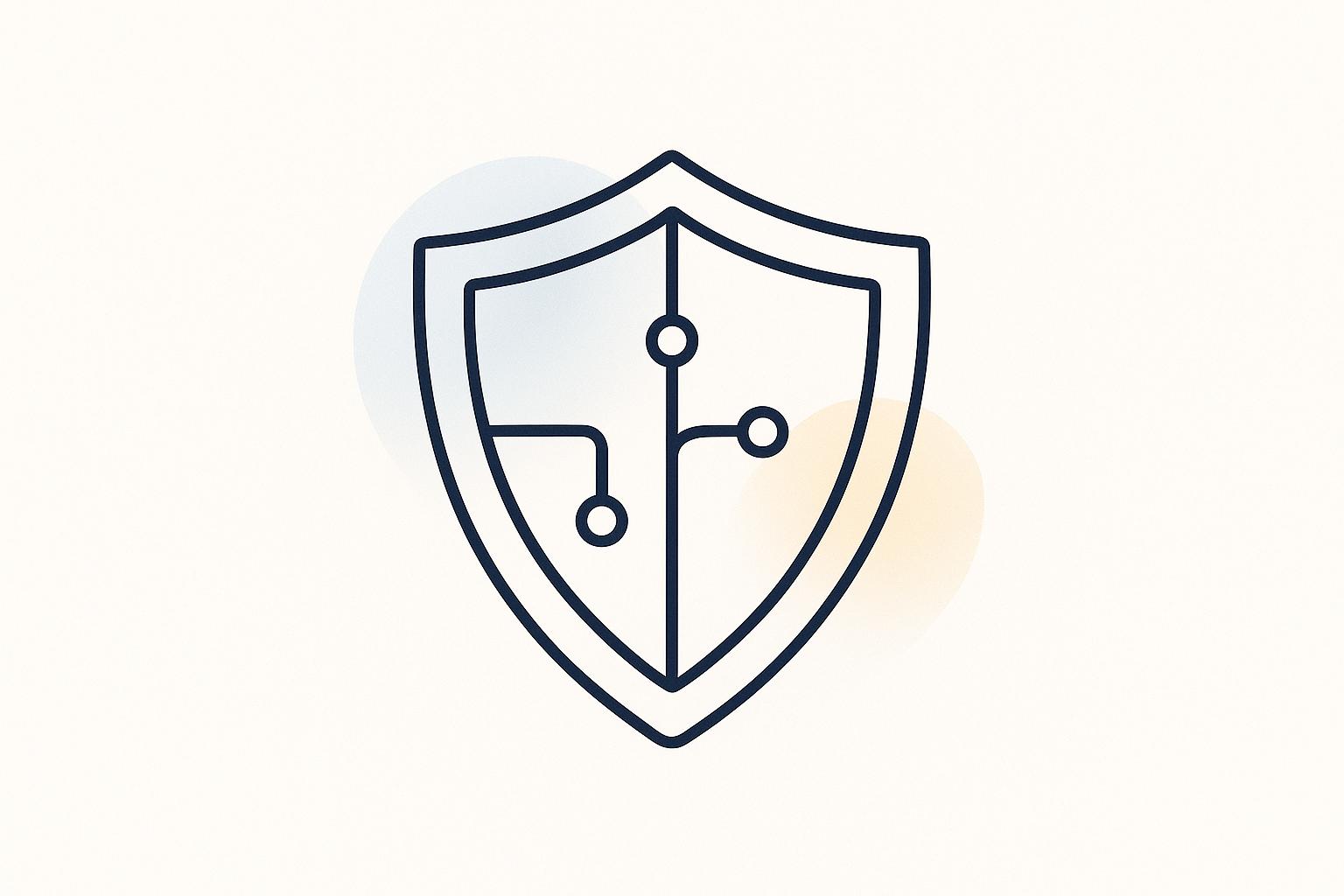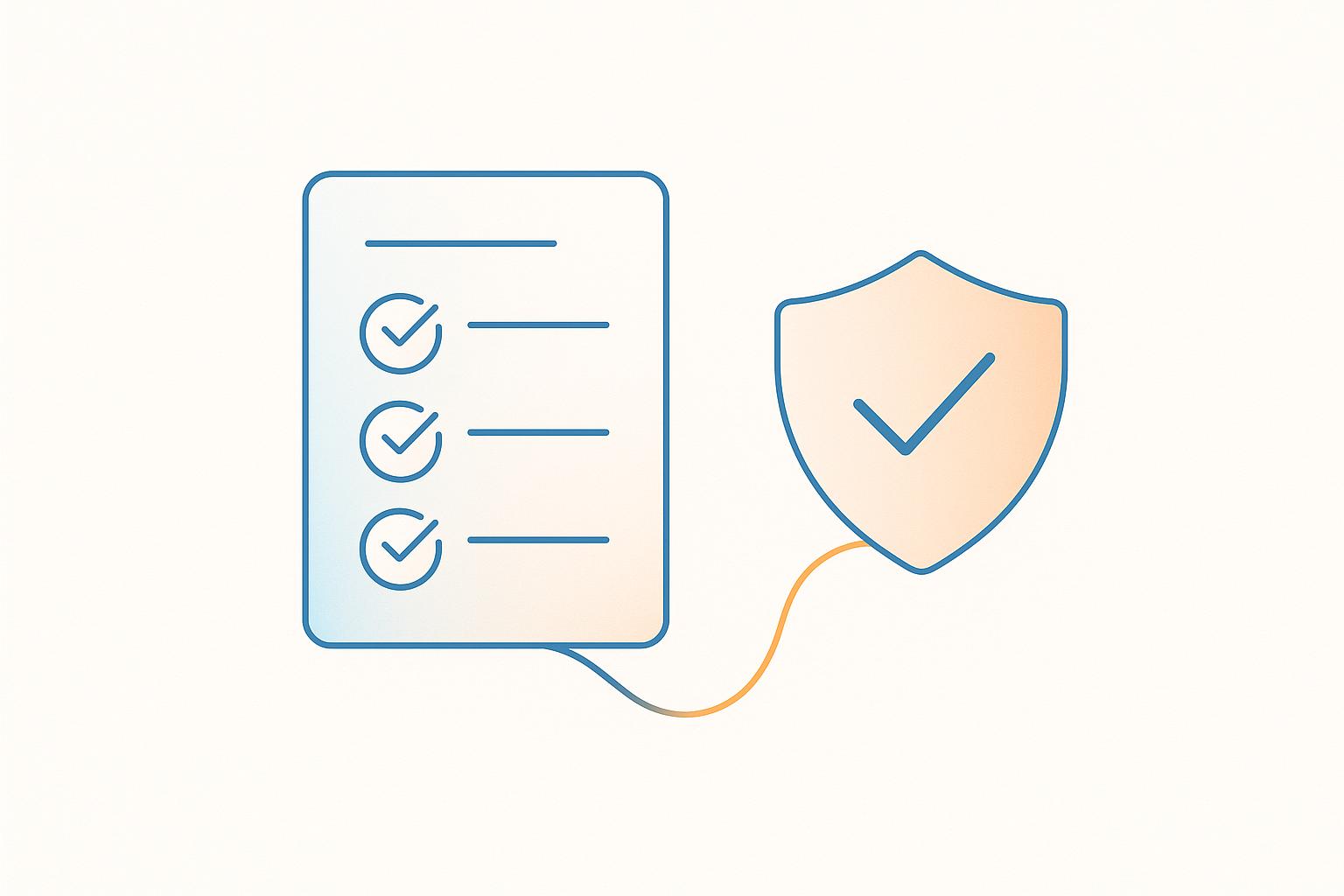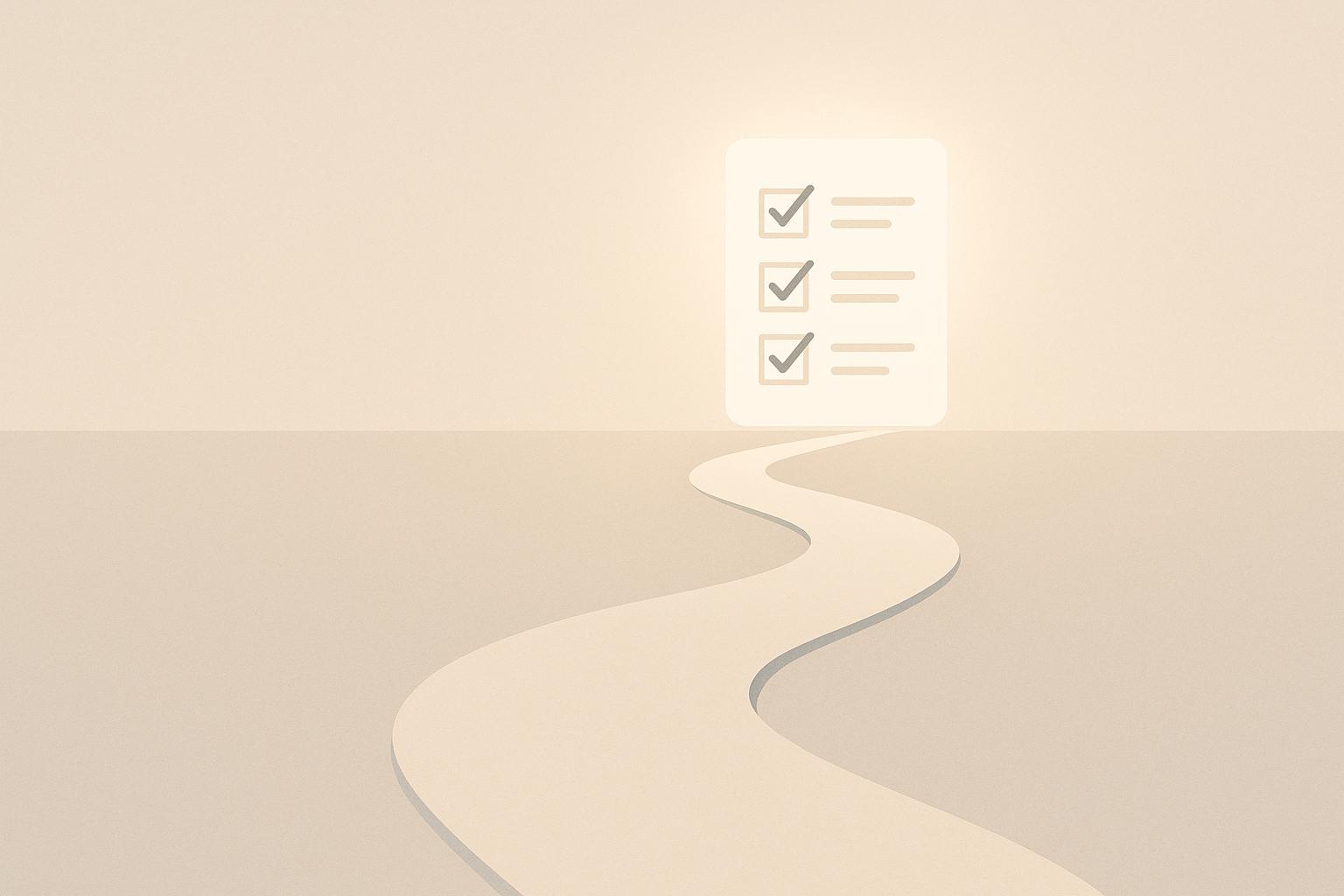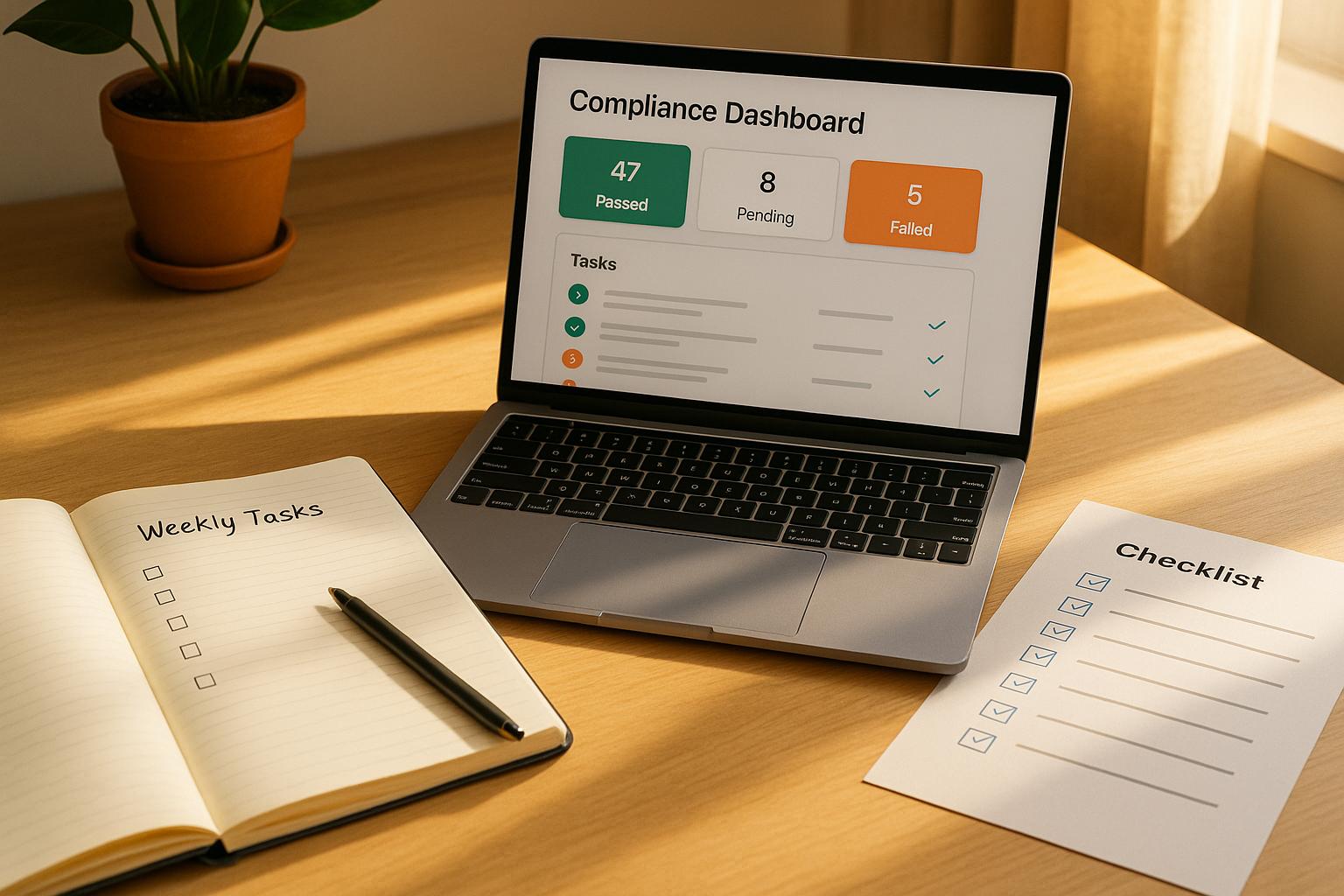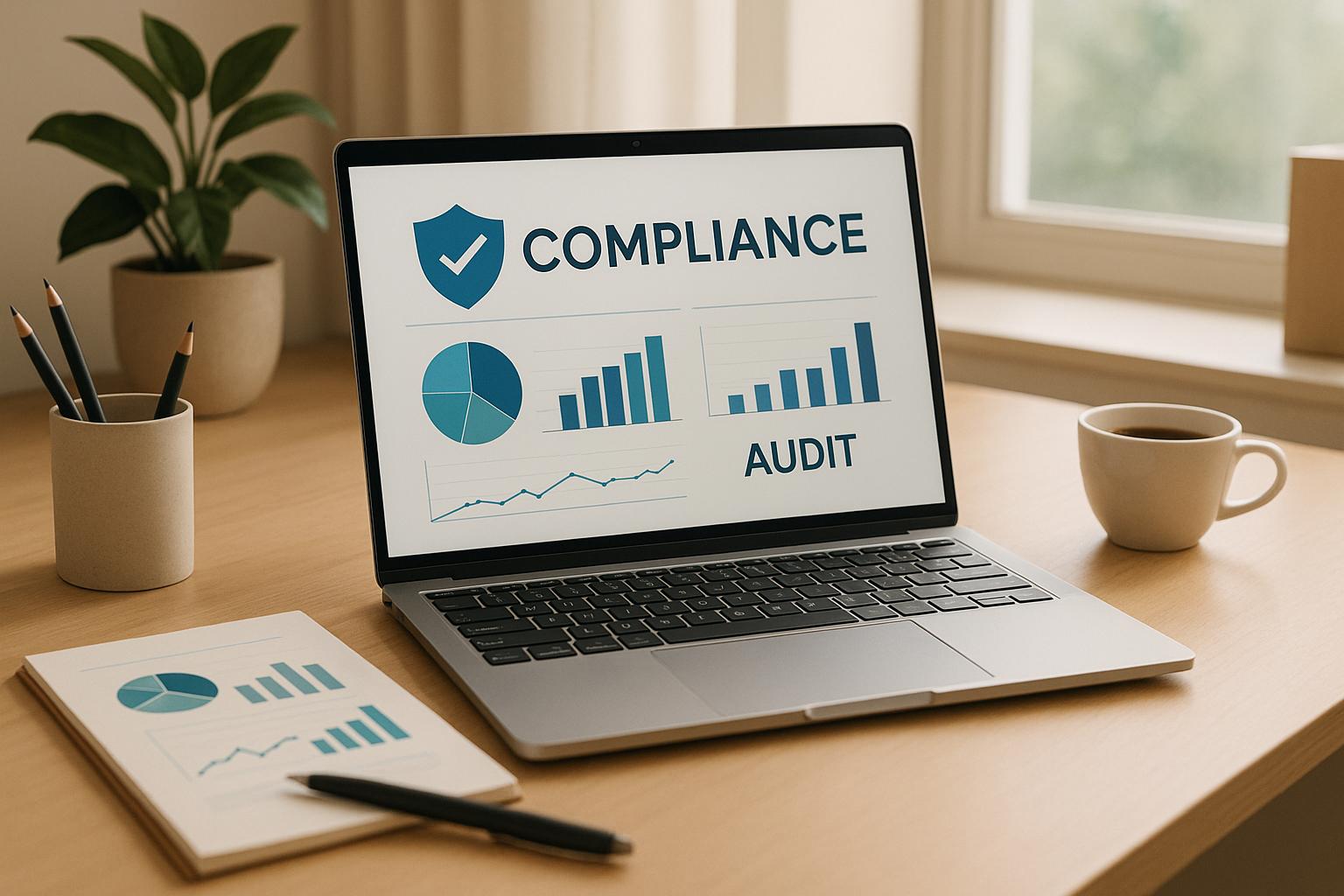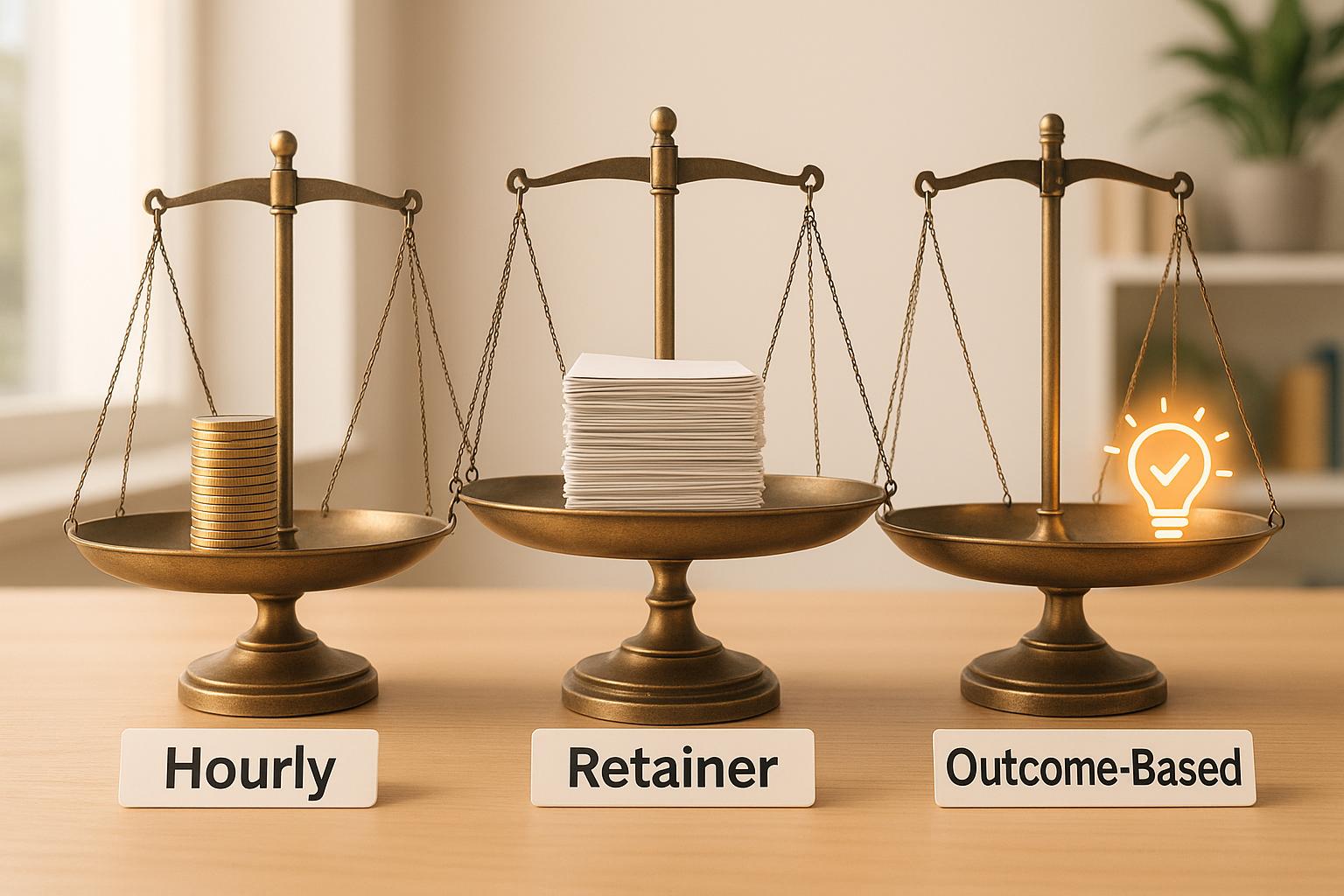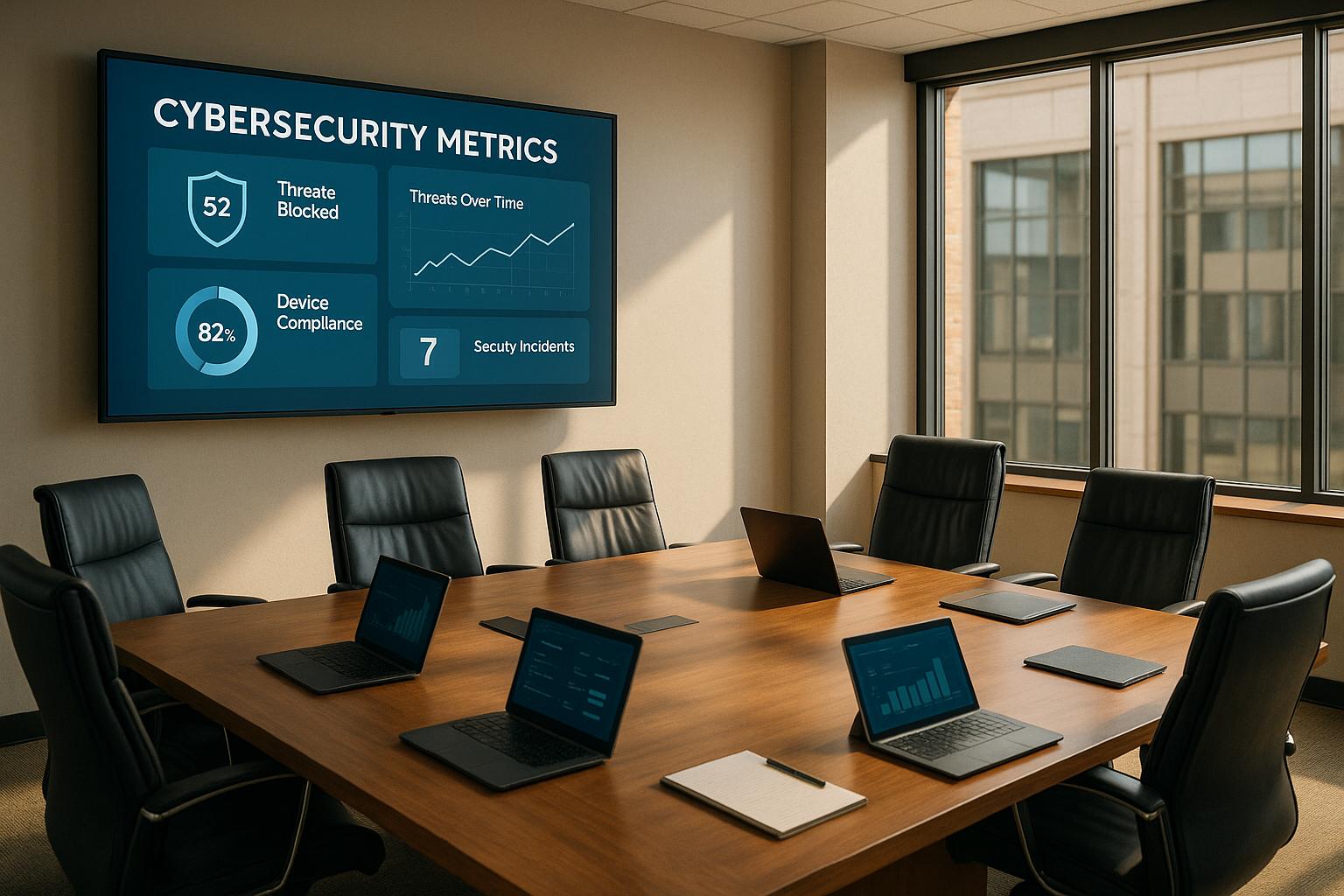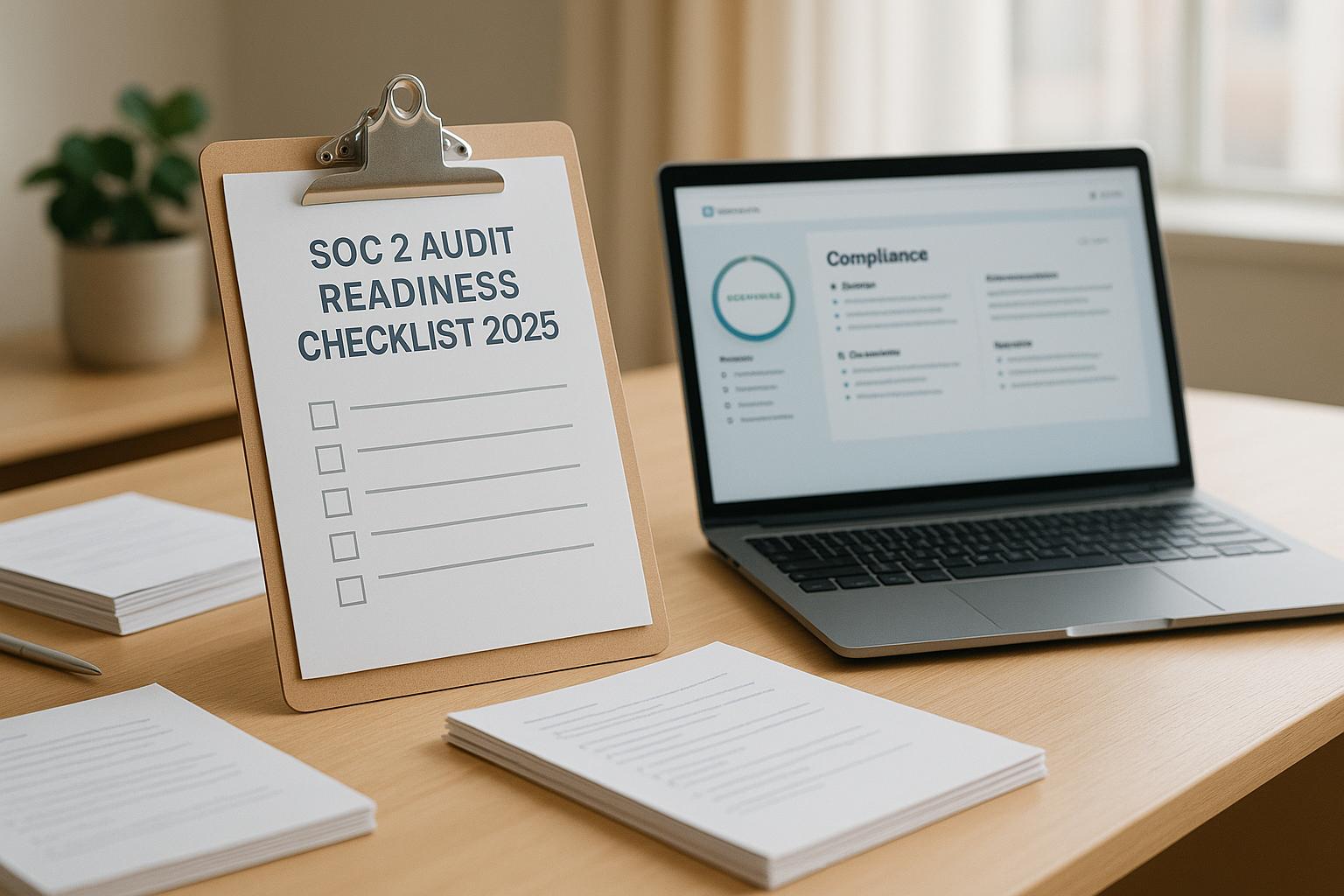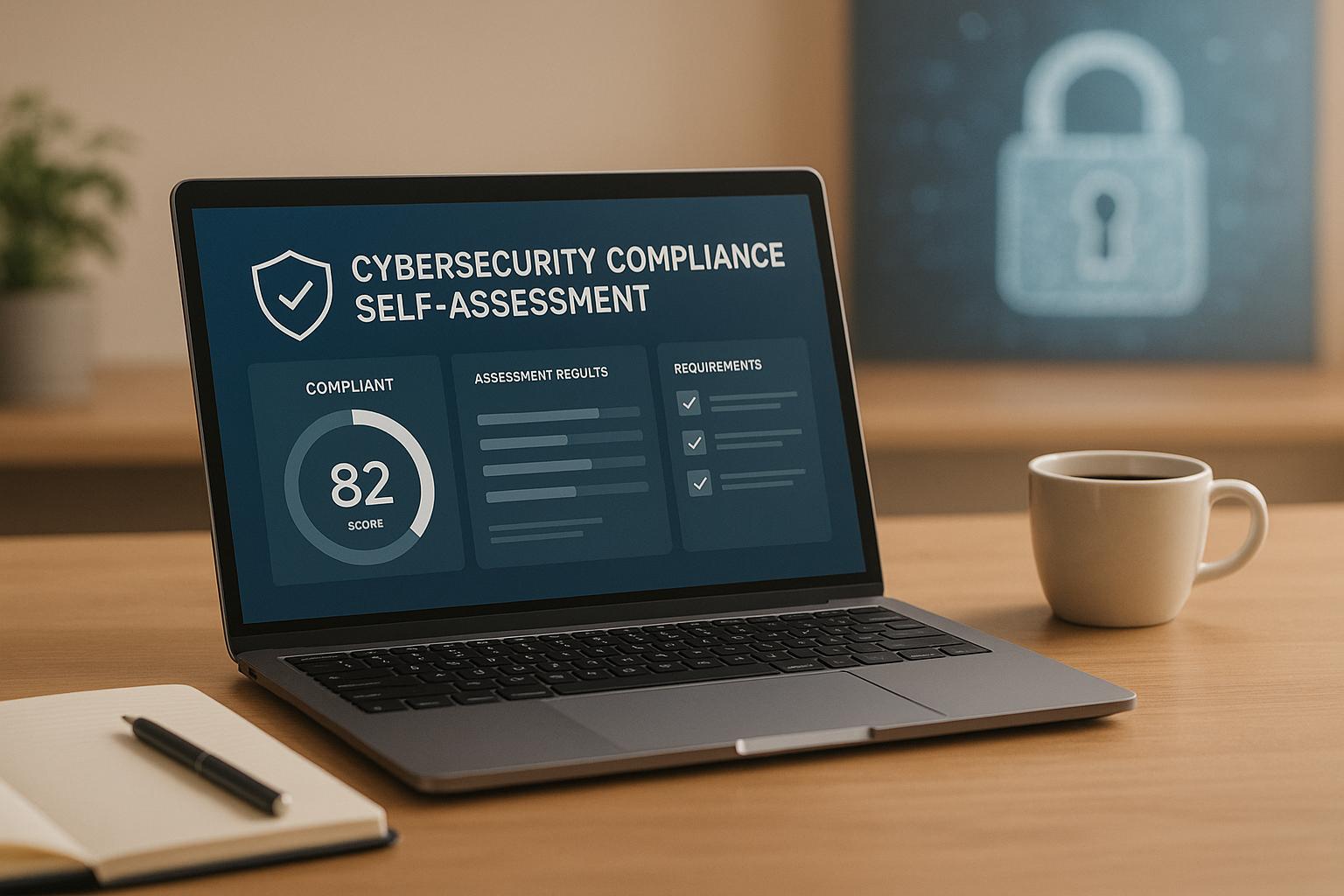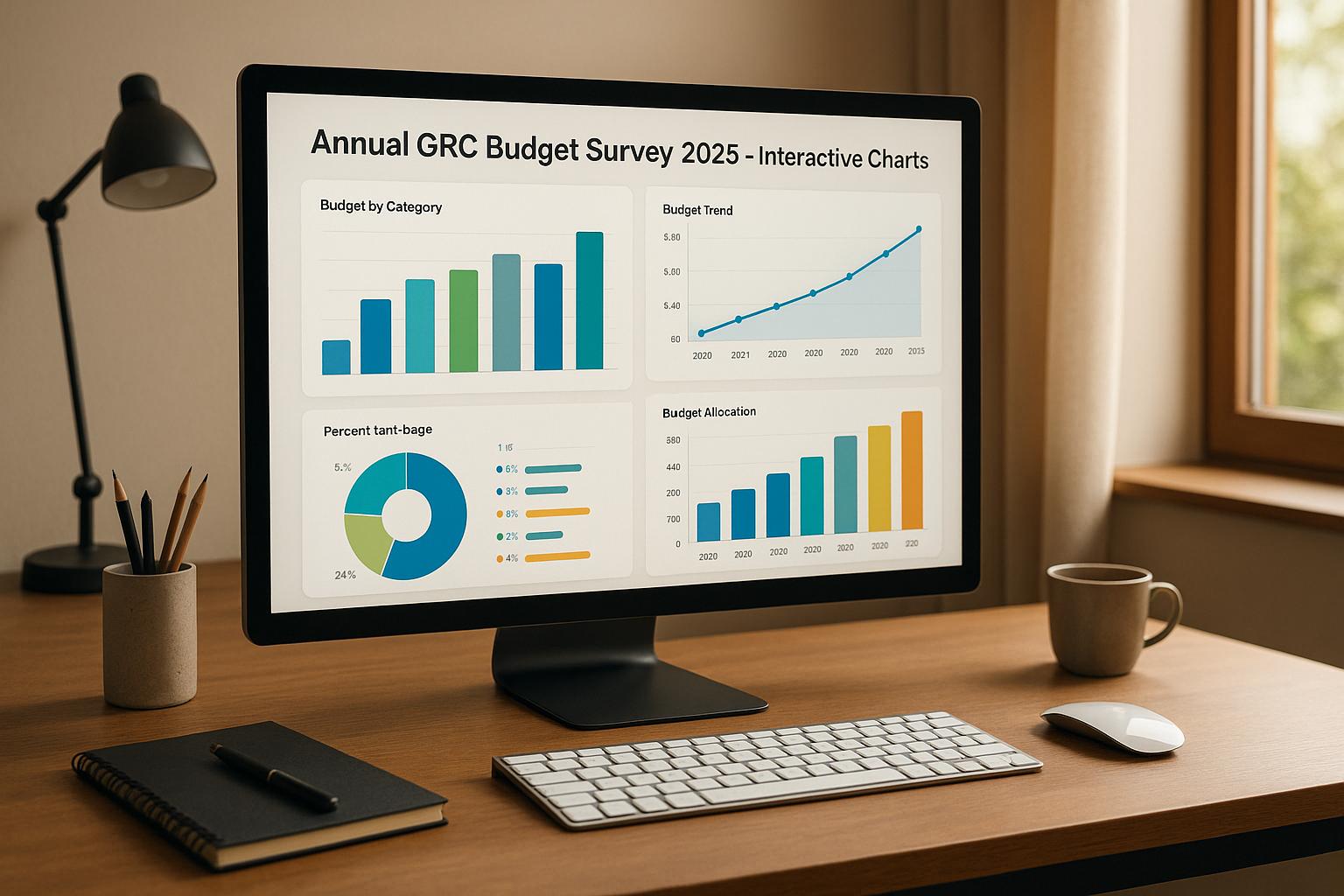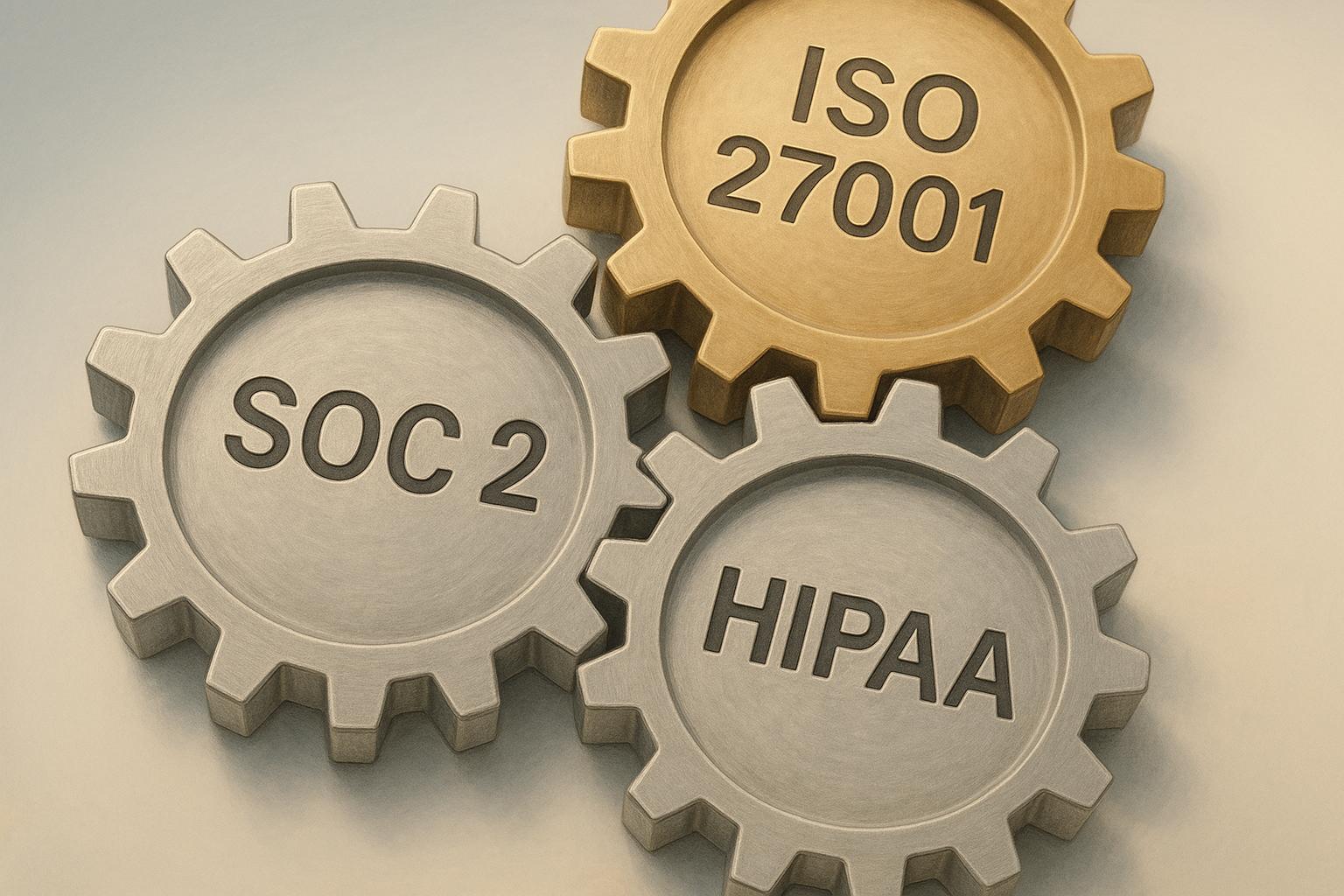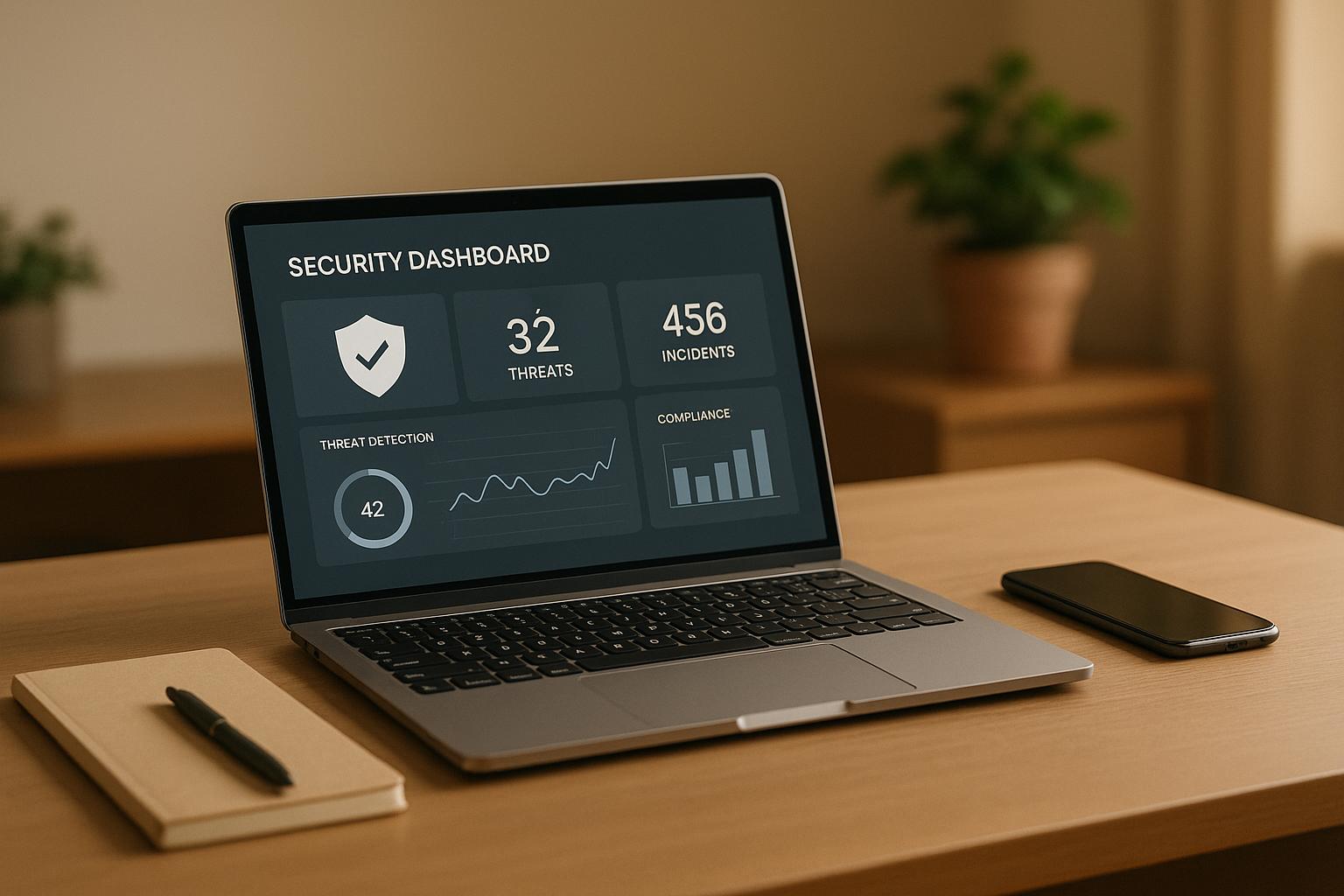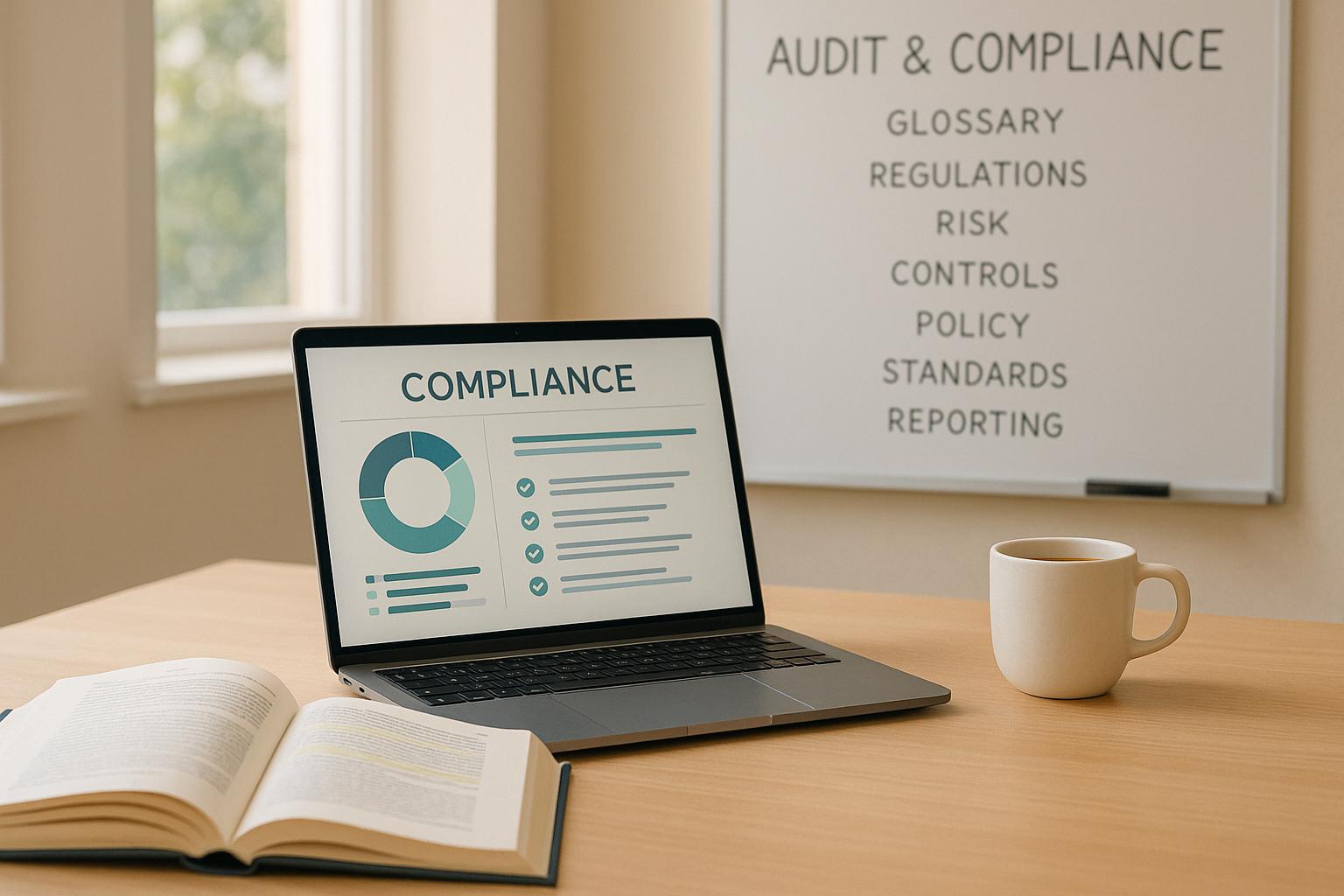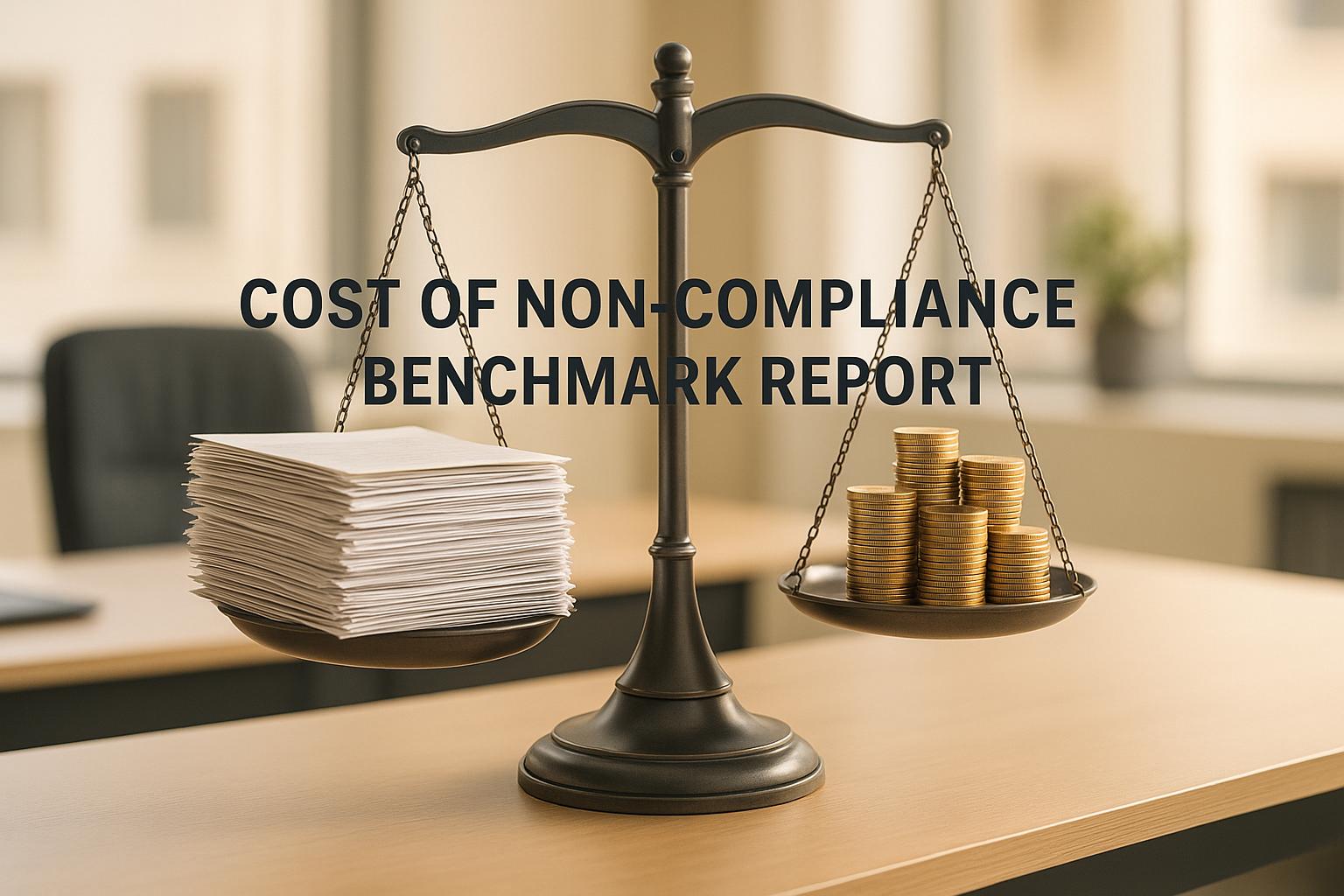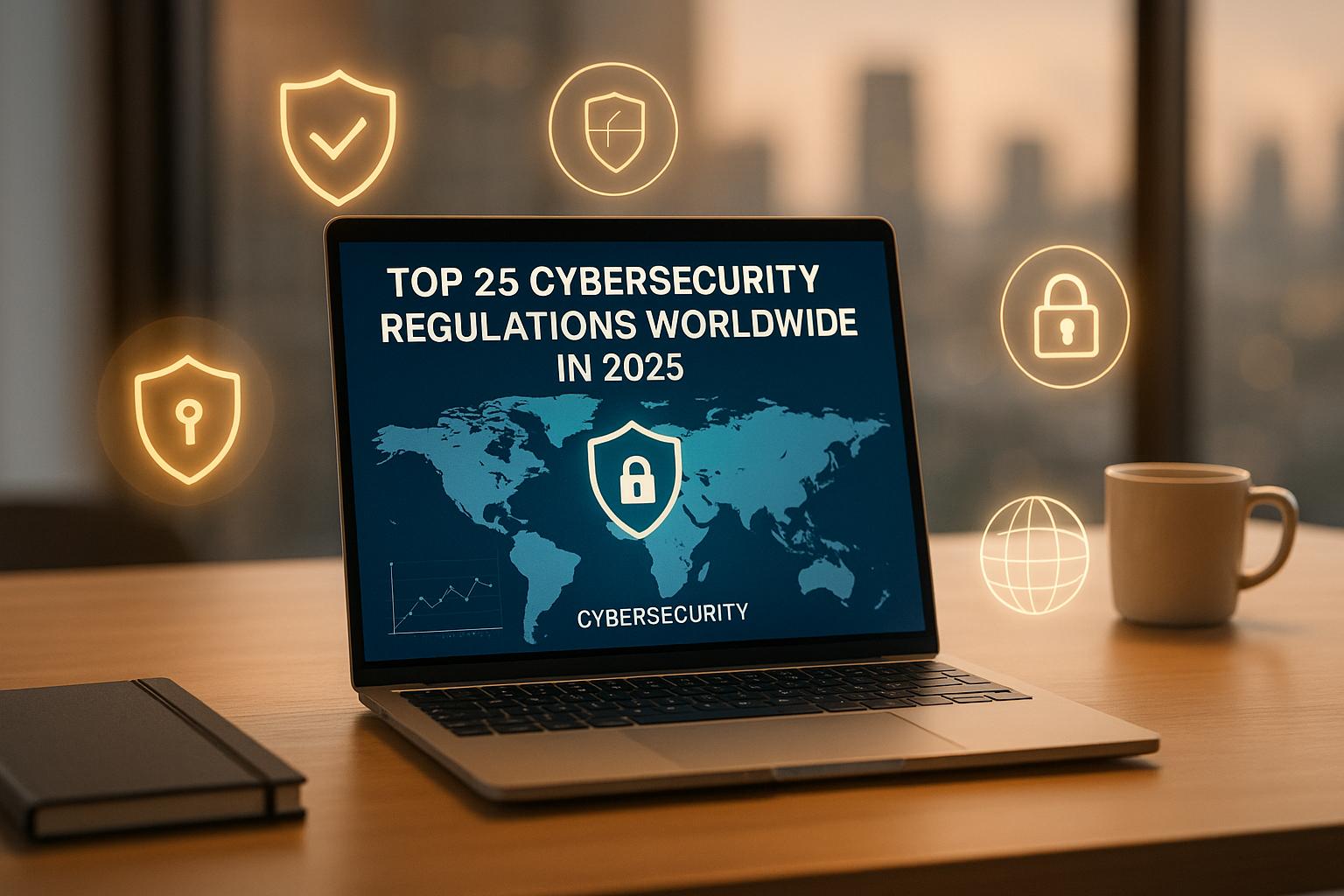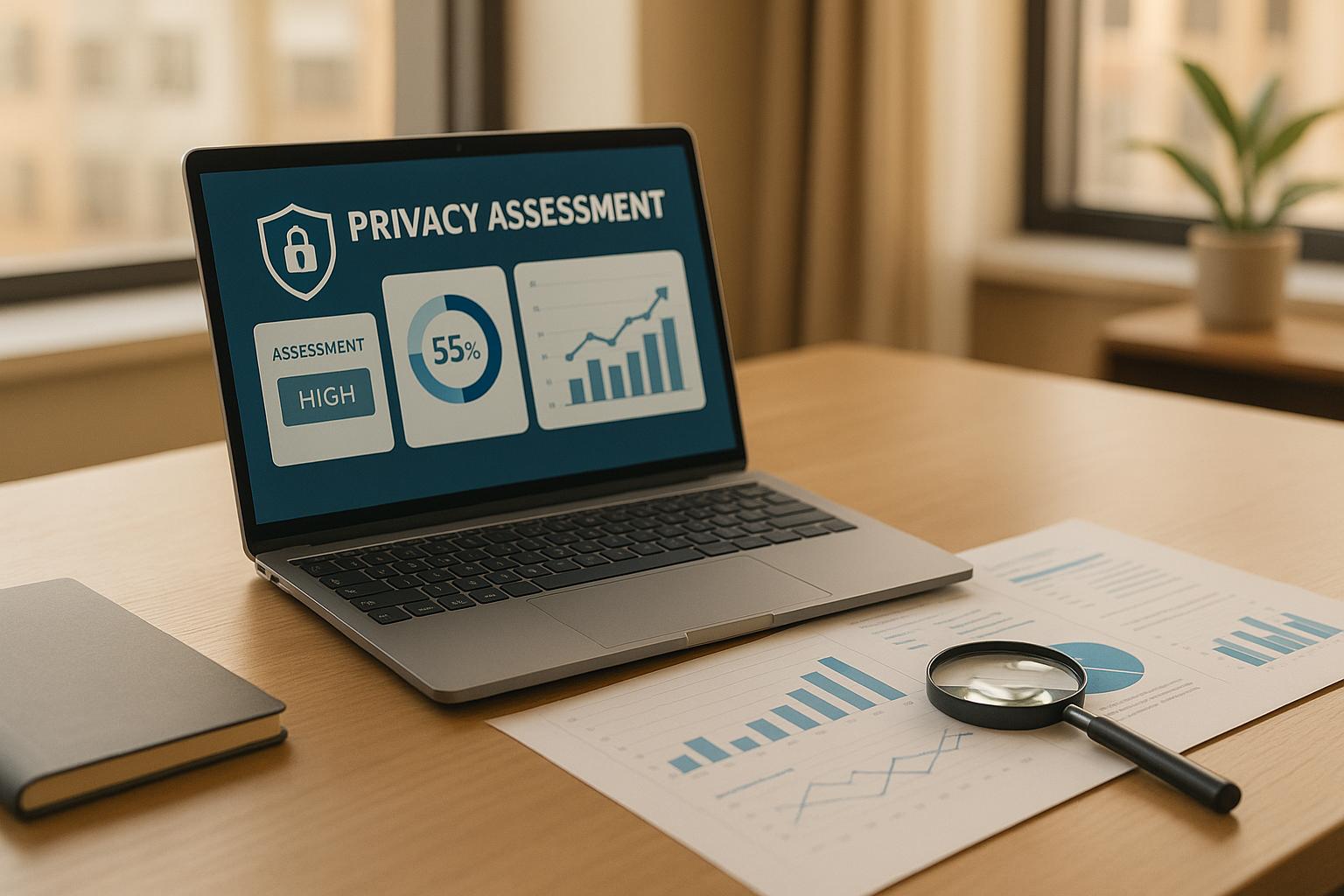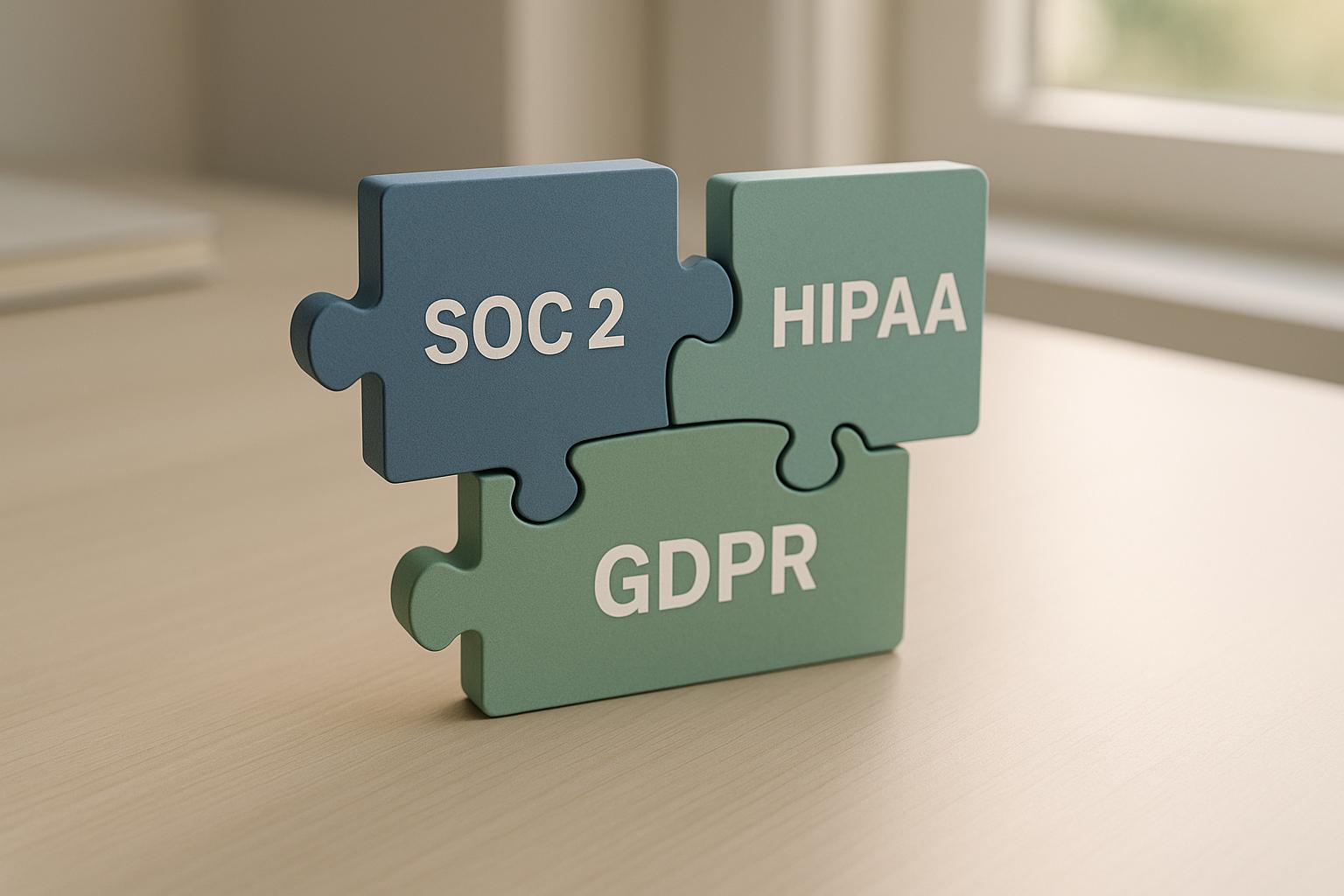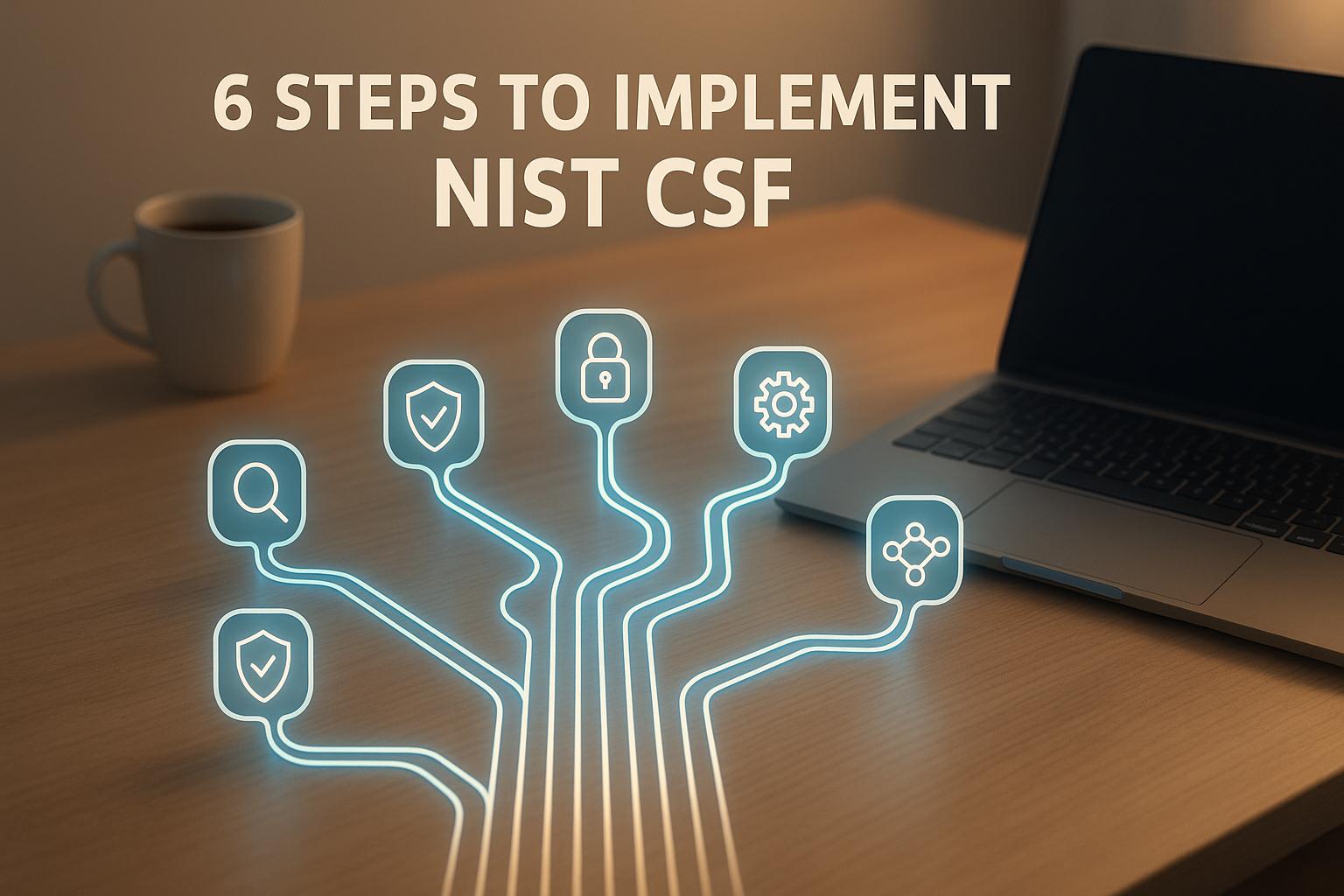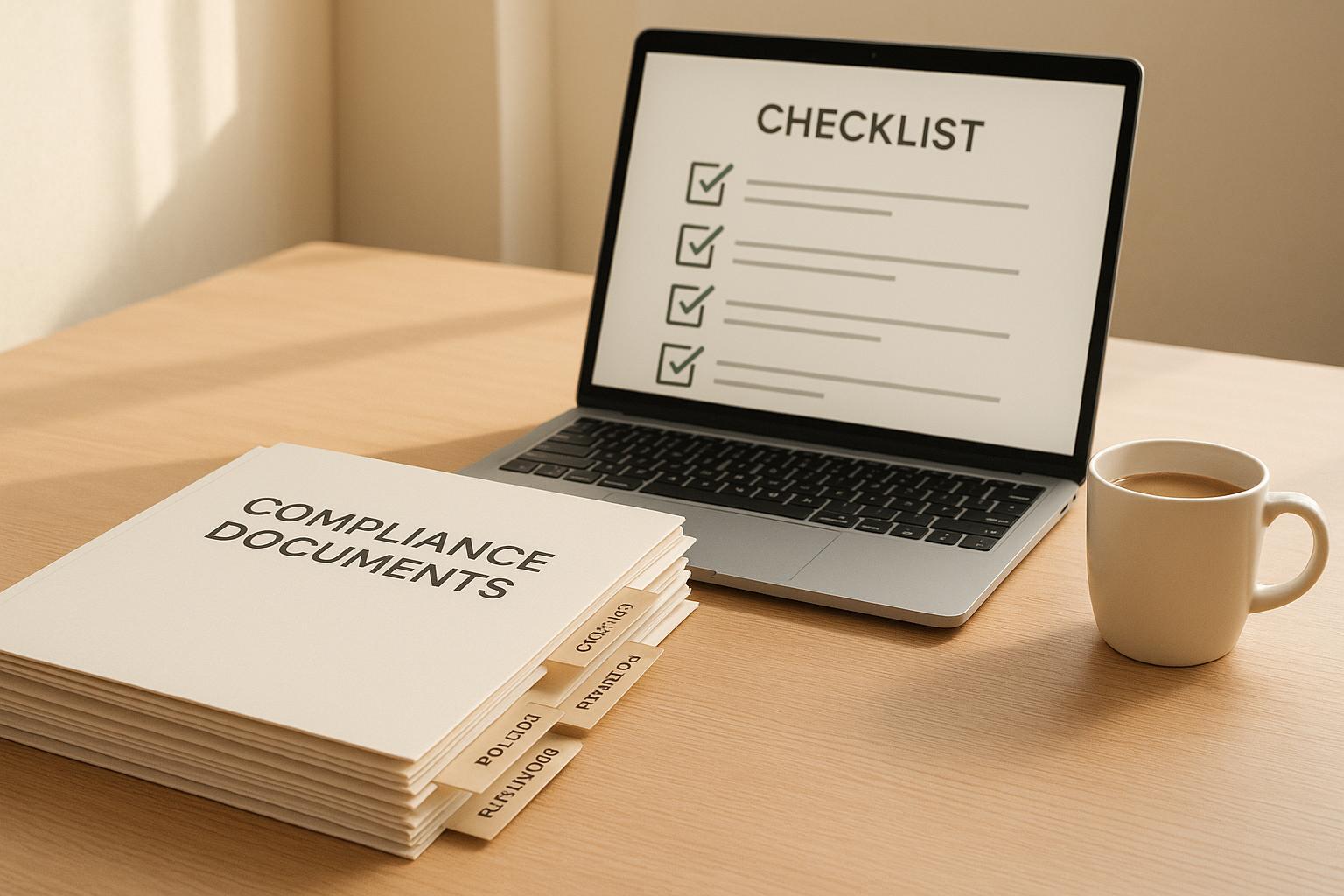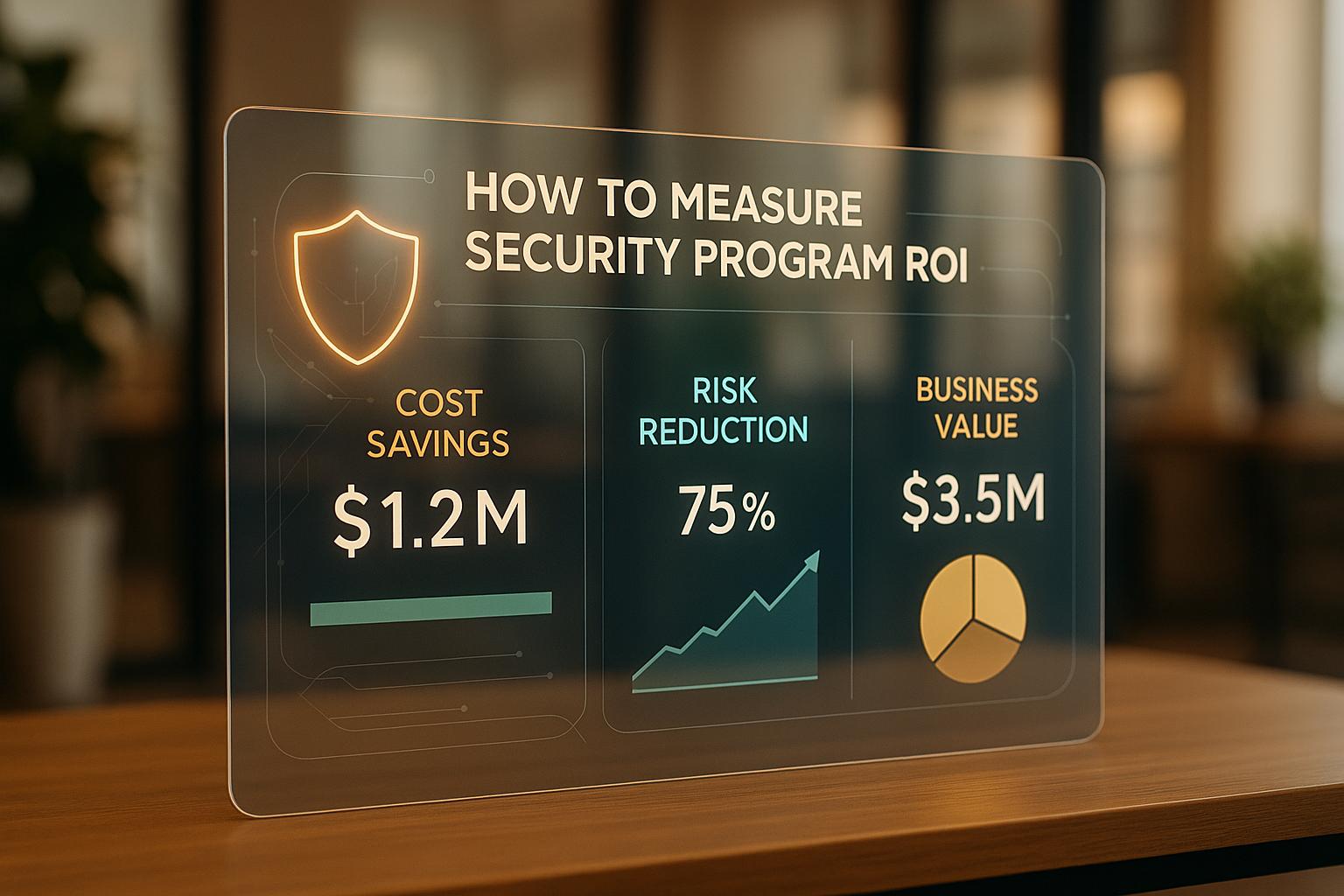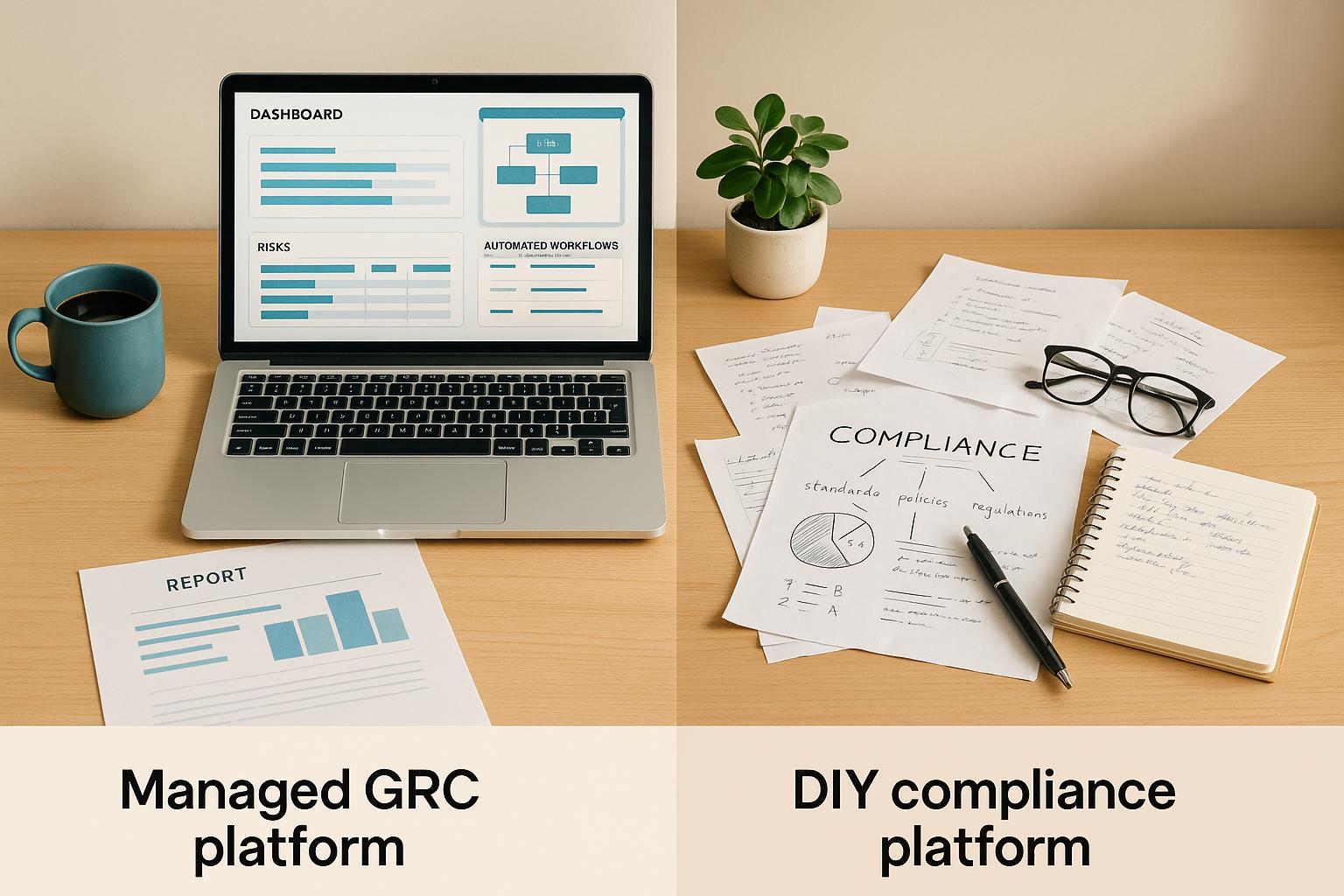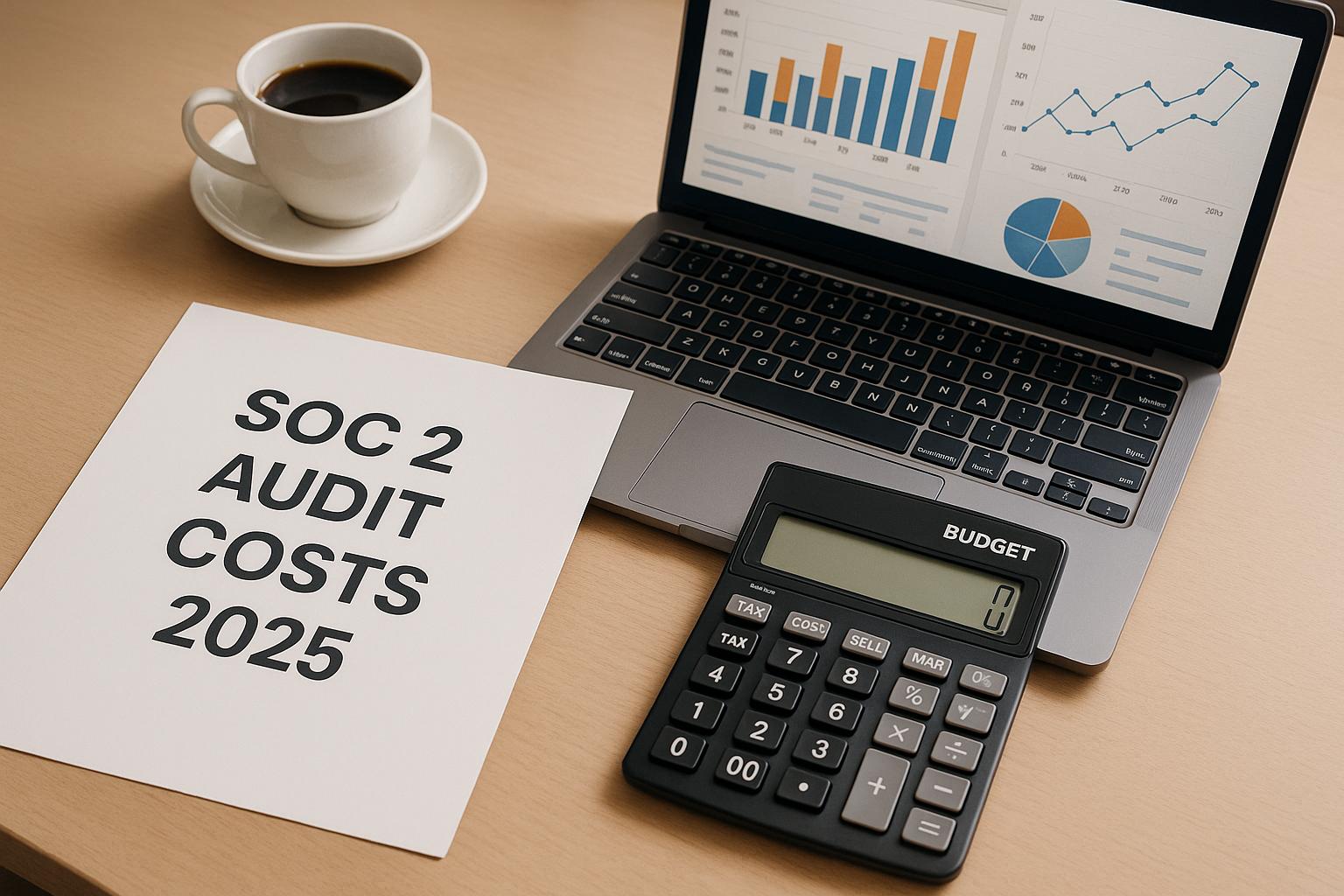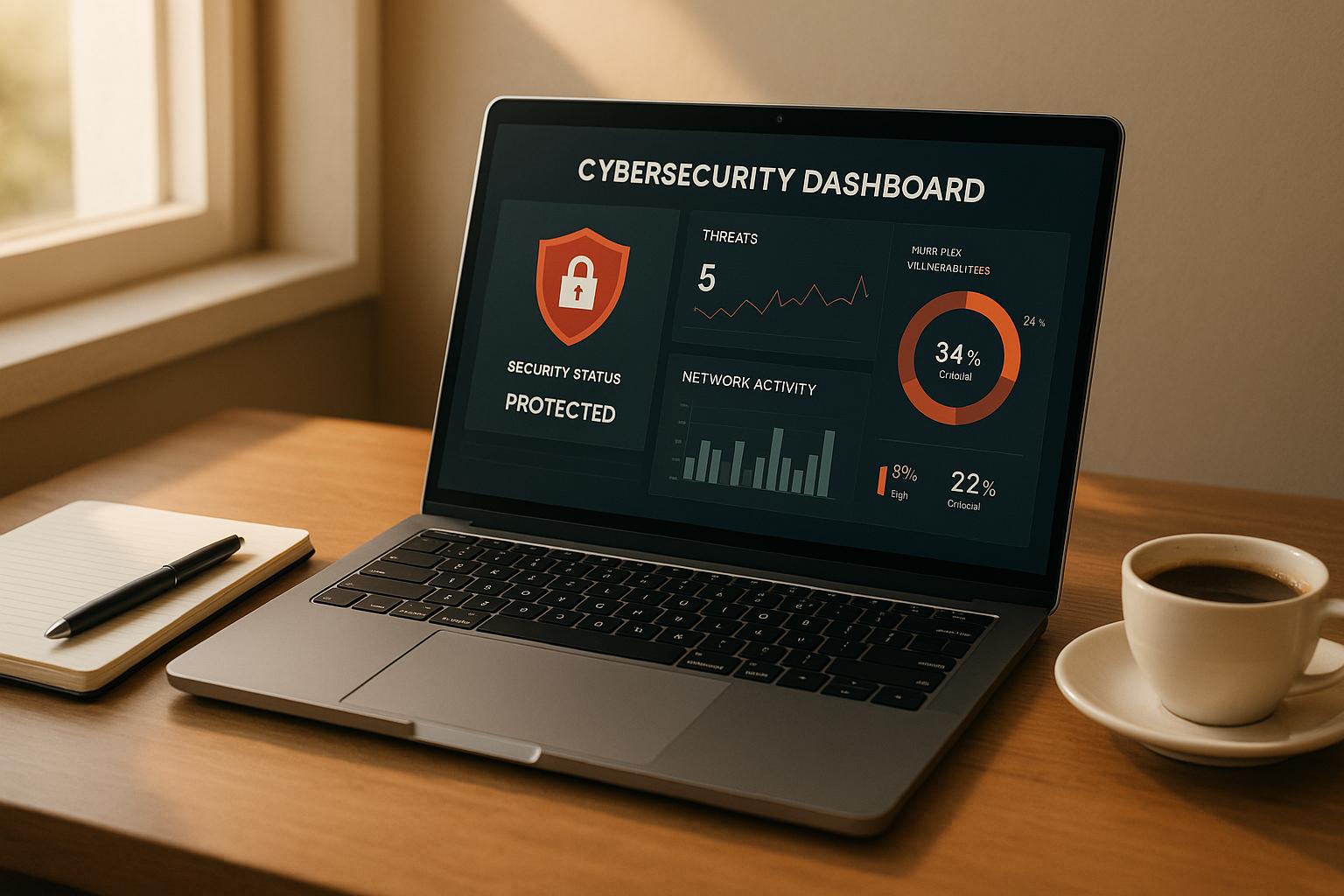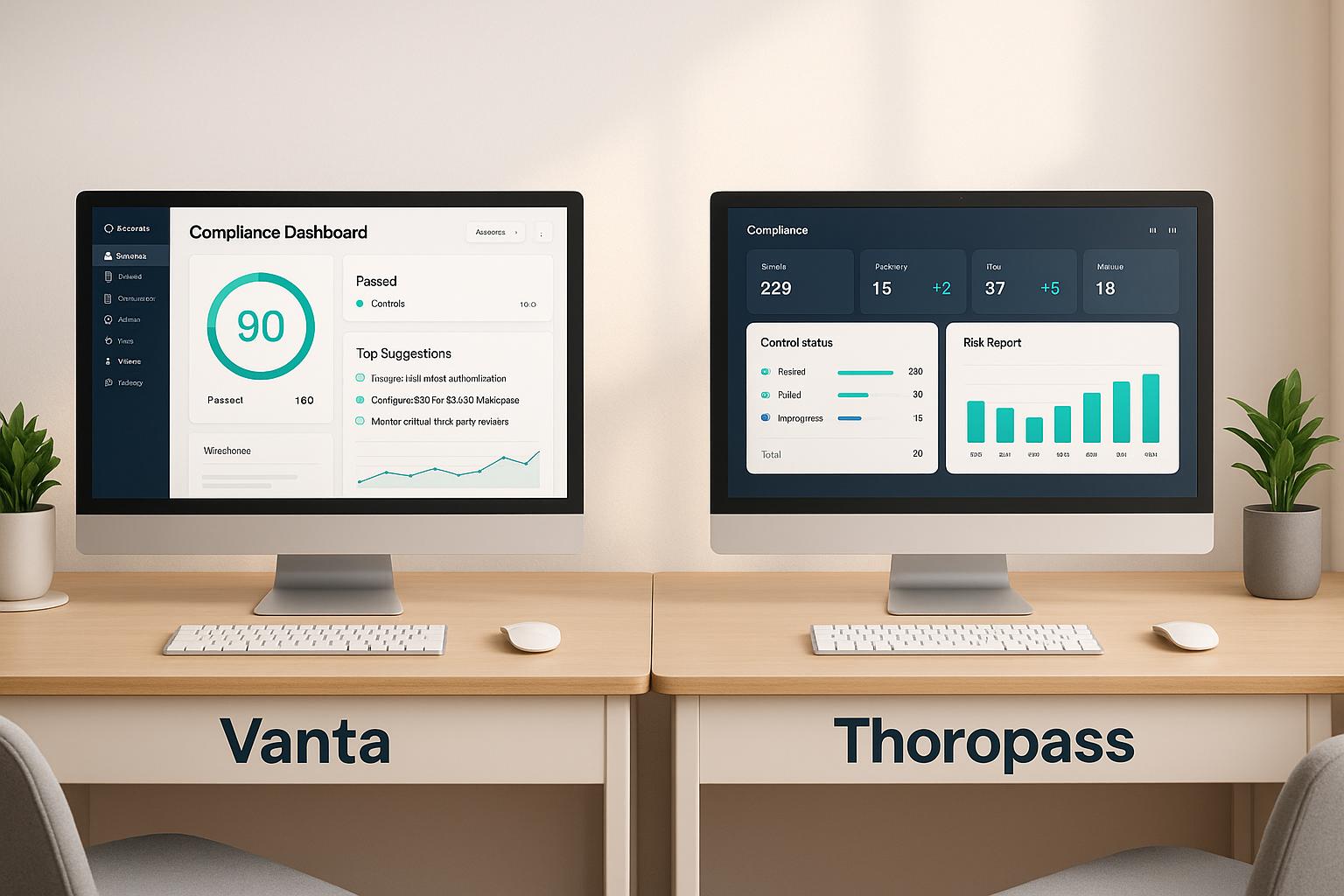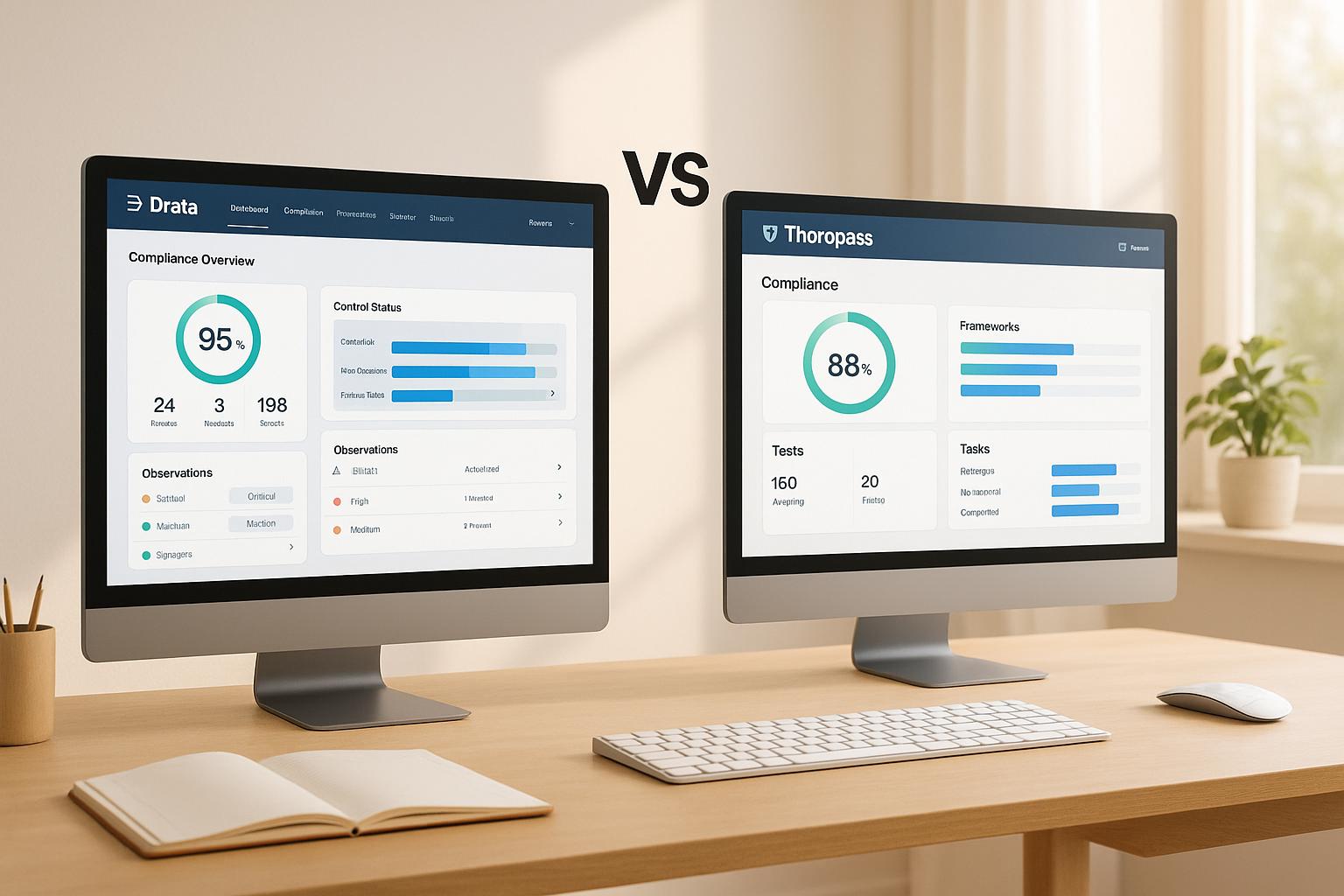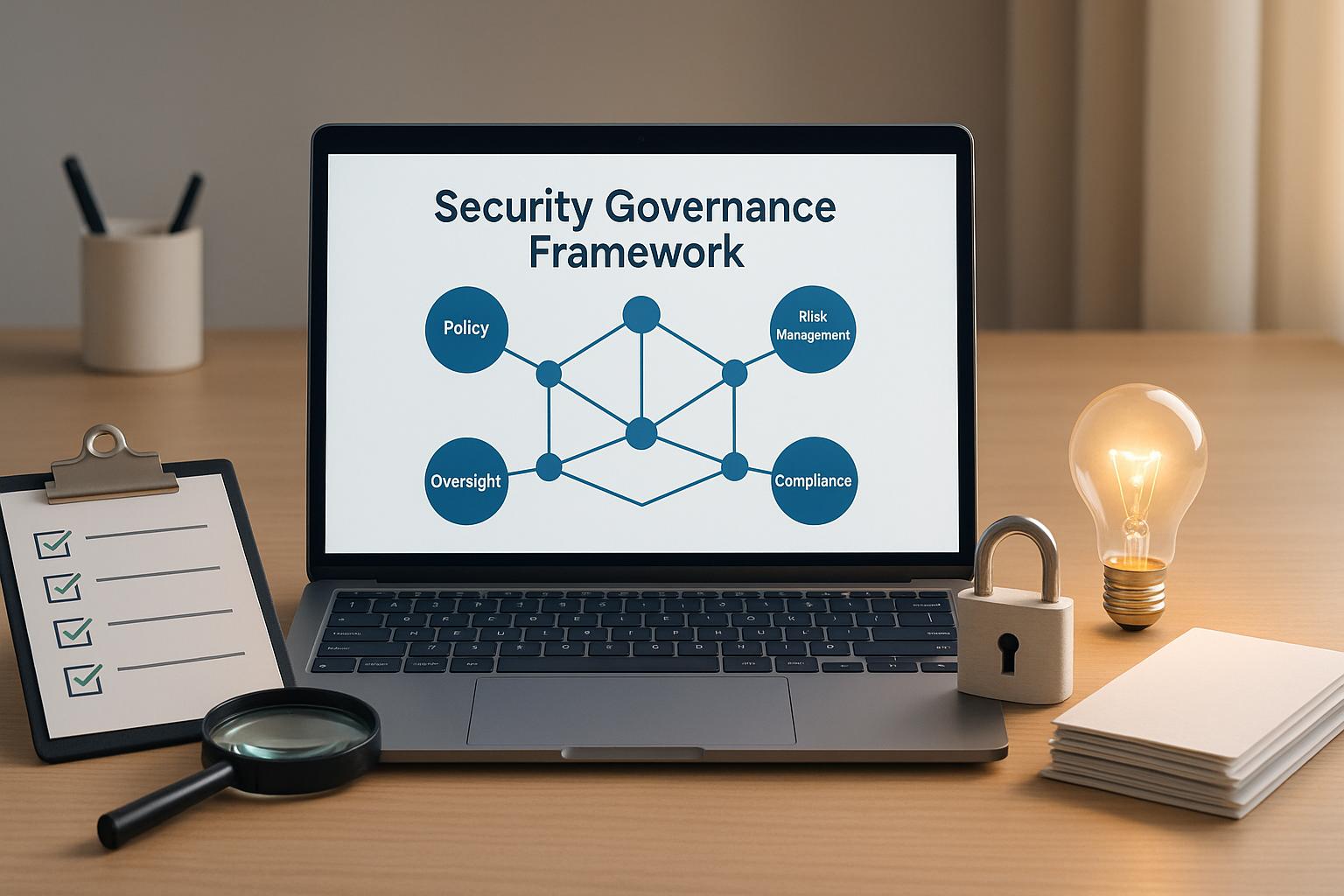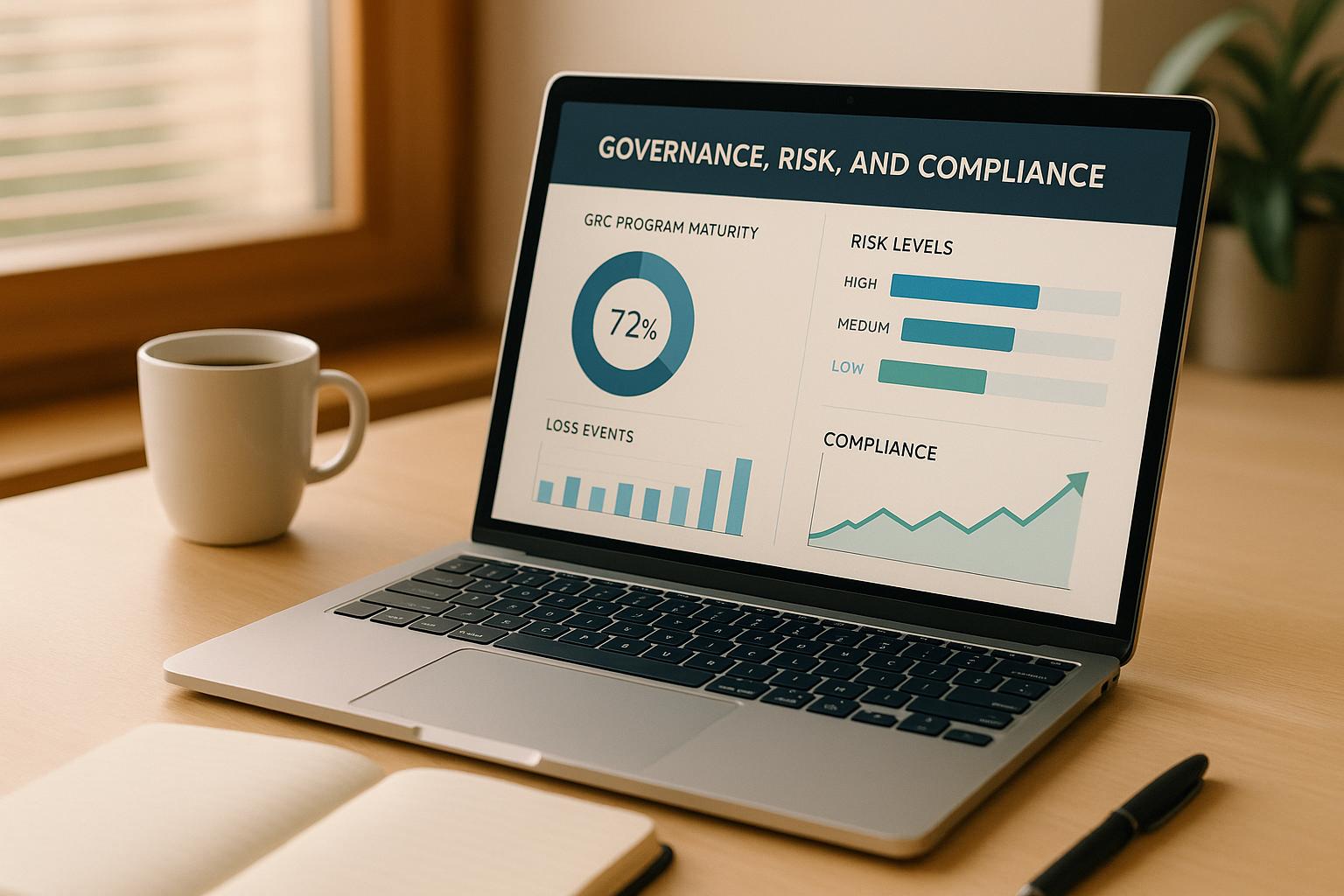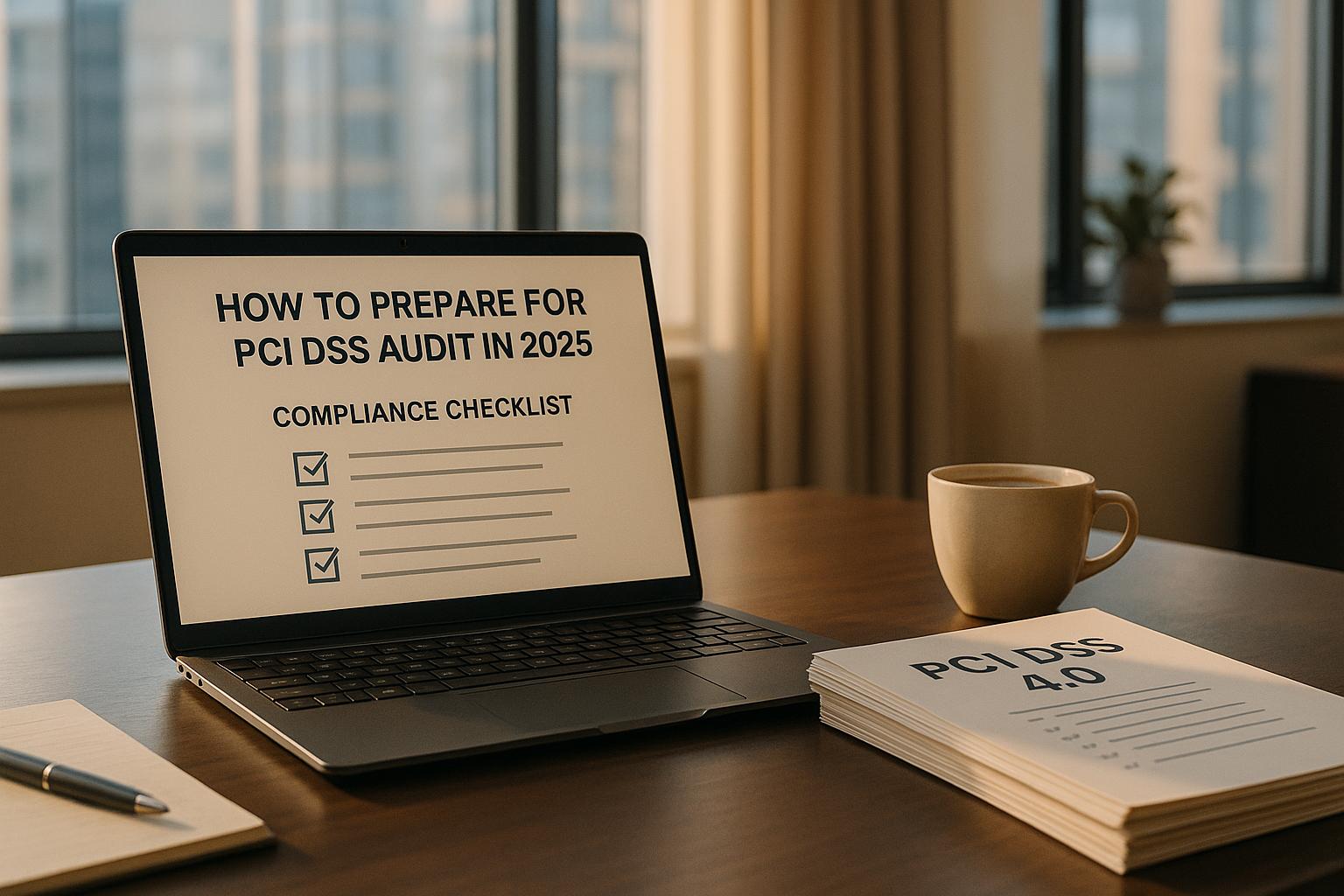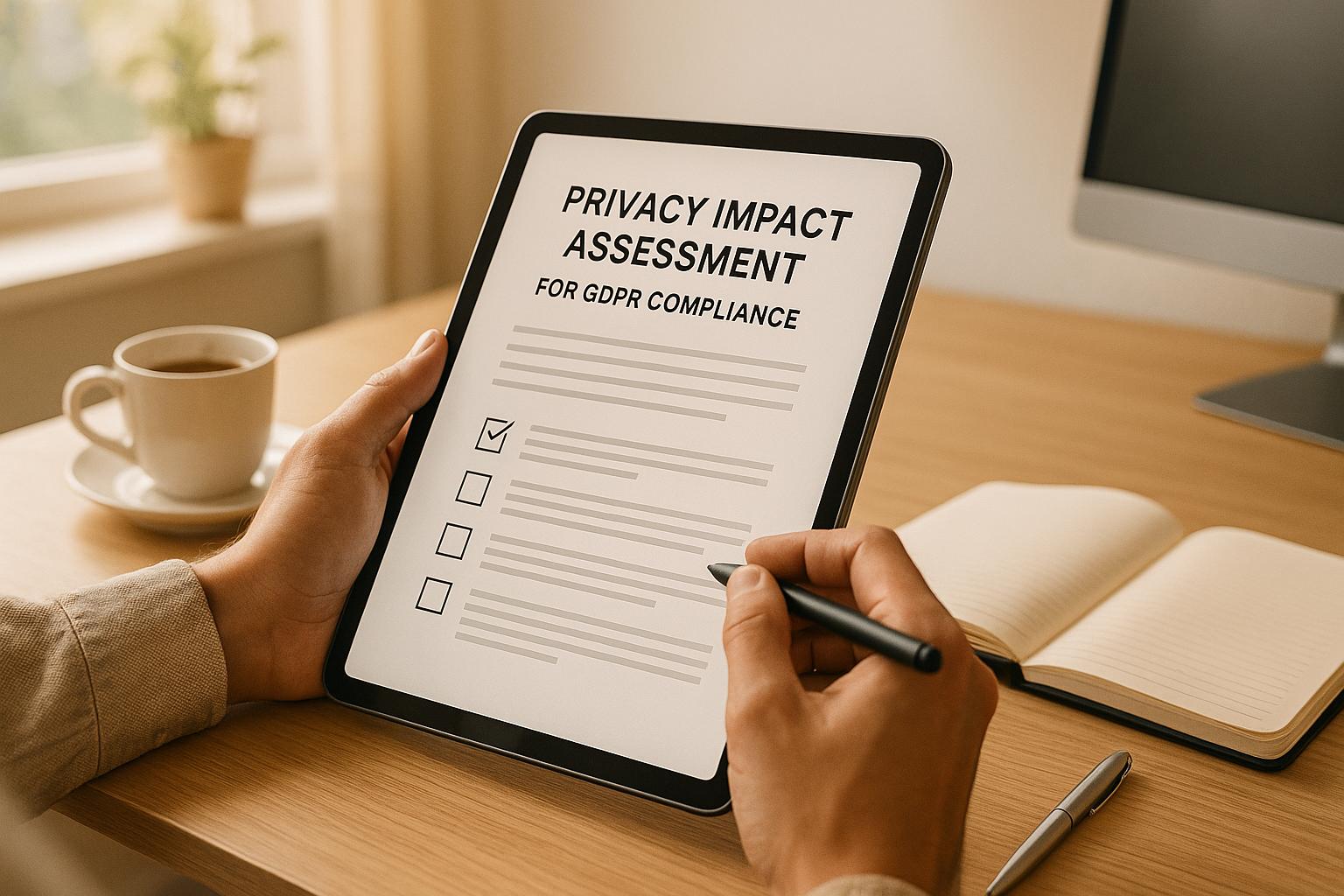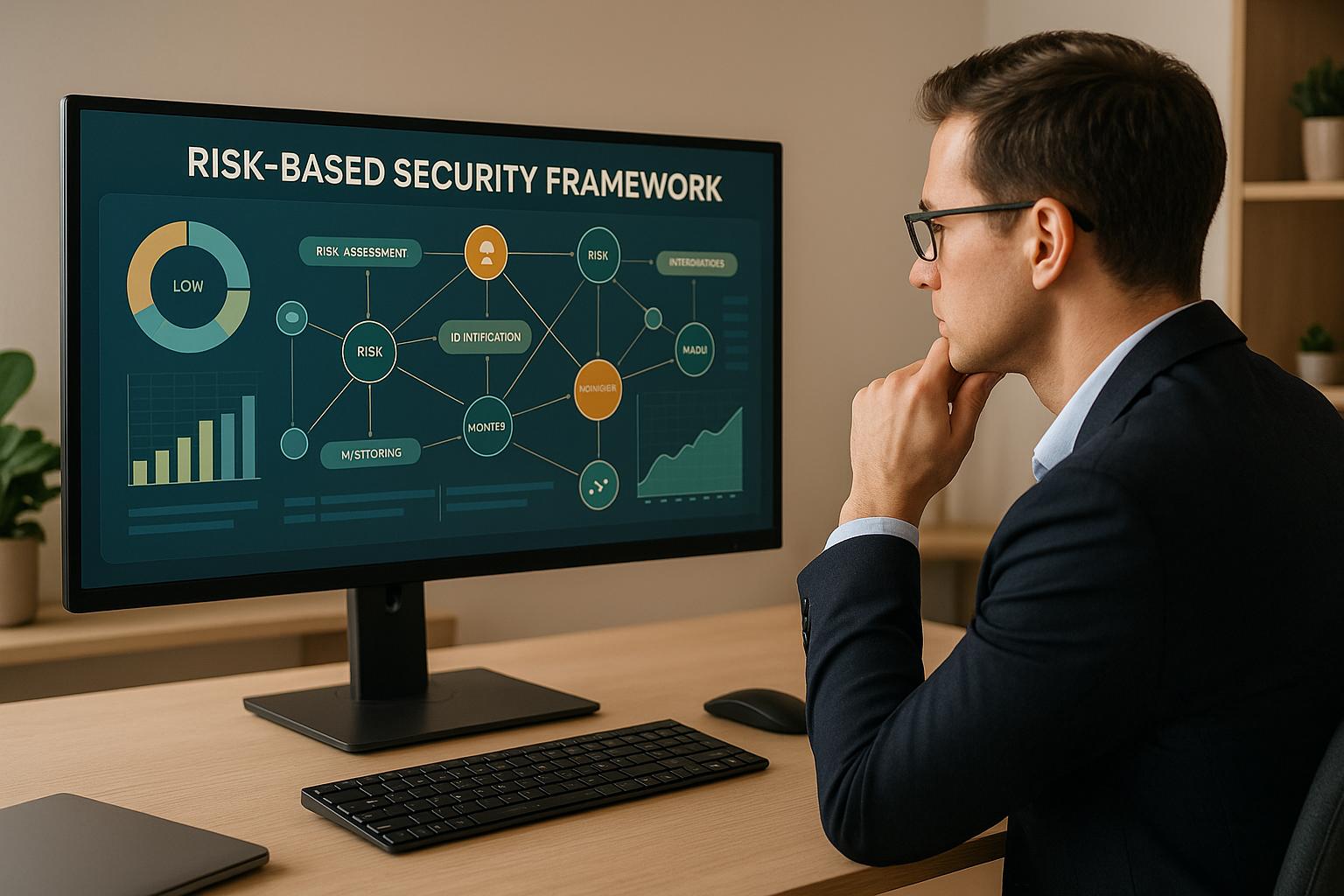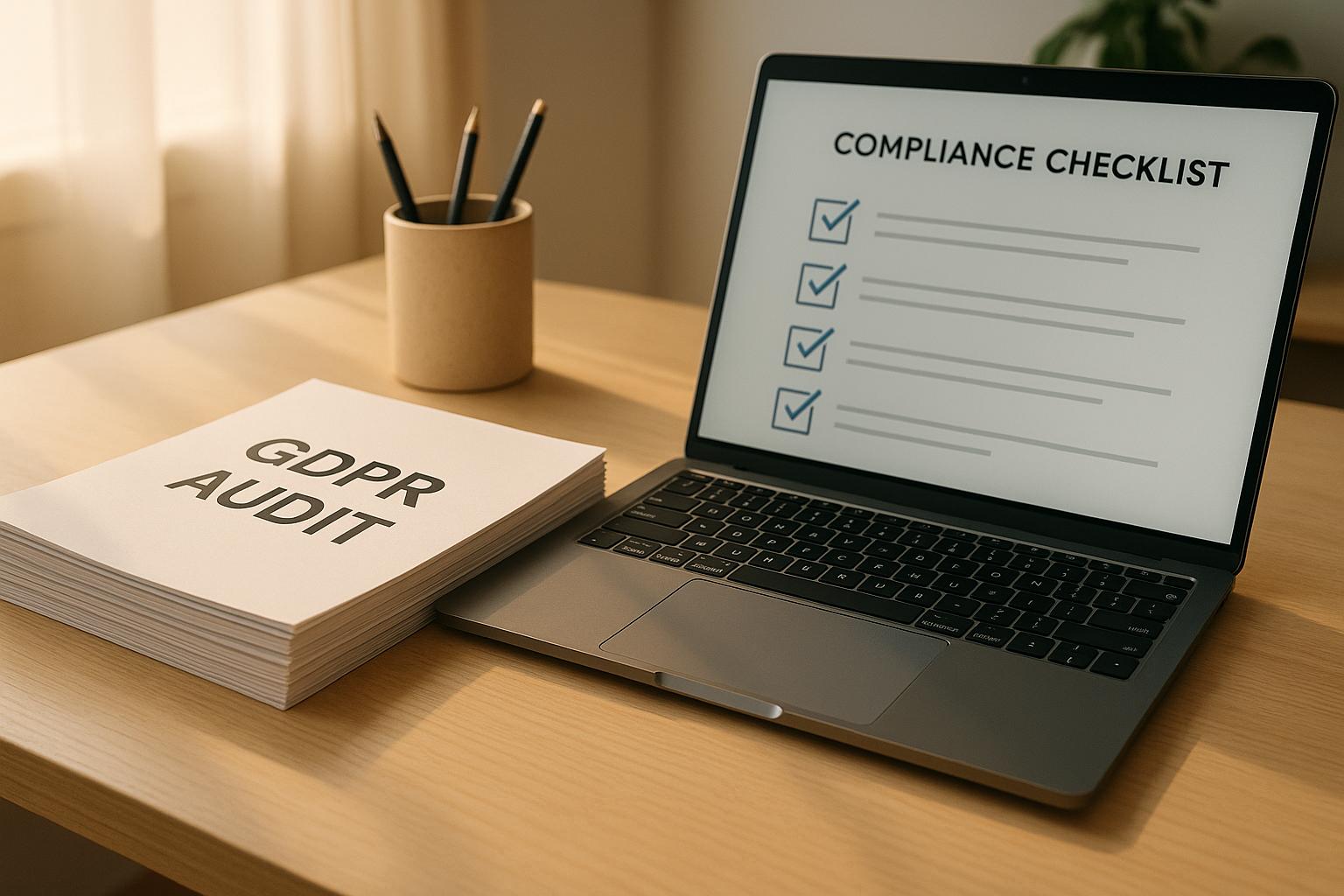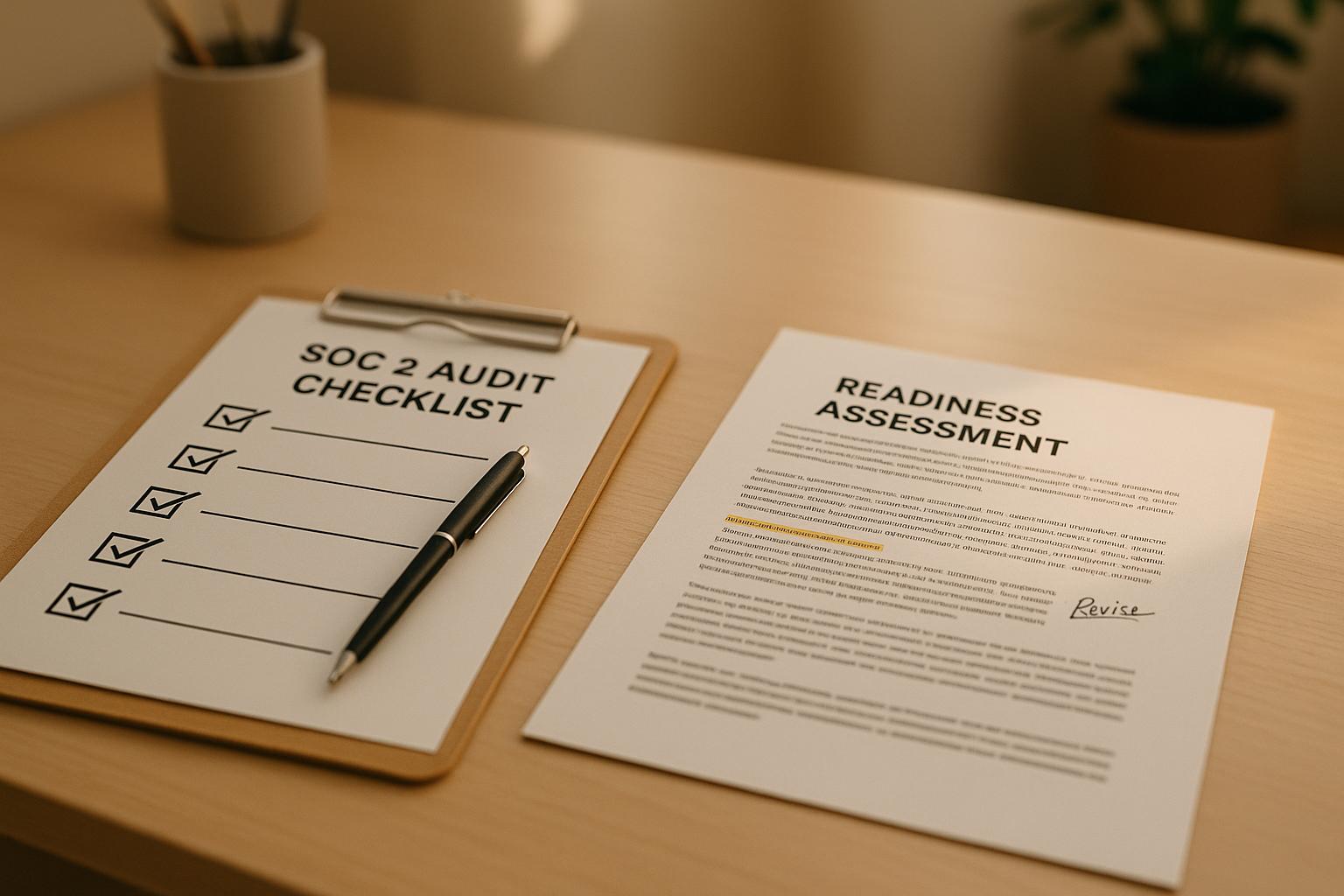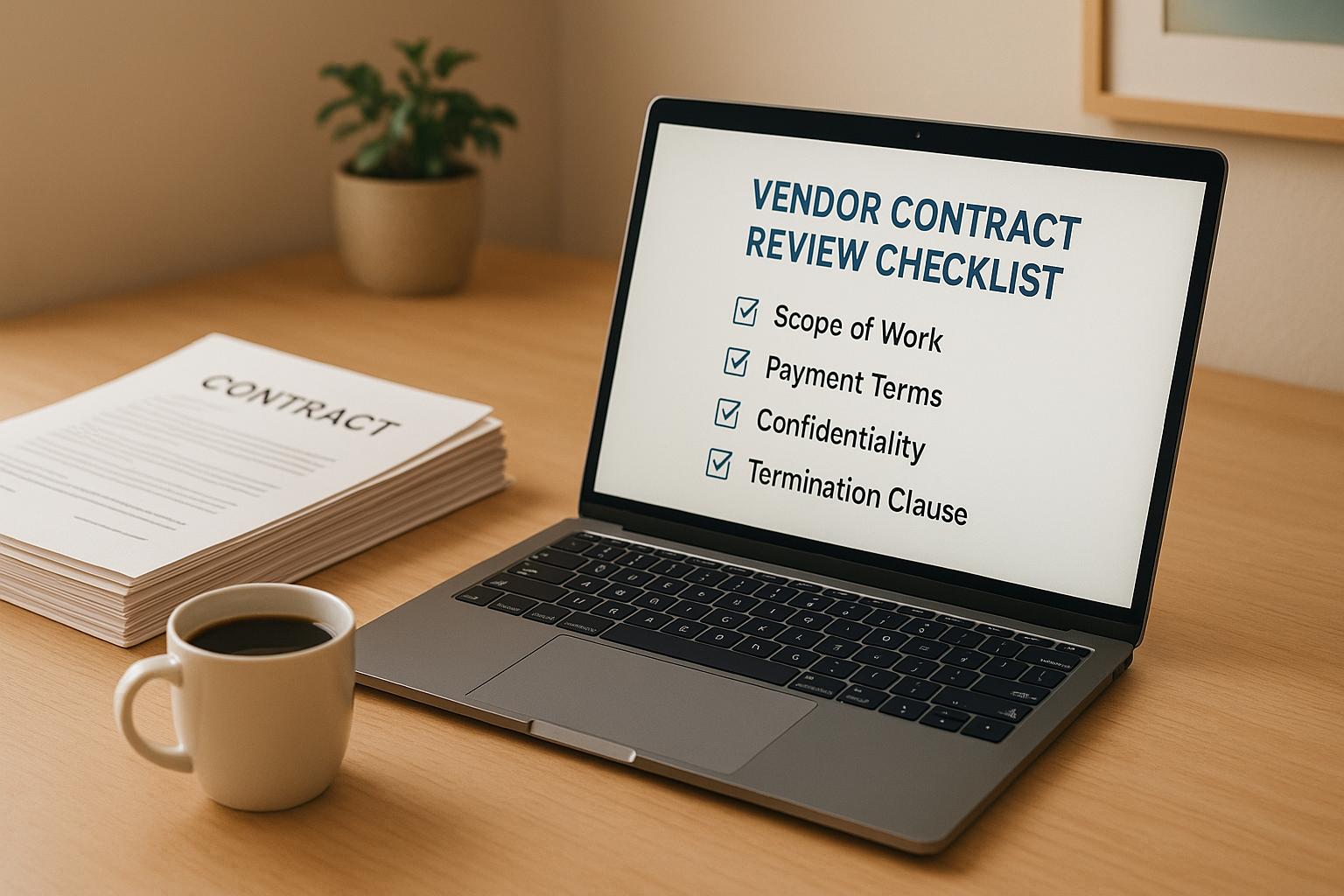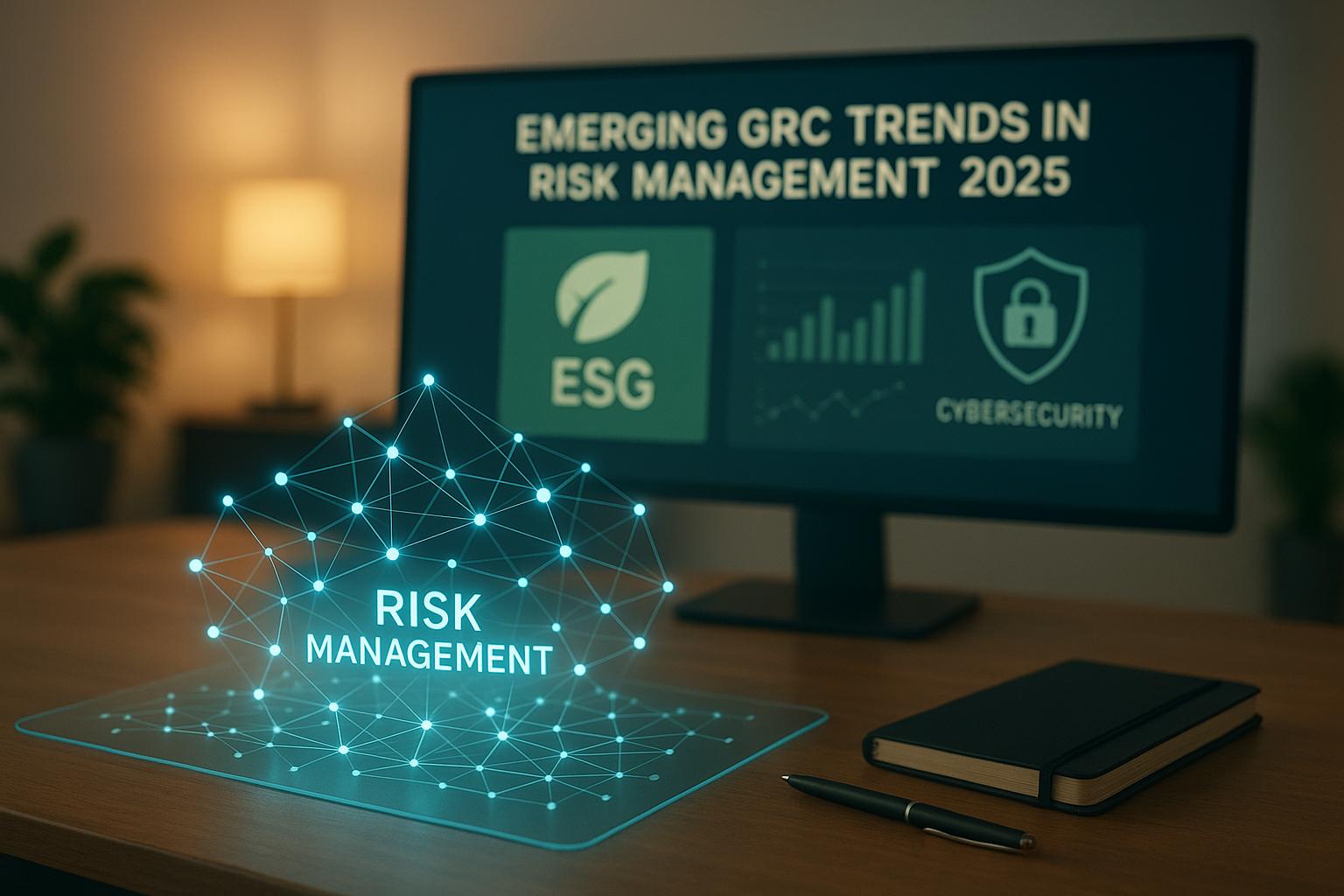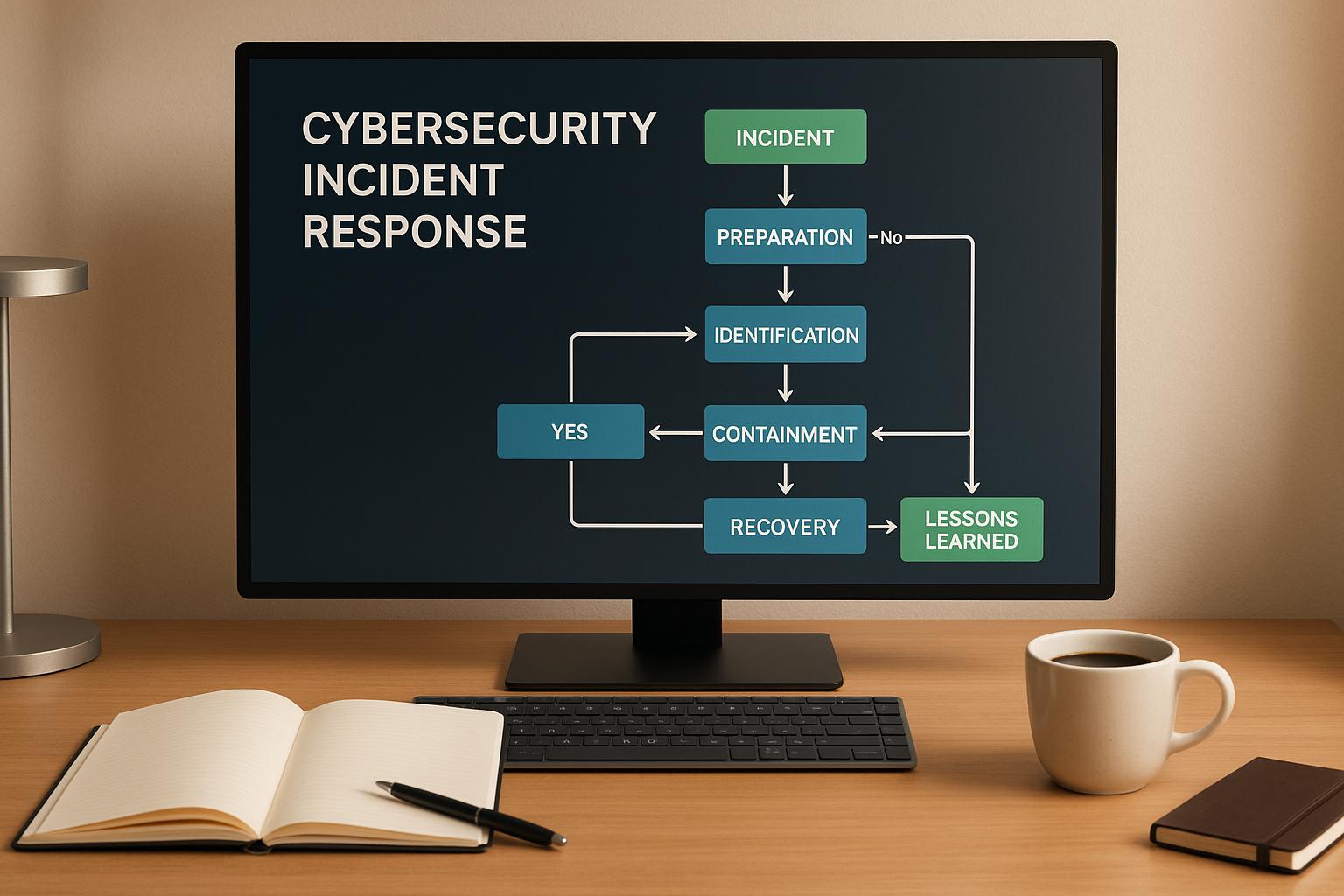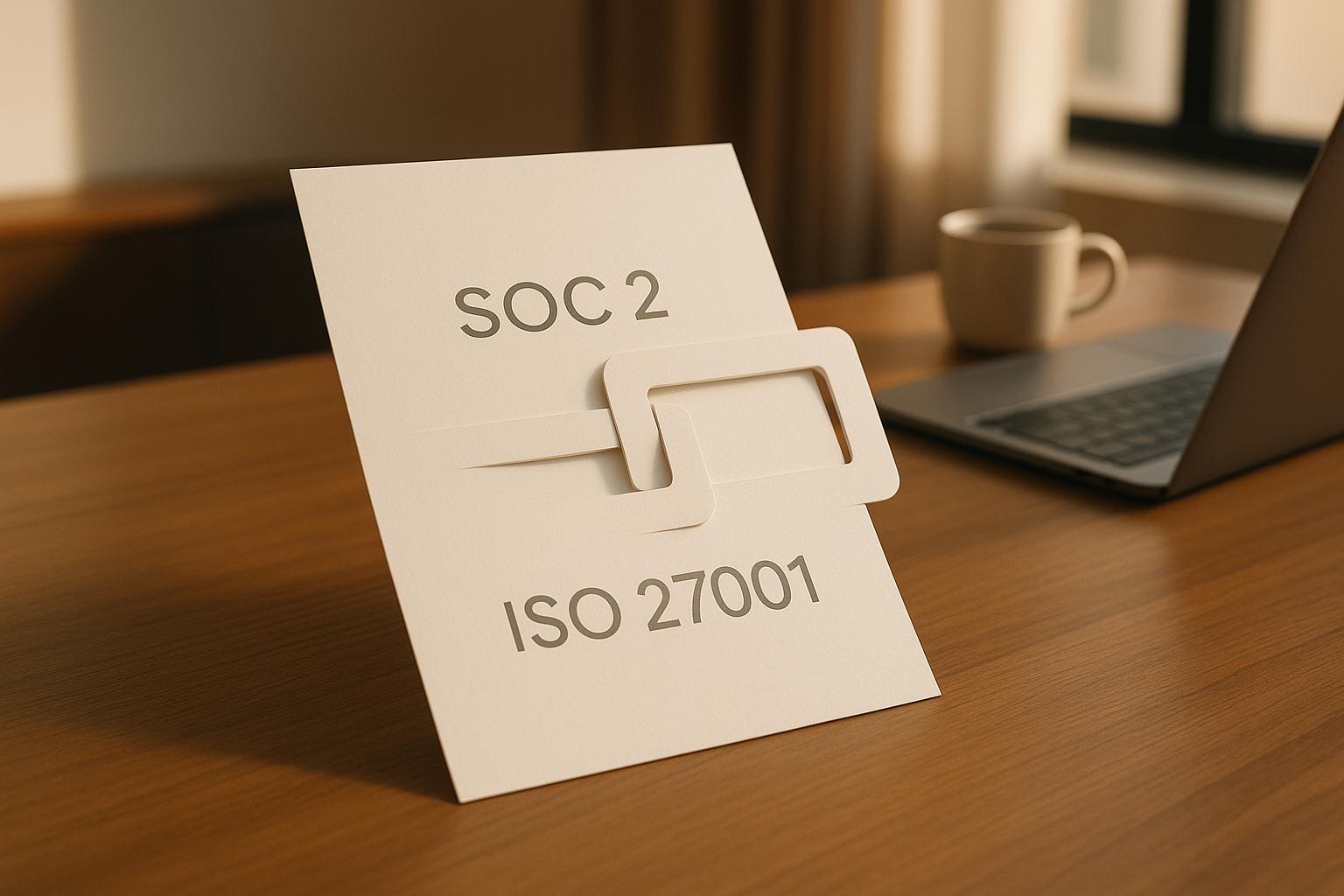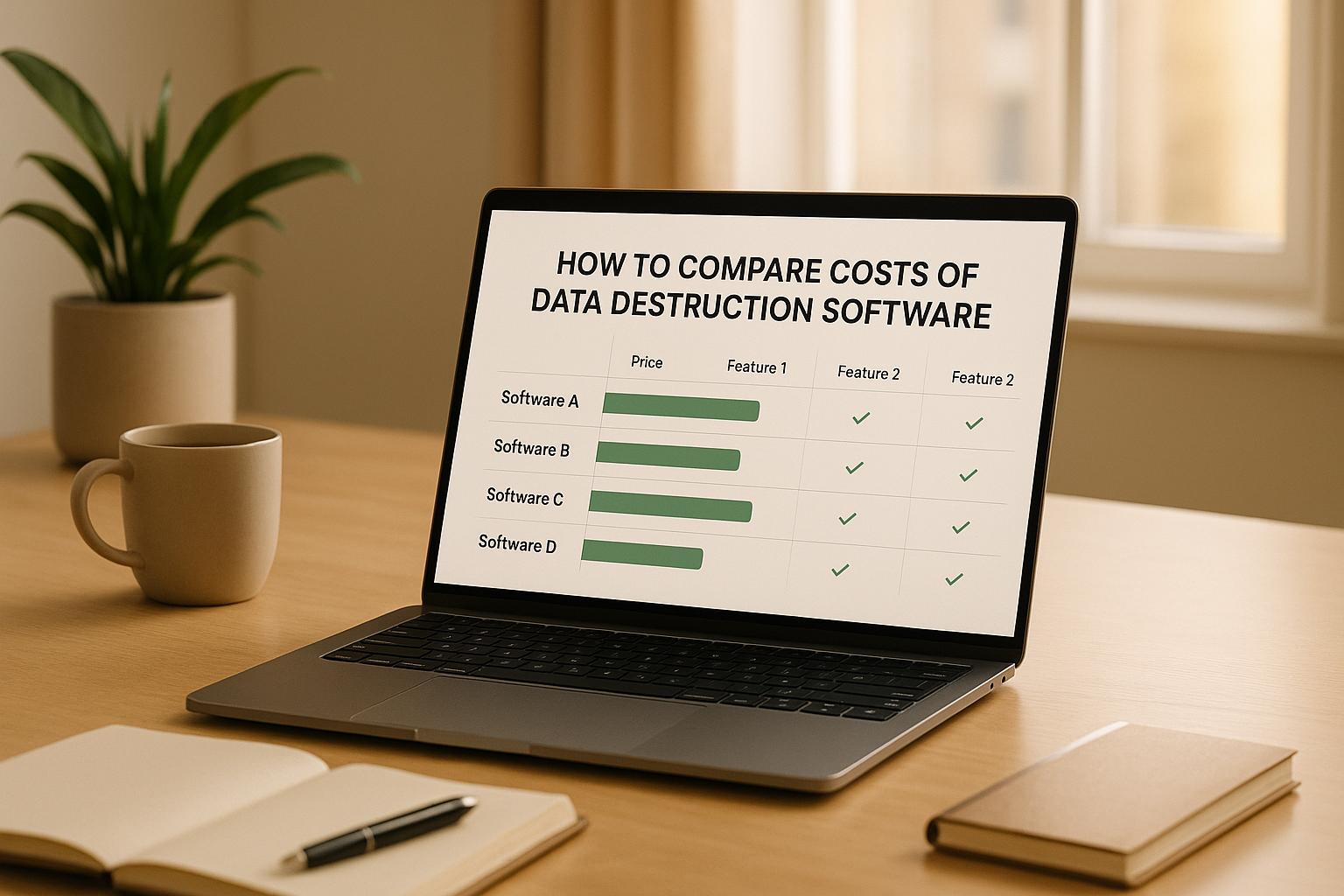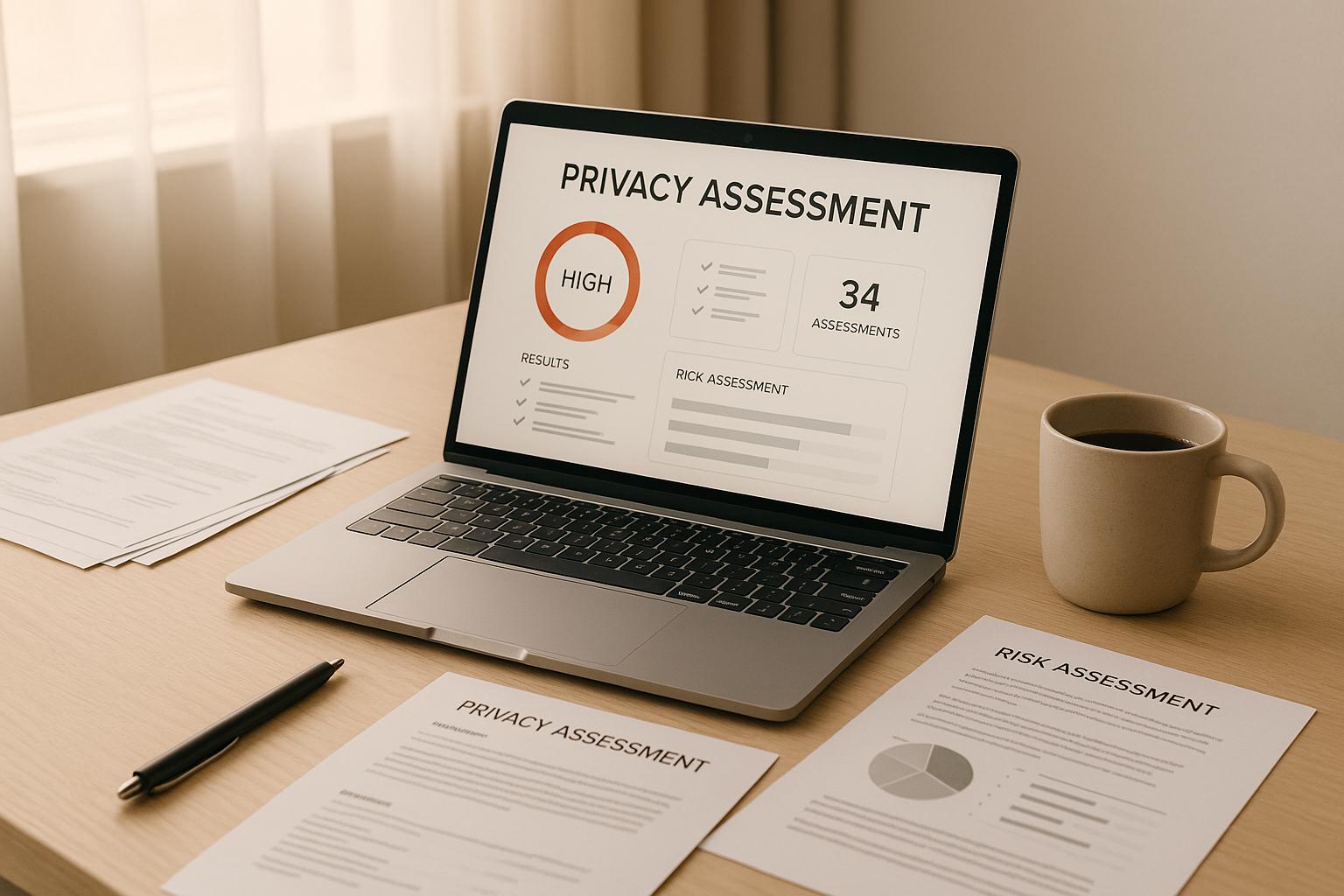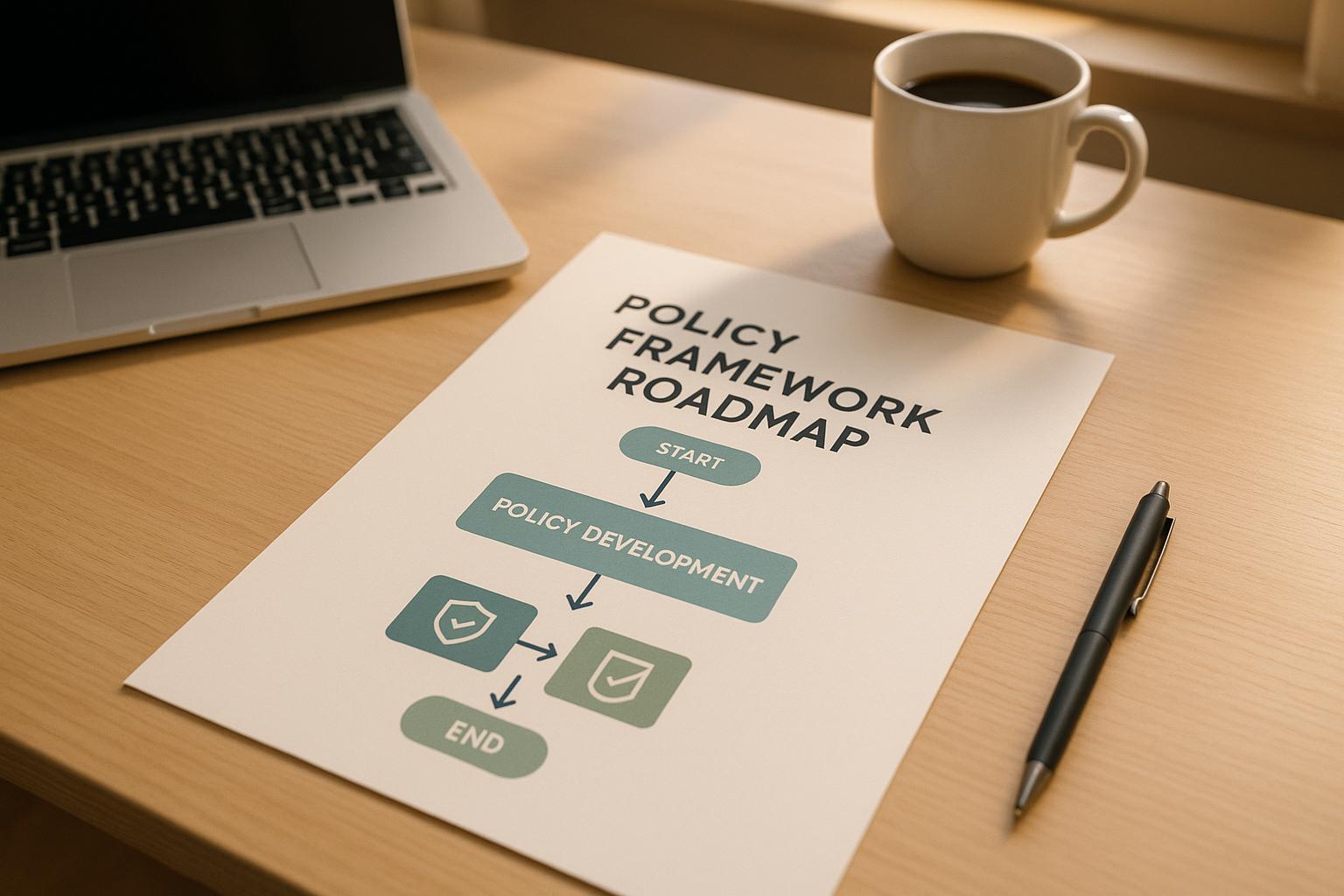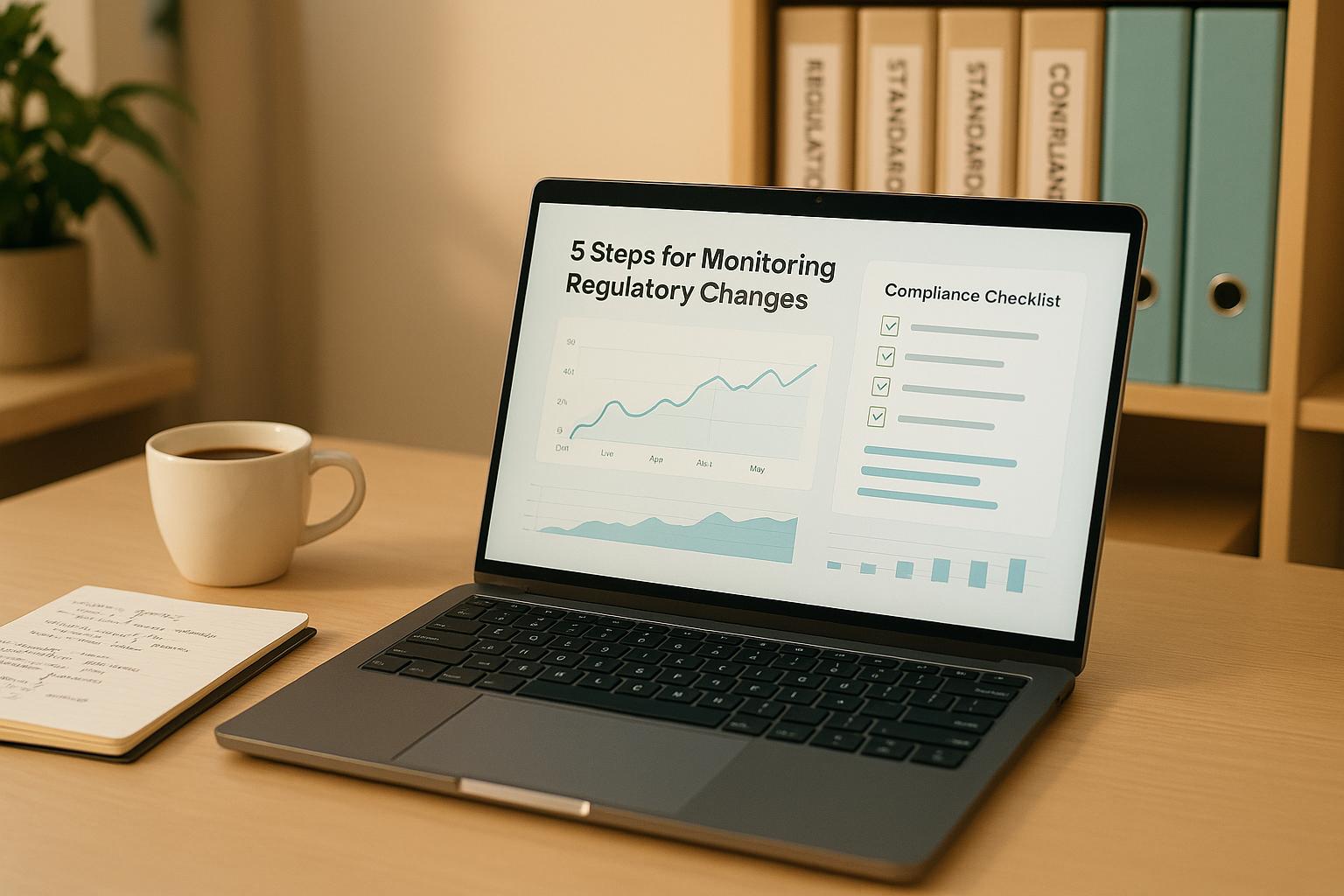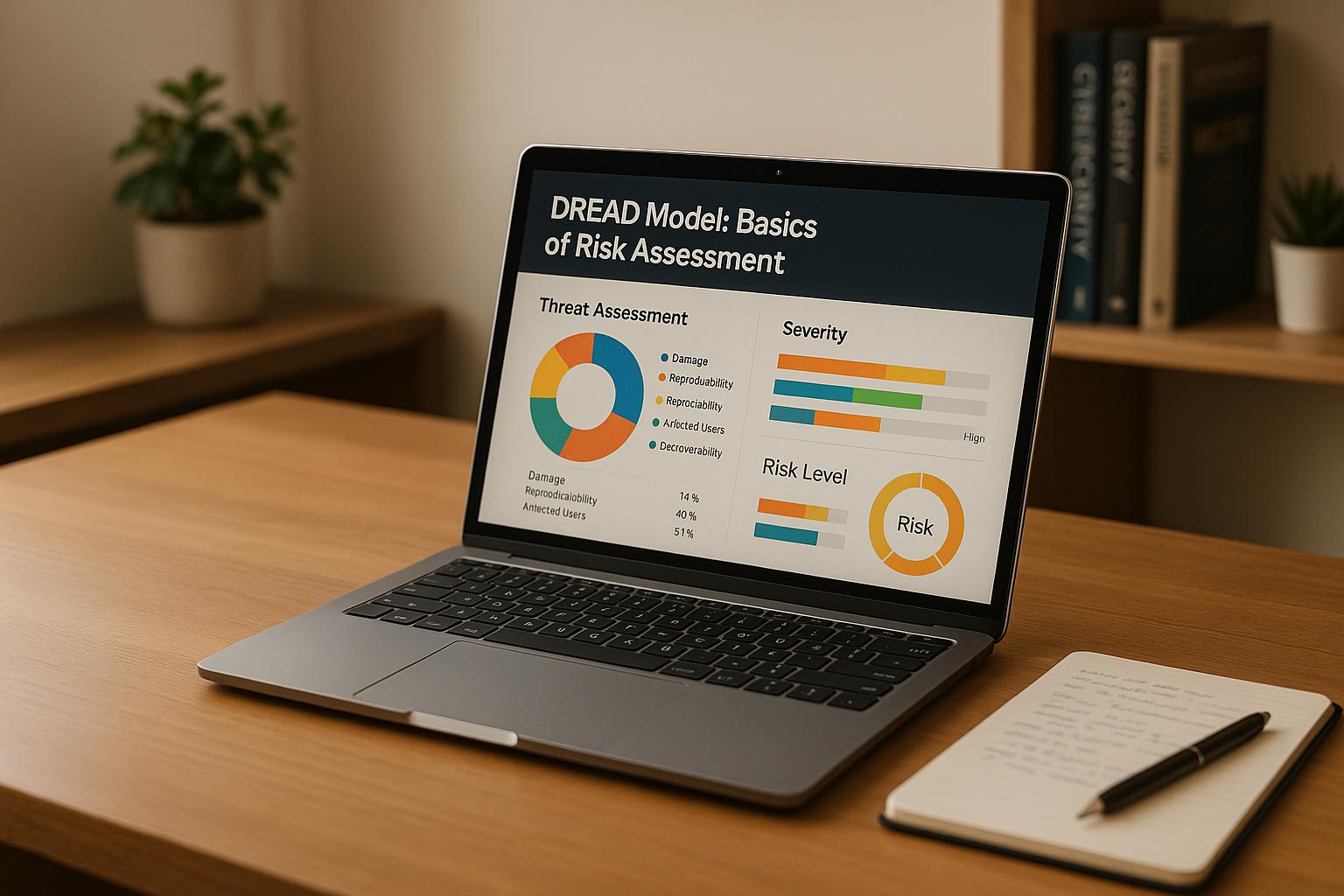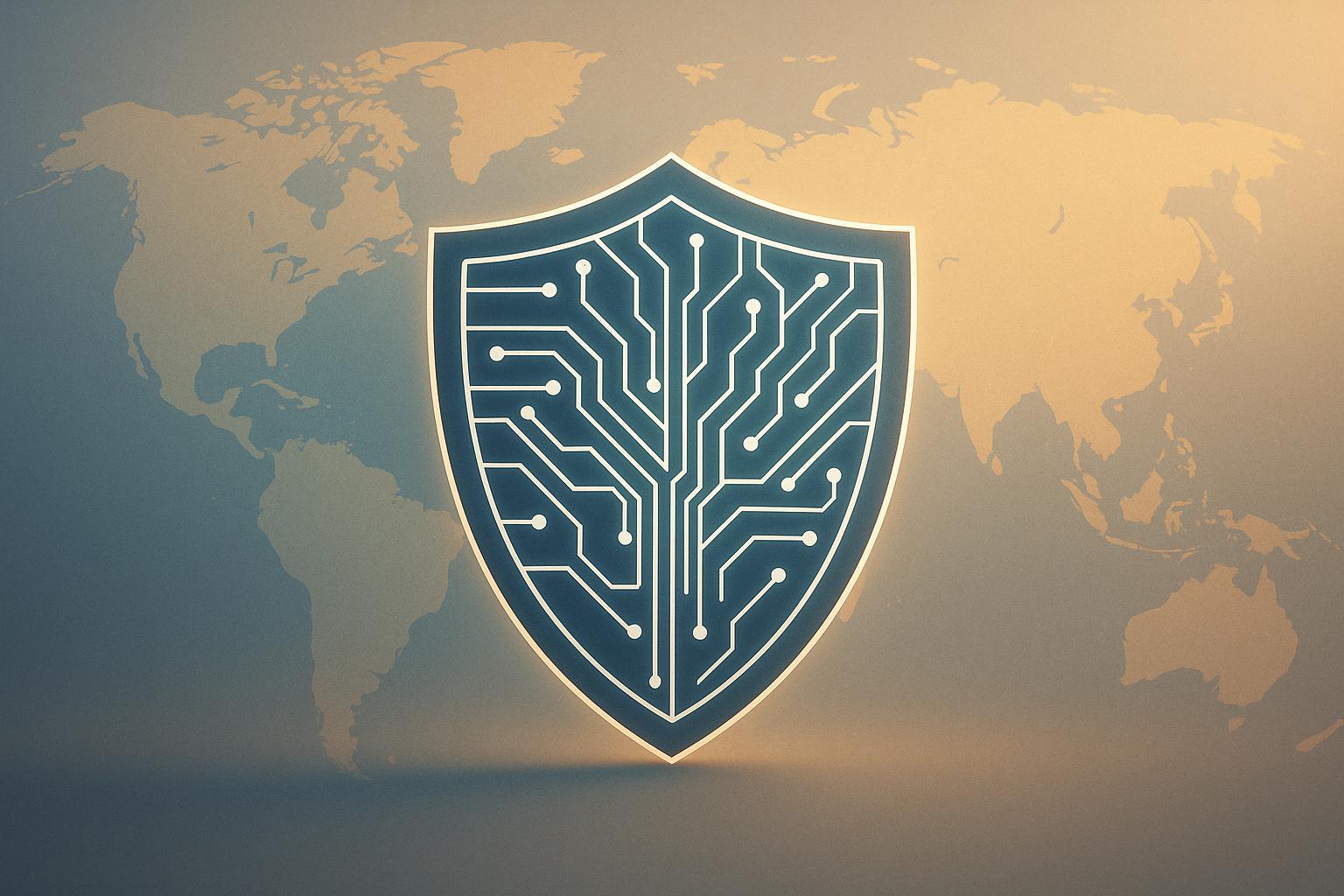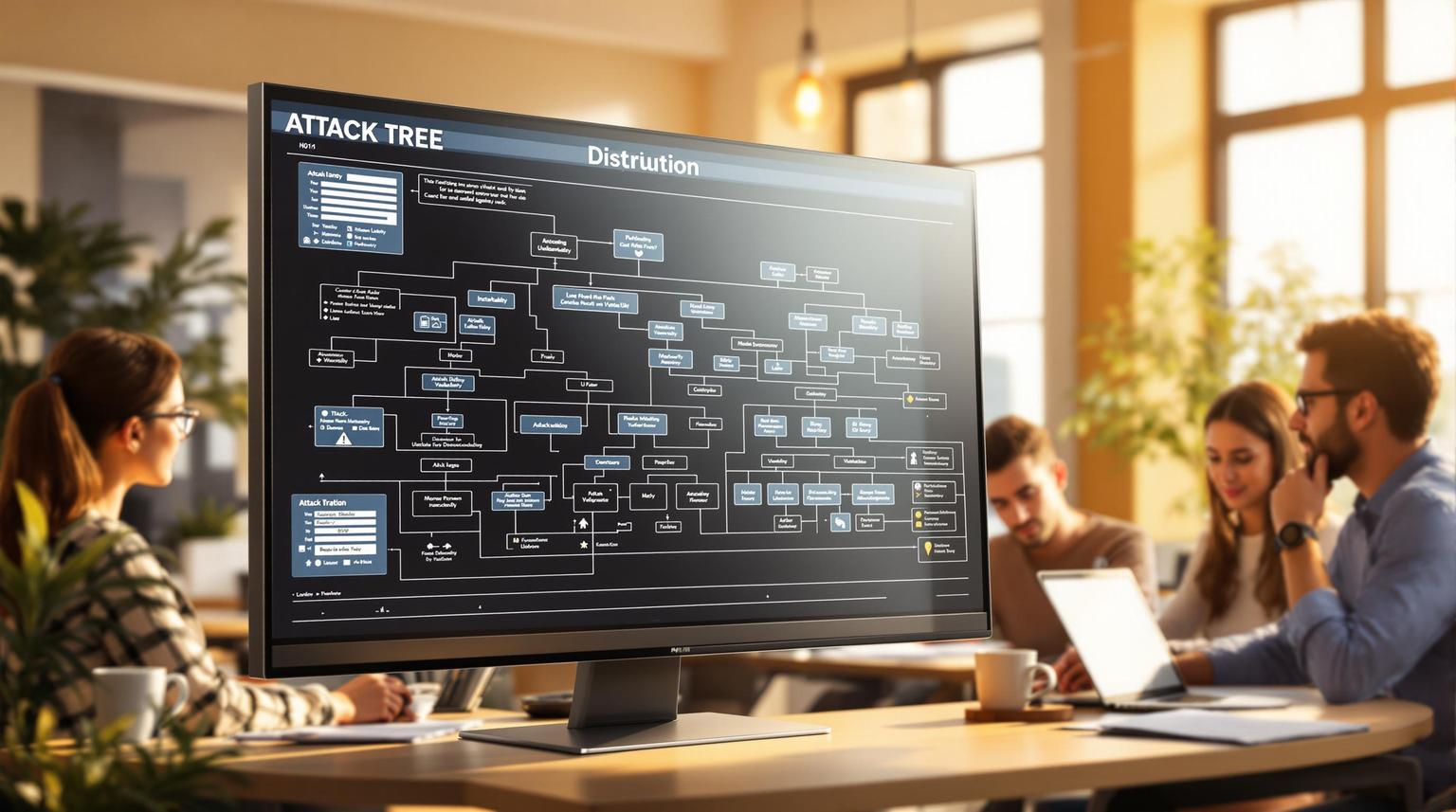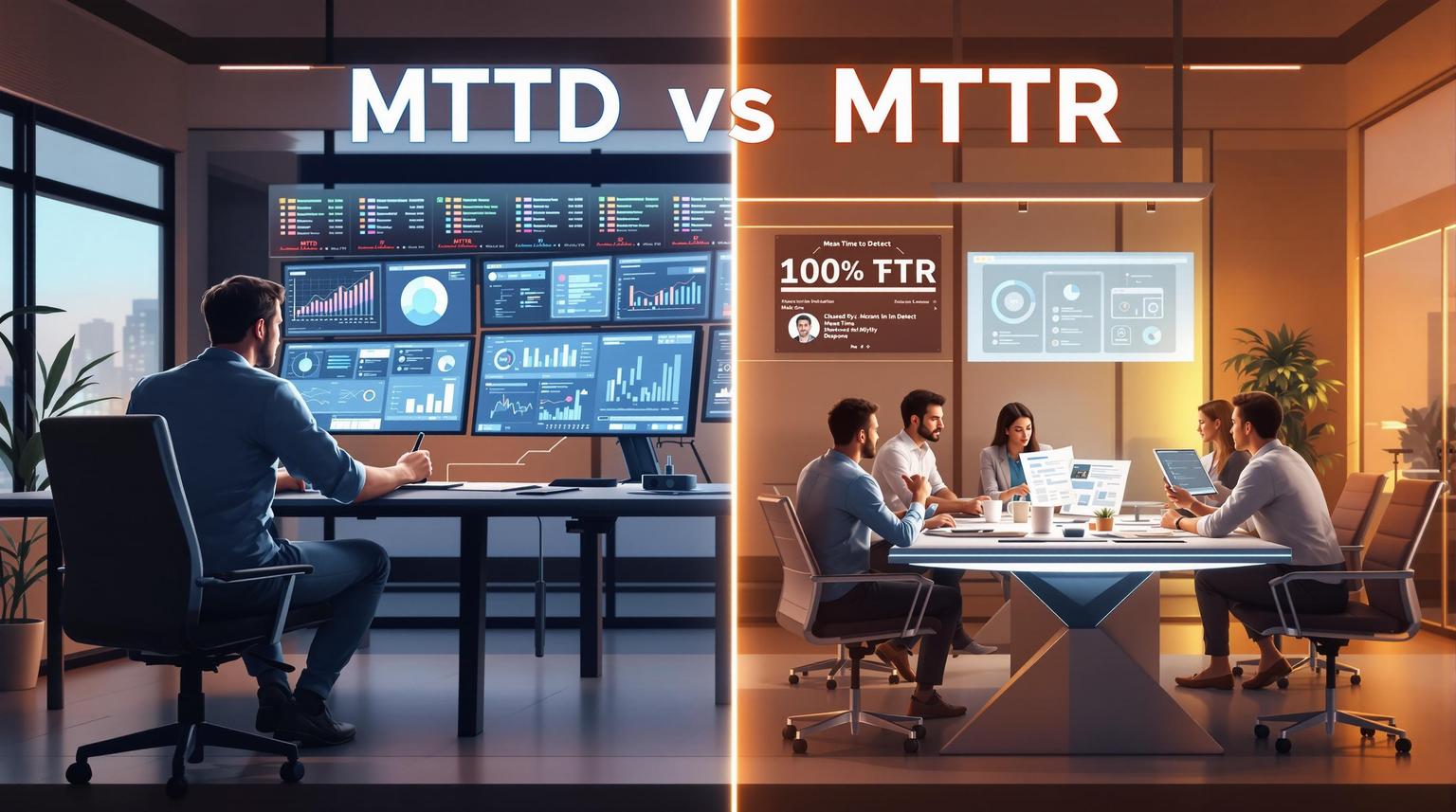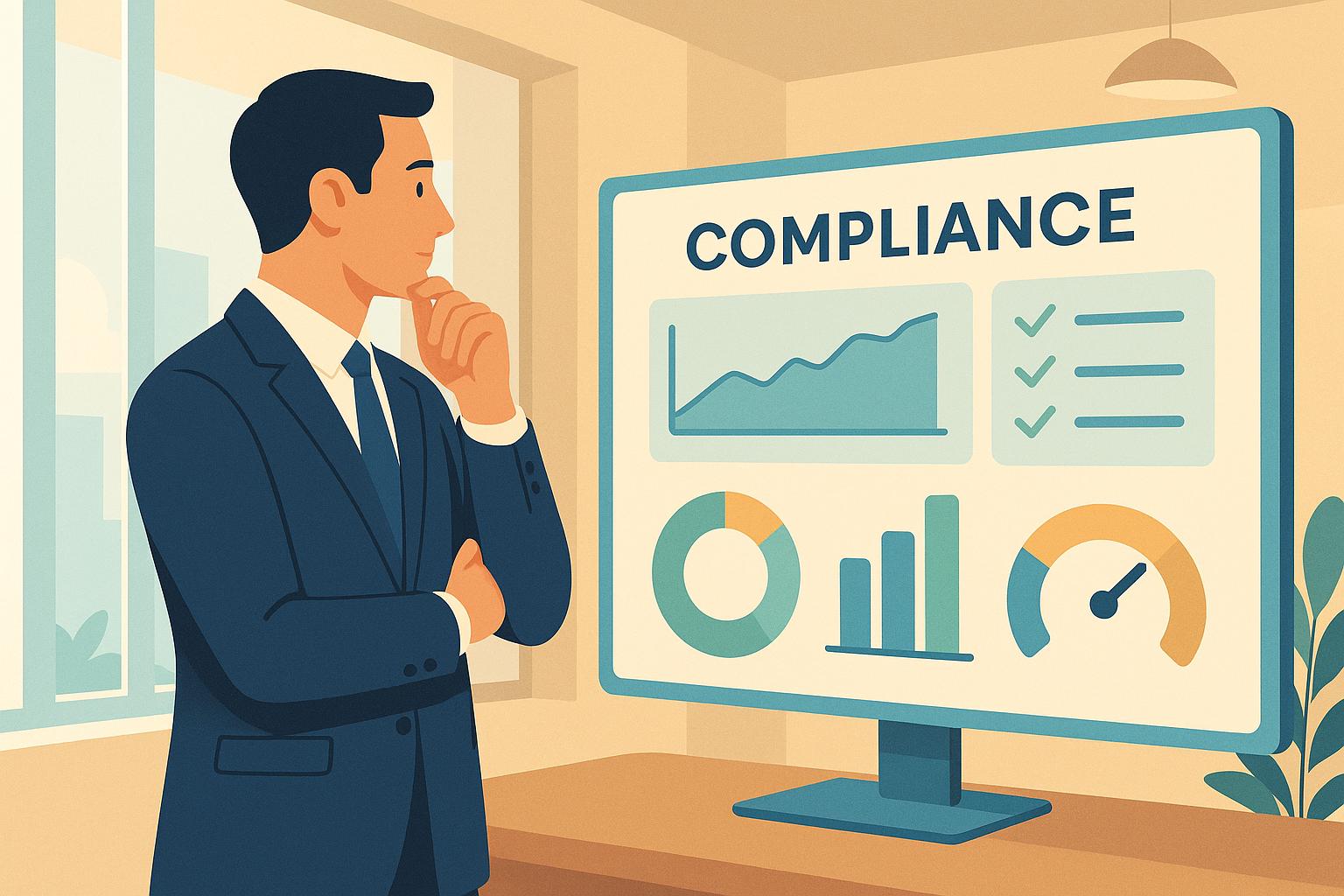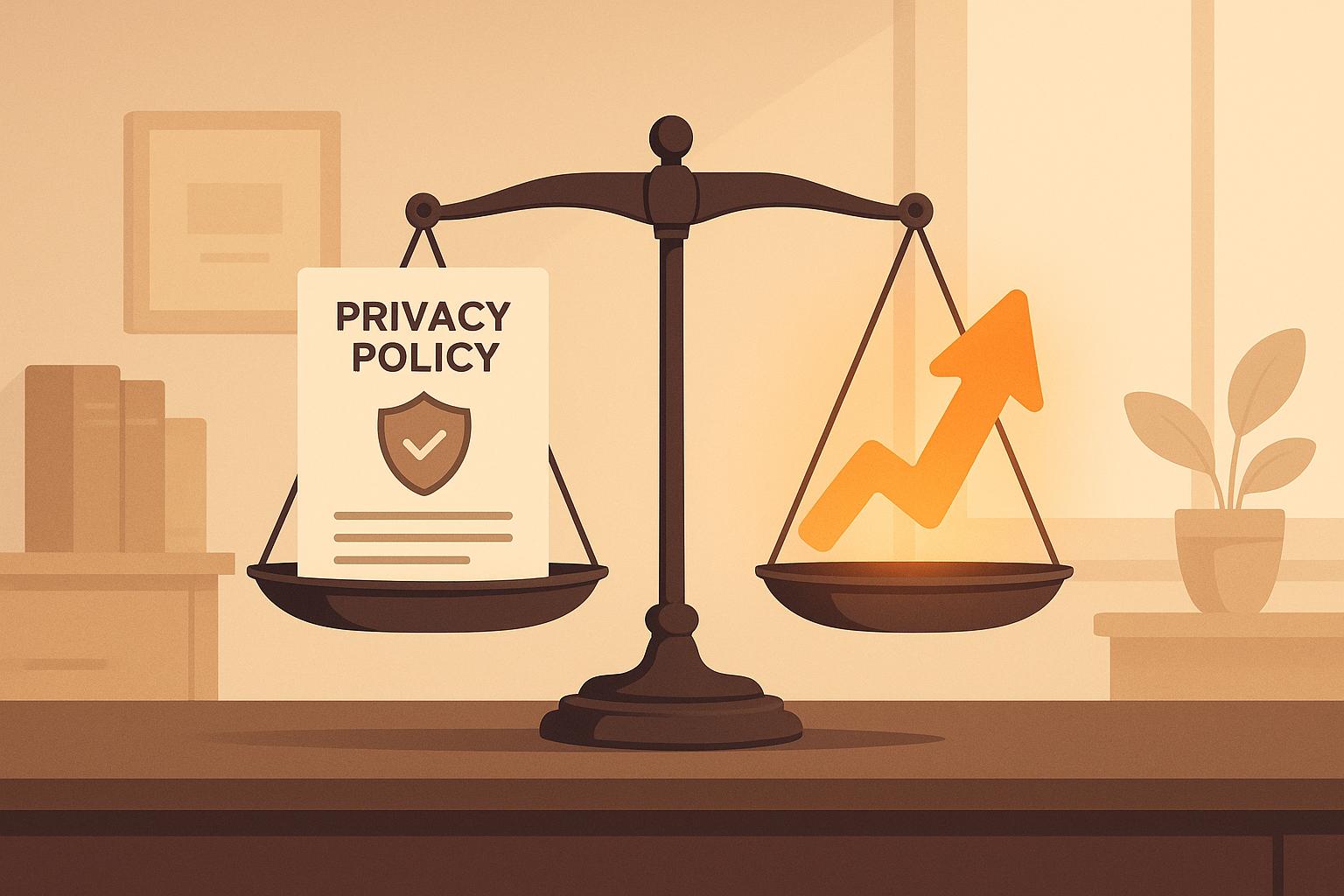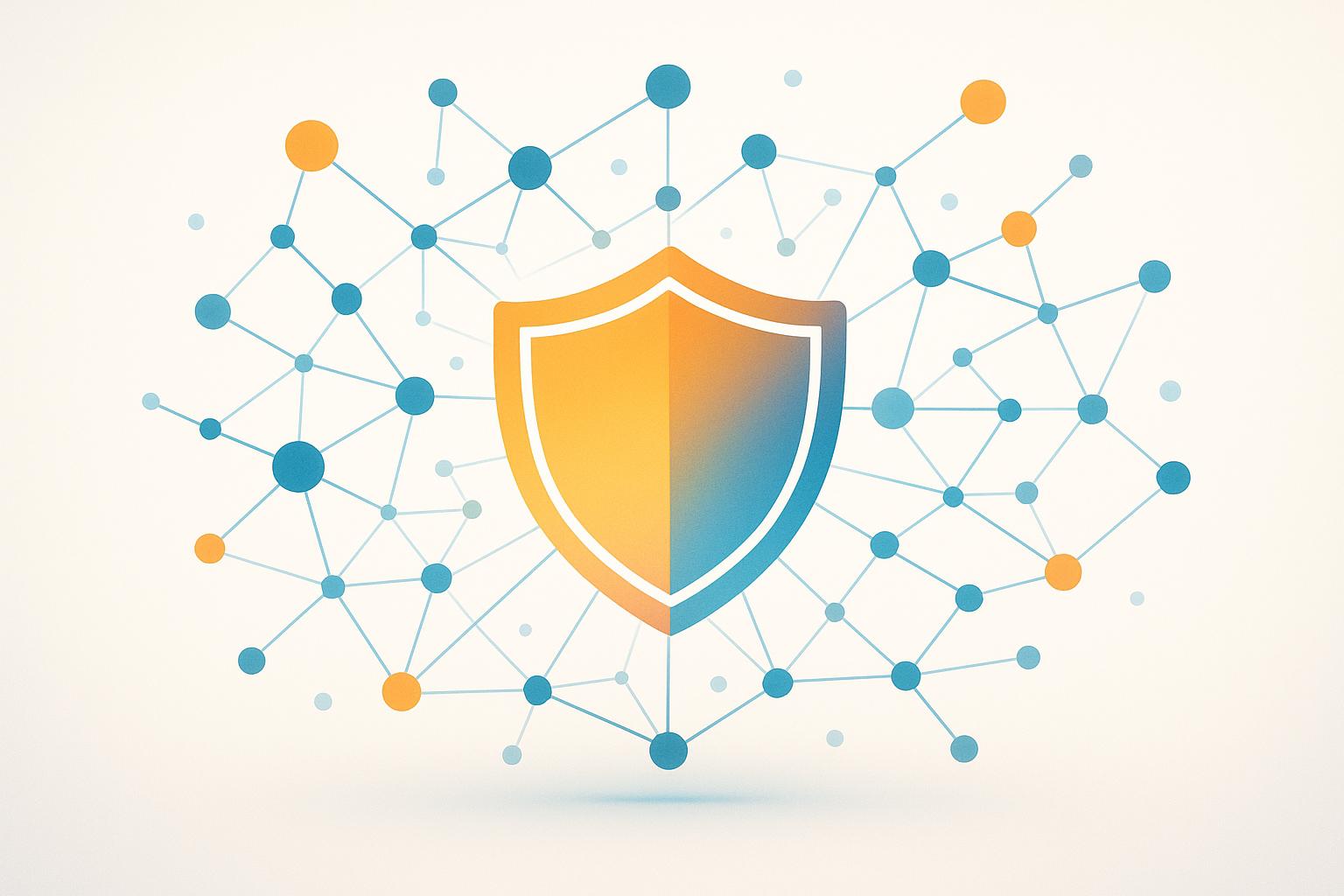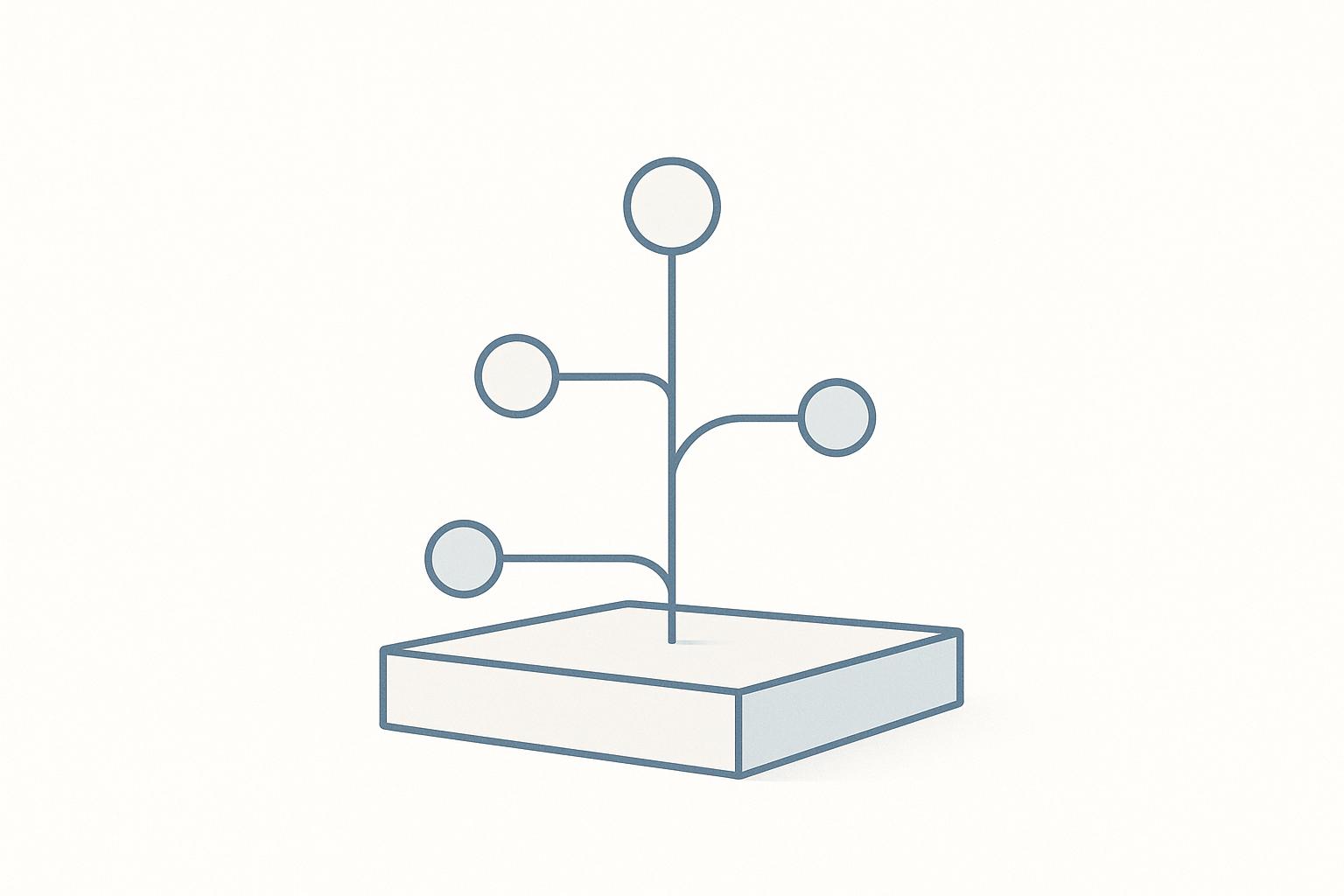
Drata simplifies compliance by automating evidence collection, monitoring controls, and keeping businesses audit-ready year-round. For companies navigating frameworks like SOC 2, HIPAA, or ISO 27001, this platform integrates with tools like cloud providers and identity management systems to reduce manual effort and errors. Cycore enhances this process by offering tailored Drata setup, training, and ongoing support to meet your specific compliance needs.
Key Takeaways:
- Drata automates compliance tasks such as evidence collection, access reviews, and audit preparation.
- Cycore provides customized Drata implementation, gap analysis, and compliance roadmaps.
- Continuous monitoring ensures readiness for audits and evolving regulations.
- Supports frameworks like SOC 2, HIPAA, and ISO 27001 with real-time data and insights.
Switching from manual compliance to an automated system saves time, reduces costs, and improves accuracy, making audits less stressful and compliance more efficient.
Cycore's Drata Implementation Services
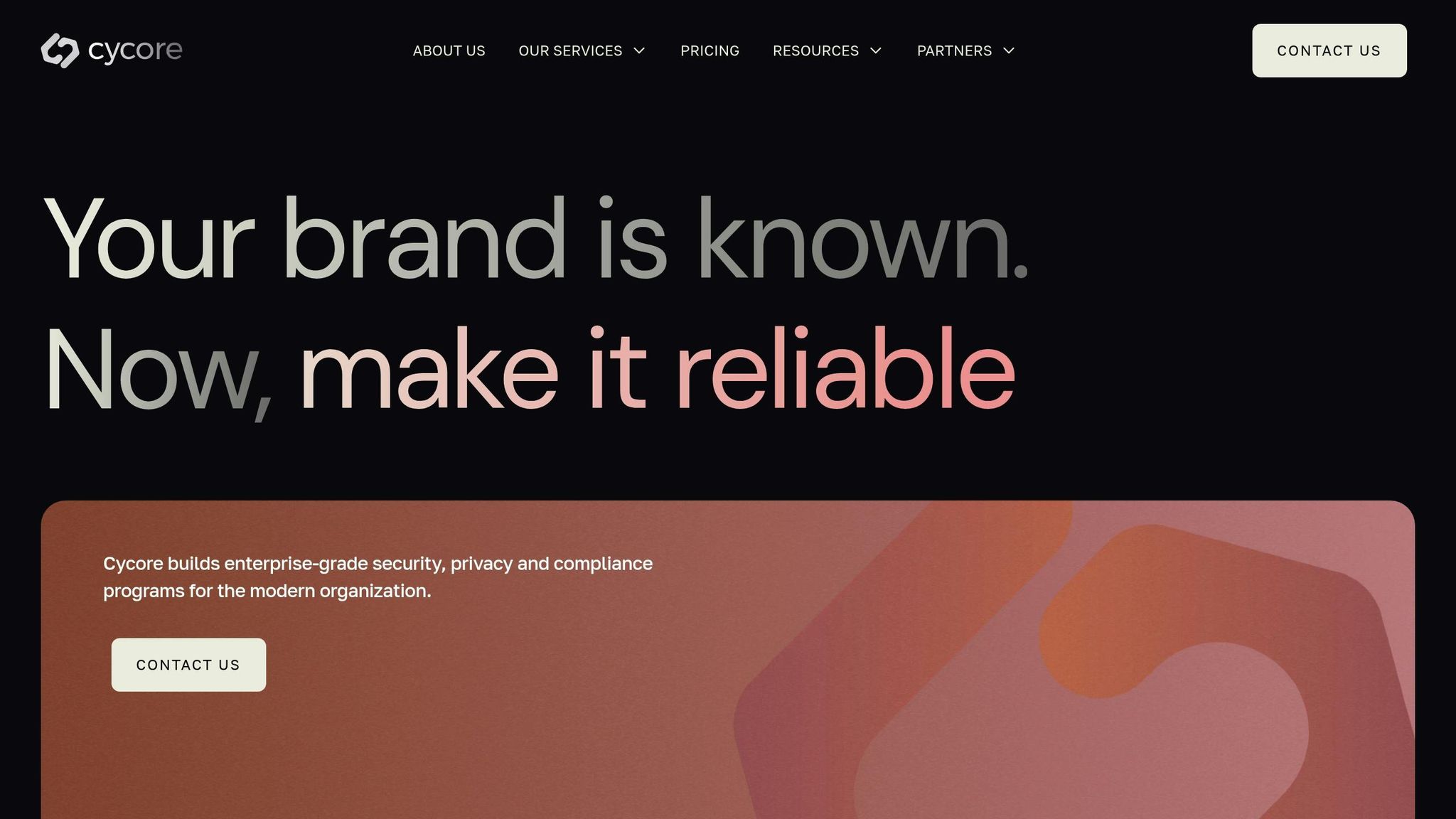
Drata offers powerful tools for compliance automation, but getting the most out of it requires a thoughtful and tailored approach. That’s where Cycore steps in. By combining deep compliance expertise with technical know-how, Cycore ensures your Drata implementation is optimized from the start, delivering value right away and supporting long-term compliance success.
What sets Cycore apart is their recognition that every organization’s compliance needs are unique. For example, a healthcare startup aiming for HIPAA compliance faces very different challenges compared to a SaaS company pursuing SOC 2 Type II certification. Cycore’s approach adapts to these differences, crafting deployment strategies that align with your business goals, infrastructure, and regulatory deadlines.
Custom Implementation Strategies
Cycore’s process starts with a detailed gap analysis. This step evaluates your current compliance standing against your target frameworks, identifying areas where existing controls can be used, gaps that need addressing, and opportunities to integrate Drata with your current tools and systems. This upfront work helps avoid common pitfalls and ensures a smoother implementation by thoroughly assessing your security tools, documentation, and internal processes.
After the analysis, Cycore develops a compliance roadmap tailored to your needs. This roadmap includes timelines, resource planning, key milestones, and contingency plans to address potential challenges.
Cycore offers flexible service models to suit your organization’s preferences:
- Co-managed service: Cycore provides strategic guidance while your team handles day-to-day tasks.
- Fully managed service: Cycore takes full responsibility for the deployment, an ideal option for companies with limited internal resources or tight deadlines. This includes everything from initial setup to staff training.
Throughout the process, Cycore emphasizes knowledge sharing. Training sessions cover platform navigation, control configuration, evidence review, and audit preparation, equipping your team to manage compliance independently over time.
Maintenance and Support for Continued Compliance
Compliance doesn’t end with deployment - it’s an ongoing process that needs regular attention. Cycore’s maintenance and support services are designed to ensure your Drata system continues to meet your evolving compliance needs.
A key part of their support is continuous monitoring. Cycore reviews your Drata configuration regularly to confirm that controls remain effective as your business grows and evolves. This includes adapting to new integrations, changes in your tech stack, or updates to regulatory requirements.
When regulations shift - like SOC 2 introducing new trust service criteria or changes to HIPAA guidelines - Cycore updates your Drata setup to keep you in compliance and avoid potential risks.
Cycore also conducts regular health checks on your Drata environment. These assessments evaluate how well your controls are working, review evidence collection processes, and uncover opportunities to improve workflows or reduce manual tasks. These periodic reviews often reveal ways to enhance audit readiness or streamline operations that may not have been evident during the initial setup.
Audit preparation is another cornerstone of Cycore’s ongoing support. When it’s time for an audit, Cycore helps ensure all evidence is organized, control descriptions are up-to-date, and any gaps are resolved ahead of time. This prep work significantly reduces the stress and resource demands that audits typically bring.
For companies juggling multiple compliance frameworks, Cycore offers cross-framework coordination. They help identify controls that meet requirements across various standards, reducing redundancy and making compliance efforts more efficient.
Additionally, Cycore provides extra support during busy periods or when internal teams are stretched thin. Whether it’s audit prep, implementing new controls, or addressing compliance challenges, their experts step in to ensure nothing slips through the cracks.
Using Drata for U.S. Regulatory Compliance Frameworks
Drata is designed to align with a variety of U.S. regulatory frameworks, each with its own specific controls, evidence requirements, and audit processes. By understanding how Drata supports these frameworks, organizations can simplify their compliance efforts and maintain readiness throughout the year.
The platform’s automatic evidence capture and continuous monitoring make it particularly effective for frameworks that demand ongoing proof of controls. Instead of rushing to gather documentation during audits, businesses can rely on Drata to keep everything organized and audit-ready at all times. Below, we’ll break down how Drata streamlines compliance for some of the most common U.S. frameworks.
SOC 2: Building Customer Trust
SOC 2 compliance focuses on five trust service criteria: security, availability, processing integrity, confidentiality, and privacy. Drata automates much of the evidence collection for these areas, saving significant time and effort.
- Security Controls: Drata integrates with identity providers to track when employees are granted or revoked access, monitor privileged accounts, and ensure compliance with multi-factor authentication. These automated processes eliminate the need for weeks of manual preparation.
- System Monitoring: By connecting with tools like DataDog, New Relic, and AWS CloudWatch, Drata provides continuous evidence of system availability and performance. Uptime reports and incident documentation are always ready for auditors.
- Processing Integrity: Drata pulls information from tools like GitHub, Jira, and Jenkins to document code deployments, backups, and workflows, ensuring change management processes are fully tracked.
- Privacy and Confidentiality: Drata simplifies traditionally manual tasks by maintaining a record of data processing activities, tracking data retention policies, and monitoring encryption. Sensitive data encryption, whether in transit or at rest, is automatically verified.
HIPAA: Protecting Patient Data
HIPAA compliance requires robust safeguards to protect patient health information (PHI). Drata supports HIPAA requirements through ongoing monitoring and automated documentation.
- Access Controls: Drata keeps track of who has access to systems containing PHI, monitors user activity, and flags anomalies. Regular access audits and adherence to minimum necessary access principles are made easier with these features.
- Risk Assessments: Drata identifies vulnerabilities, tracks remediation efforts, and maintains a historical record of risk management activities. This creates a clear audit trail to demonstrate compliance.
- Technical Safeguards: The platform ensures encryption is properly implemented across databases, transmission protocols, and endpoints. It also tracks software updates and security patches to maintain system integrity.
- Vendor Management: While Drata doesn’t handle legal aspects of business associate agreements (BAAs), it helps track vendor access to PHI and ensures third-party integrations meet security standards.
ISO 27001: Improving Information Security
ISO 27001 requires organizations to implement an Information Security Management System (ISMS) with 114 controls across 14 categories. Drata’s systematic approach aligns seamlessly with the framework’s emphasis on continuous improvement and regular assessments.
- Risk Management: Drata identifies and tracks security risks, maintains a risk register, and monitors the effectiveness of mitigation efforts. This supports ISO 27001’s iterative Plan-Do-Check-Act cycle.
- Asset Management: The platform catalogs IT assets, tracks configurations, and monitors changes. This helps organizations classify assets and apply appropriate security measures.
- Access Controls: Drata automates evidence collection for user provisioning, privileged access management, and access reviews by integrating with identity management systems.
- Incident Management: Drata tracks security incidents, documents response procedures, and records lessons learned. Integrations with SIEM tools provide comprehensive incident documentation.
- Vendor Security: Drata monitors vendor access, tracks the security of integrated services, and maintains documentation of security requirements in vendor contracts.
- Physical Security: The platform can document data center security measures for cloud providers and track physical access controls for on-premises infrastructure.
Drata’s ability to integrate with various tools and automate compliance tasks makes it an invaluable resource for organizations navigating these frameworks. By simplifying complex processes, it enables teams to focus on maintaining strong security and compliance practices year-round.
Tools, Strategies, and Best Practices for U.S. Organizations
Making the most of Drata starts with thoughtful configuration and seamless integration. By aligning Drata with your existing tools and scheduling it around U.S. audit cycles and regulatory deadlines, you can streamline compliance efforts.
Setting Up Drata Configurations for Best Results
Drata’s automated evidence collection and monitoring capabilities shine when set up to complement your organization’s infrastructure. Most U.S. companies rely on a mix of cloud services, identity providers, and security tools, all of which need to integrate smoothly with Drata.
Identity and Access Management (IAM) is a cornerstone of compliance. Drata works directly with popular IAM providers like Okta, Azure Active Directory, and Google Workspace. By automating user provisioning and deprovisioning workflows, you ensure that access changes are instantly reflected in your compliance records. This avoids gaps in documentation while keeping the system manageable.
Cloud infrastructure monitoring is another key area. Drata should connect with your primary cloud providers to track critical events like administrative access and configuration changes. However, it’s important to avoid overloading the system with unnecessary data that could complicate audits.
Development and deployment tools should also be integrated to maintain a clear trail of evidence. For instance, connecting tools like GitHub, GitLab, or Bitbucket ensures code changes are properly documented and approved. Adding Jenkins, CircleCI, or Azure DevOps captures deployment and change management processes, creating a continuous chain of evidence from development to production.
Security monitoring tools such as Splunk, DataDog, or New Relic can automate the collection of security metrics, including uptime, vulnerability scans, and incident response activities. Focus these configurations on systems critical to your business, rather than attempting to monitor every available metric.
To avoid issues, adopt a phased approach to integration. Test each connection thoroughly to ensure compatibility and functionality.
Preparing for U.S. Audit Cycles and Deadlines
Once Drata is properly configured, aligning with U.S. audit cycles becomes much easier. U.S. audits often follow predictable patterns, allowing organizations to plan compliance activities effectively.
SOC 2 audits are typically tied to the calendar year, with most companies scheduling them between January and March to coincide with fiscal year reporting. This means evidence collection must be complete and organized by December 31.
HIPAA compliance doesn’t follow a fixed schedule. Instead, audits and investigations can occur anytime, whether they’re triggered by complaints or random reviews by the Department of Health and Human Services. Continuous monitoring and evidence collection through Drata help maintain year-round readiness.
ISO 27001 certification involves both internal and external audits. Internal audits should be conducted quarterly to identify and address any gaps, while external certification audits occur on a three-year cycle. Surveillance audits in years two and three ensure ongoing compliance.
The secret to audit success lies in maintaining a steady flow of evidence. Scrambling to gather documentation at the last minute is inefficient and stressful. Drata’s continuous monitoring simplifies this, but it’s still crucial to ensure your internal processes generate the right evidence at the right time.
Start preparing for audits at least 90 days in advance. During this time, review your evidence, update policies, and address any gaps. Drata’s reporting tools can highlight potential weaknesses, but a human review is essential to ensure the evidence forms a cohesive narrative about your compliance efforts.
Effective audit communication is equally important. Auditors need clear documentation that explains your compliance scope, objectives, and how your controls function in practice. While Drata provides the raw evidence, crafting a narrative that ties it all together is up to your team.
Don’t forget about state-level requirements. Laws like California’s CCPA or New York’s SHIELD Act may impose additional obligations that impact your audit schedule and evidence collection.
The most successful organizations approach audits as opportunities to validate their compliance programs rather than as stressful tests. By continuously collecting evidence and monitoring controls with Drata, audits become a chance to showcase your program’s effectiveness rather than a scramble to meet minimum standards.
A well-configured Drata system is the backbone of efficient audit readiness.
sbb-itb-ec1727d
Comparison: Cycore's Drata Implementation vs. Manual Compliance Processes
Switching to automated compliance with Cycore's Drata implementation can significantly streamline operations compared to traditional manual methods. Companies relying on spreadsheets, email chains, and disconnected manual data collection often struggle to keep up as regulations grow more intricate and audits become more demanding.
Manual compliance processes require extensive time and effort, often involving multiple departments like security, IT, and HR. These teams rely on outdated methods like capturing screenshots, manually documenting systems, and tracking access separately. Such a fragmented approach increases the likelihood of documentation gaps, which can lead to audit issues.
Cycore's Drata implementation takes a different approach, offering a system that continuously monitors critical activities and automatically logs changes in your cloud infrastructure. This eliminates the inefficiencies of manual processes and ensures smoother compliance management.
Manual methods often require additional staff or temporary consultants to handle audits and remediation, driving up costs. By automating compliance, organizations can reduce these expenses and allocate resources more effectively.
Comparison Table: Key Benefits
| Aspect | Manual Compliance Processes | Cycore's Drata Implementation |
|---|---|---|
| Time Investment | High manual effort across departments | Automated for streamlined management |
| Overall Cost | Higher due to labor and consulting fees | Lower with integrated automation |
| Evidence Collection | Relies on periodic manual updates | Automated, continuous evidence logging |
| Audit Preparation | Time-intensive and laborious | Faster and more organized with automated records |
| Risk of Audit Findings | Higher due to inconsistent documentation | Lower with a unified, updated audit trail |
| Multi-Framework Support | Requires separate processes for each standard | Unified coverage for SOC 2, HIPAA, ISO 27001, and more |
| Real-Time Visibility | Limited to manually created reports | Continuous dashboards and alerts for real-time insights |
| Scalability | Requires proportional increases in manual effort | Scales effortlessly with existing infrastructure |
| Compliance Expertise | Relies on internal teams or external consultants | Includes ongoing vCISO support and GRC tool management |
One standout feature of Cycore's Drata implementation is its ability to provide continuous monitoring, which eliminates last-minute rushes and ensures a reliable audit trail. Unlike manual processes that depend on generic templates, this solution is tailored to meet specific U.S. regulatory standards like SOC 2, HIPAA, and ISO 27001, ensuring comprehensive compliance coverage.
Support is another area where Cycore's implementation shines. Manual processes often hinge on internal expertise or external consultants, who may not always be available when needed. In contrast, Cycore offers ongoing vCISO support and GRC tool administration, giving organizations access to specialized compliance expertise without the need for full-time staff. This support model enhances readiness and reduces the stress of meeting regulatory demands.
Automation also minimizes errors. Manual methods are prone to human mistakes, inconsistent documentation, and missed deadlines. Automated evidence collection ensures data integrity and creates a dependable audit trail, reducing the likelihood of issues during reviews.
As teams grow accustomed to the automated system, the benefits compound over time. Continuous monitoring and automated evidence collection transform compliance from a reactive, labor-intensive process into a proactive, efficient one. This approach not only simplifies current audits but also builds a strong foundation for future compliance needs.
Conclusion: Building a Future-Ready Compliance Foundation
Creating a strong compliance foundation isn’t just about ticking boxes - it’s about adopting a mindset where compliance becomes a strategic asset. Organizations that excel in today’s regulatory landscape recognize this shift. With automated systems, staying ahead of evolving requirements becomes second nature. Cycore’s Drata implementation services bring this vision to life, delivering automated solutions that work quietly in the background to keep your organization compliant and prepared.
Moving from manual compliance to automated monitoring marks a transformative step in managing risk. Automated systems provide real-time compliance visibility, ensuring your organization remains audit-ready throughout the year. This proactive approach not only reduces stress and operational costs but also builds a reliable audit trail that inspires confidence among auditors.
This continuous monitoring approach paves the way for a compliance strategy tailored to your unique needs. Cycore’s expertise helps U.S.-based organizations manage the complexities of multiple compliance frameworks simultaneously. Whether you’re a healthcare startup navigating HIPAA, a SaaS firm pursuing SOC 2 certification, or an enterprise implementing ISO 27001, this integrated platform simplifies the process. By aligning your efforts across frameworks like SOC 2, HIPAA, and ISO 27001, the platform eliminates the inefficiencies of managing separate processes, streamlining your operations significantly.
Unlike manual methods that can strain resources, automated systems grow effortlessly alongside your business. And with Cycore’s vCISO support and GRC tool administration, your organization benefits from ongoing regulatory expertise and best practices. This ensures your compliance foundation evolves with new requirements and emerging regulations.
The benefits of automated compliance extend well beyond audit readiness. Companies often see stronger security postures, better risk management, and increased customer trust. When compliance becomes seamless and continuous, it shifts from being a cost burden to a catalyst for growth, helping your business expand confidently in competitive markets.
FAQs
How does Cycore tailor Drata's compliance solutions to meet the unique needs of industries like healthcare and SaaS?
Cycore tailors Drata's compliance tools to meet the unique demands of industries like healthcare and SaaS, utilizing frameworks such as SOC 2, HIPAA, and ISO 27001 to address their specific challenges.
For healthcare organizations, Cycore places a strong emphasis on HIPAA compliance, focusing on safeguarding sensitive patient information while adhering to strict privacy and security standards.
For SaaS companies, Cycore fine-tunes Drata's automation features to simplify security controls, continuous monitoring, and compliance reporting. This ensures these tools are well-suited for the fast-paced, cloud-driven nature of SaaS operations. By customizing workflows, controls, and reporting, Cycore aligns Drata's capabilities with the distinct regulatory and operational needs of each sector.
What are the benefits of choosing Cycore's fully managed Drata implementation service over a co-managed approach?
Cycore's Fully Managed Drata Implementation Service
Cycore's fully managed Drata implementation service offers a quicker and more efficient route to compliance compared to co-managed options. Our dedicated team takes charge of the entire process, delivering a customized SOC 2 strategy and playbook in as little as 20 days. This significantly cuts down the time and effort your internal teams need to invest.
Choosing the fully managed model means your organization gets comprehensive, end-to-end support. From seamless implementation to ongoing Drata management, we handle it all. This approach not only reduces the burden on your internal resources but also speeds up compliance readiness. Plus, it lets your team stay focused on what matters most - your core business goals - while we take care of the finer details.
How does Cycore help keep your Drata system aligned with changing compliance regulations?
Cycore keeps your Drata system aligned with ever-changing compliance standards through automated monitoring and real-time compliance tracking. It works by continuously gathering evidence and enforcing controls across major frameworks like SOC 2, HIPAA, and ISO 27001. This ensures your organization stays ahead of regulatory updates without missing a beat.
By integrating compliance as code directly into your workflows, Cycore helps spot potential issues early on and automatically updates policies to meet new requirements. This forward-thinking approach not only strengthens your compliance efforts but also cuts down on the need for manual work.


